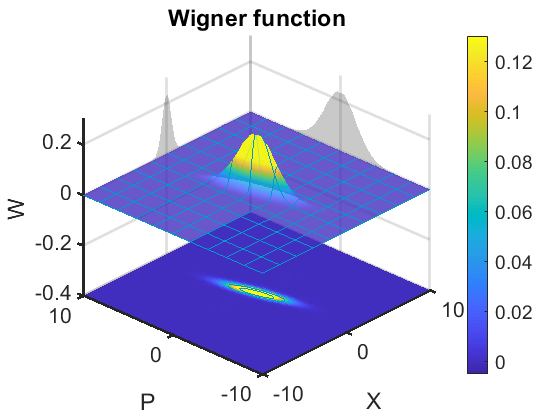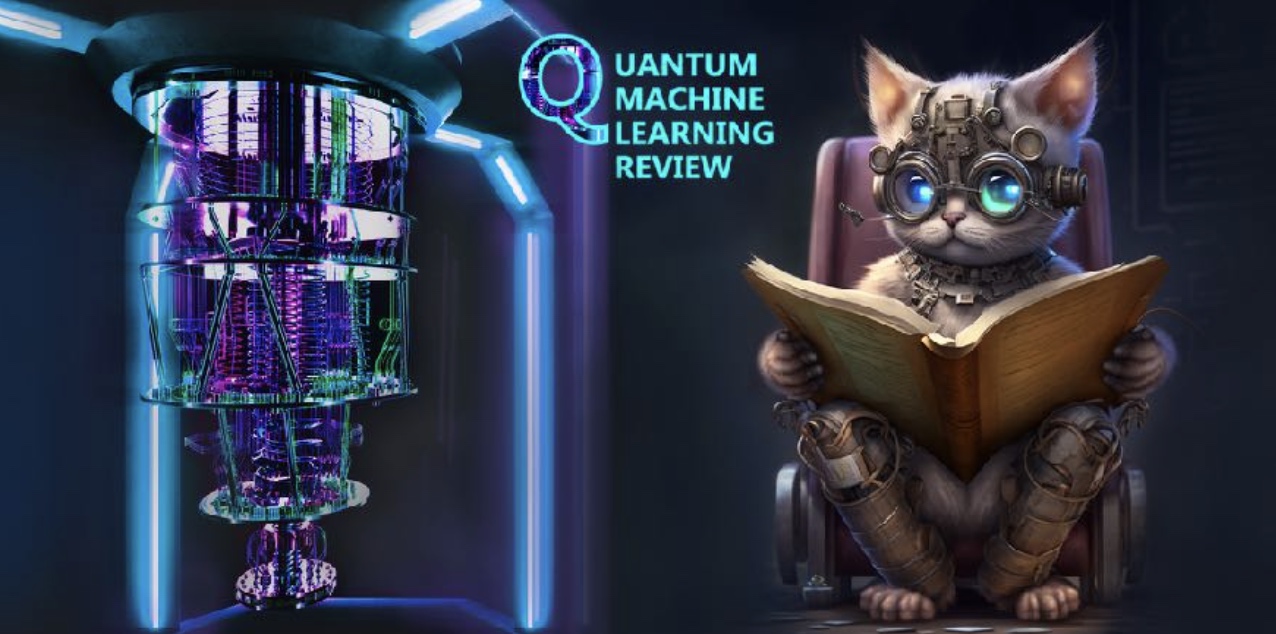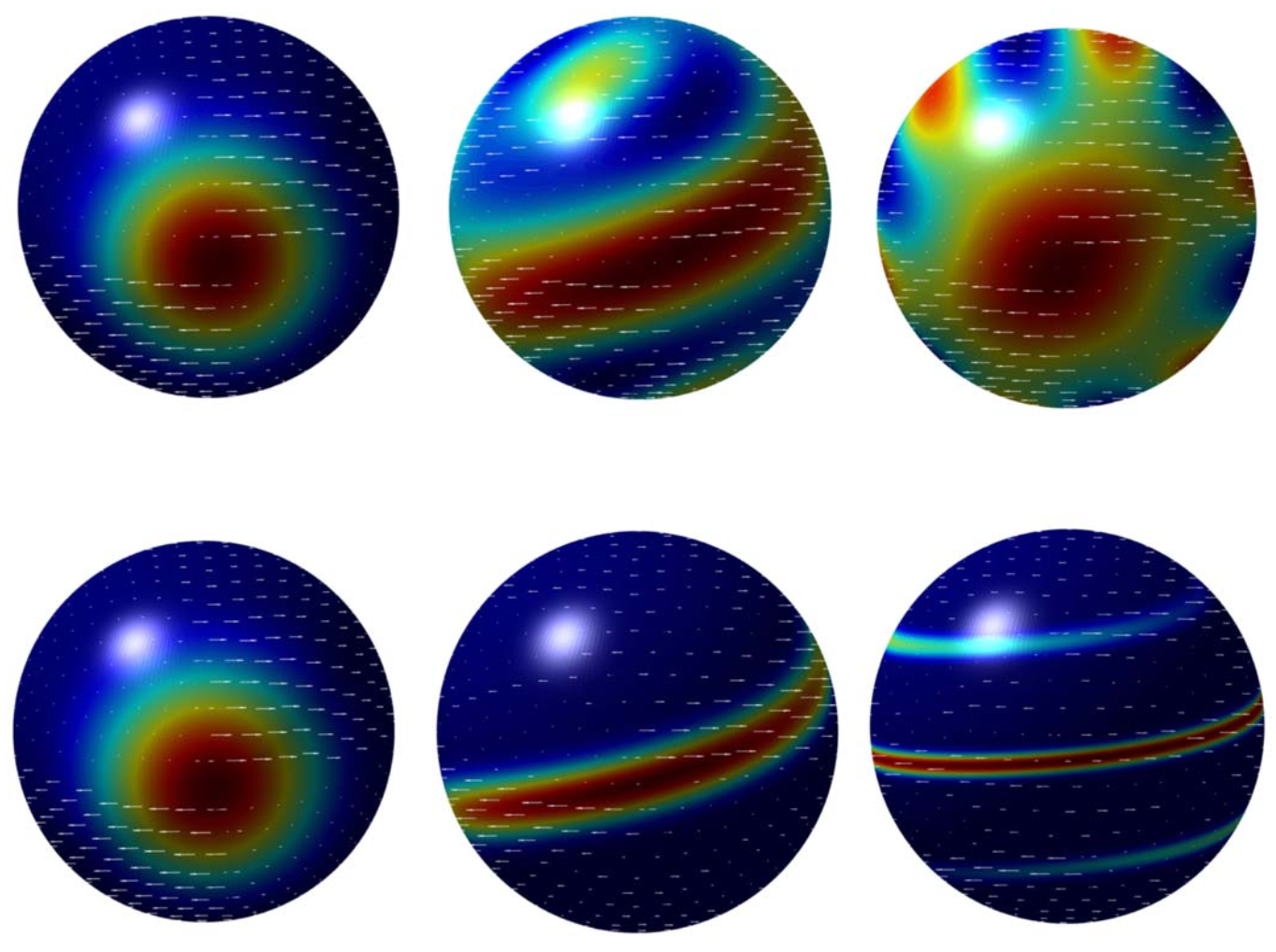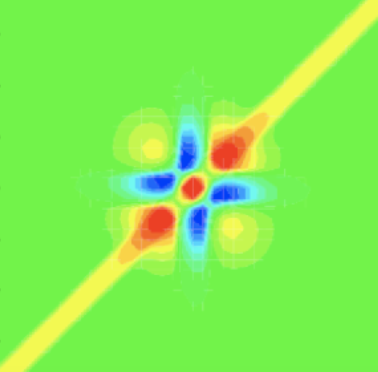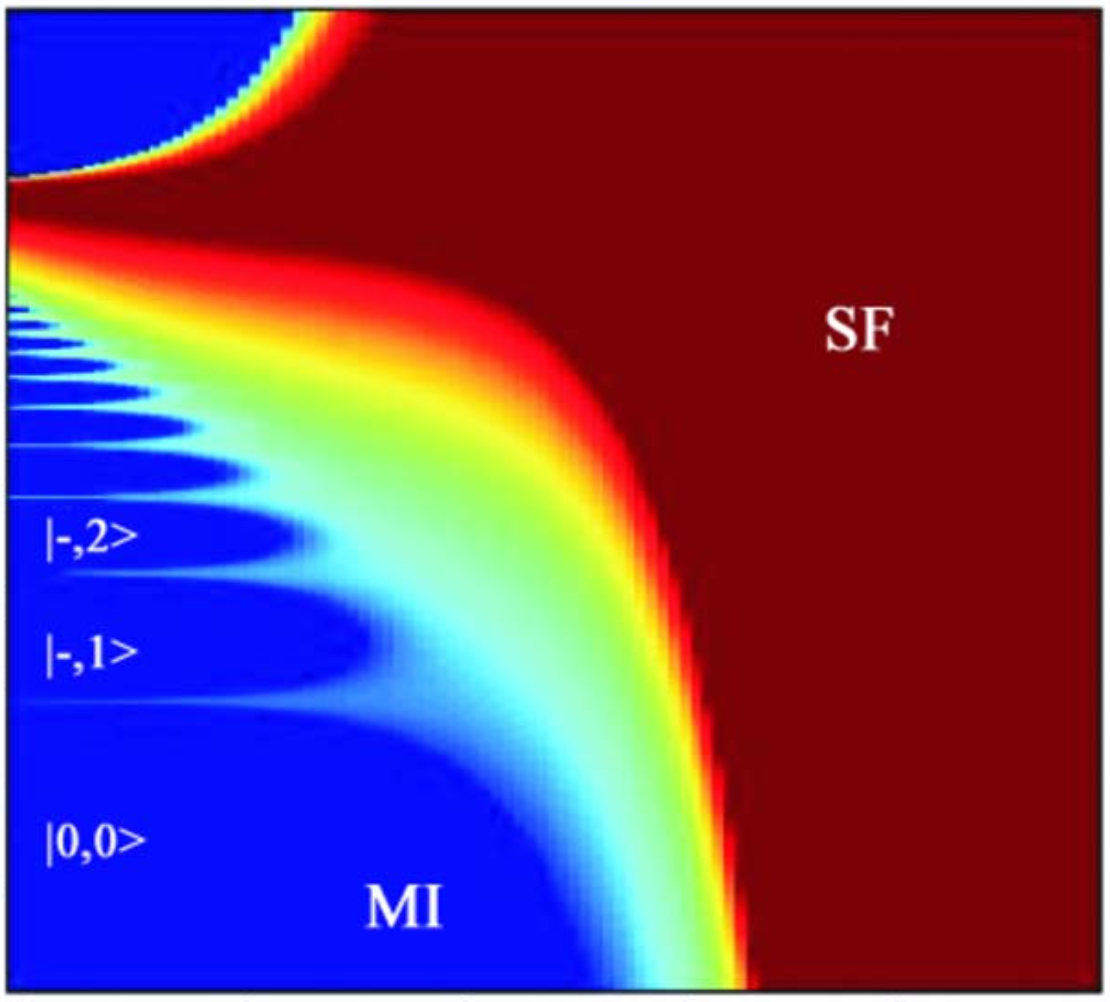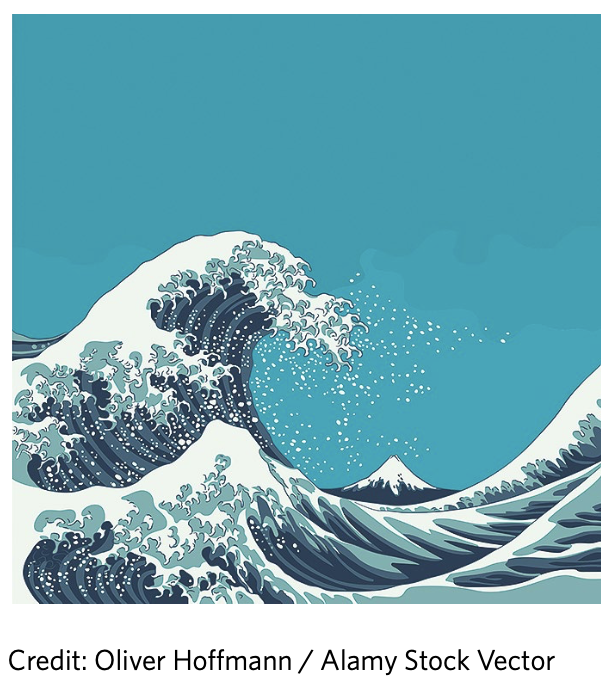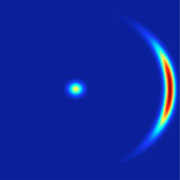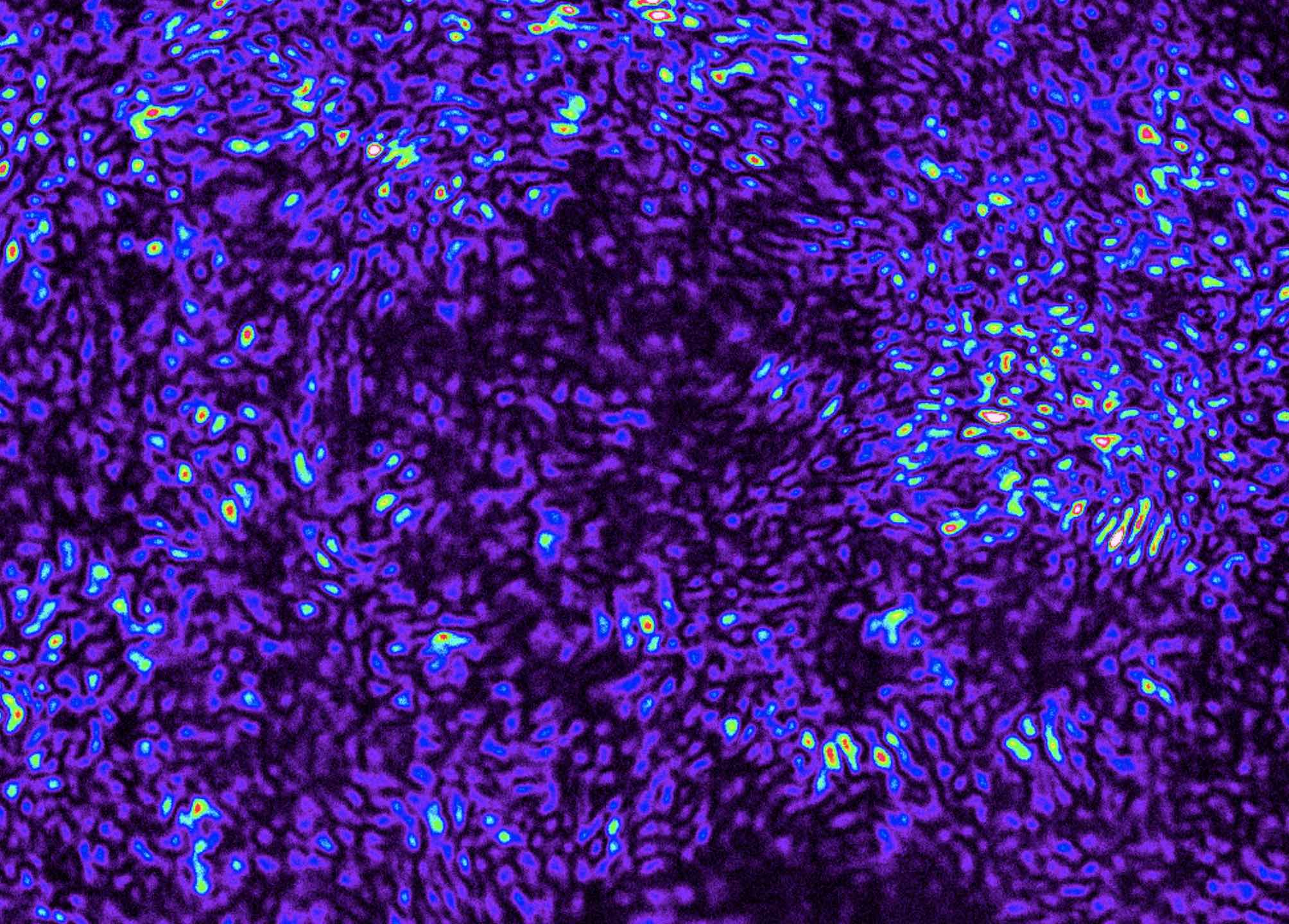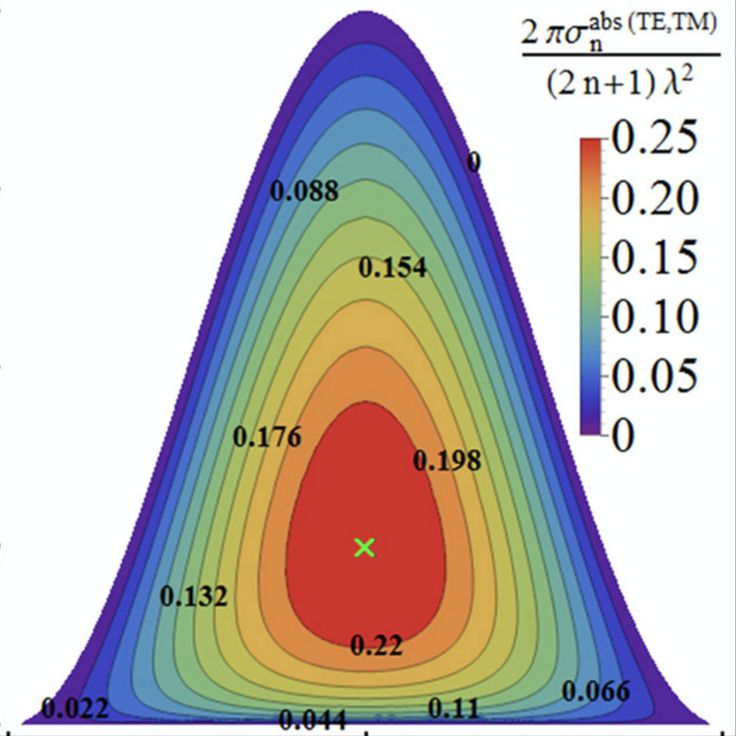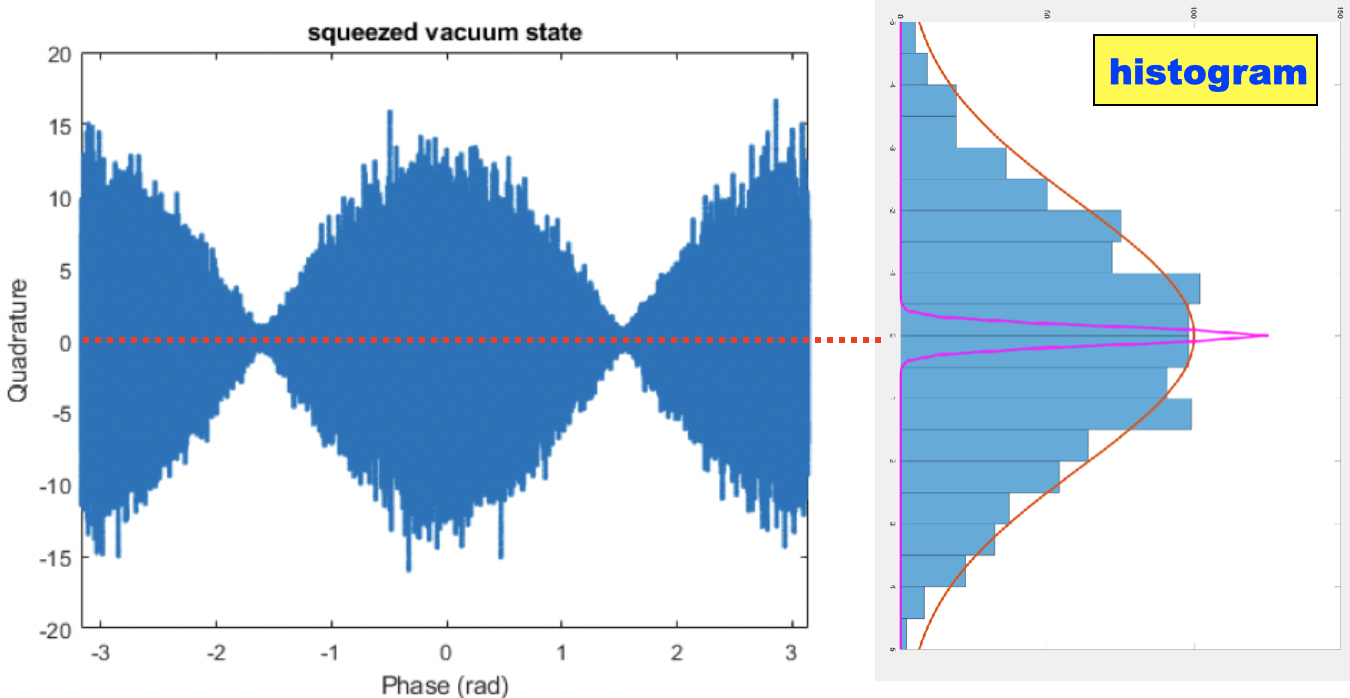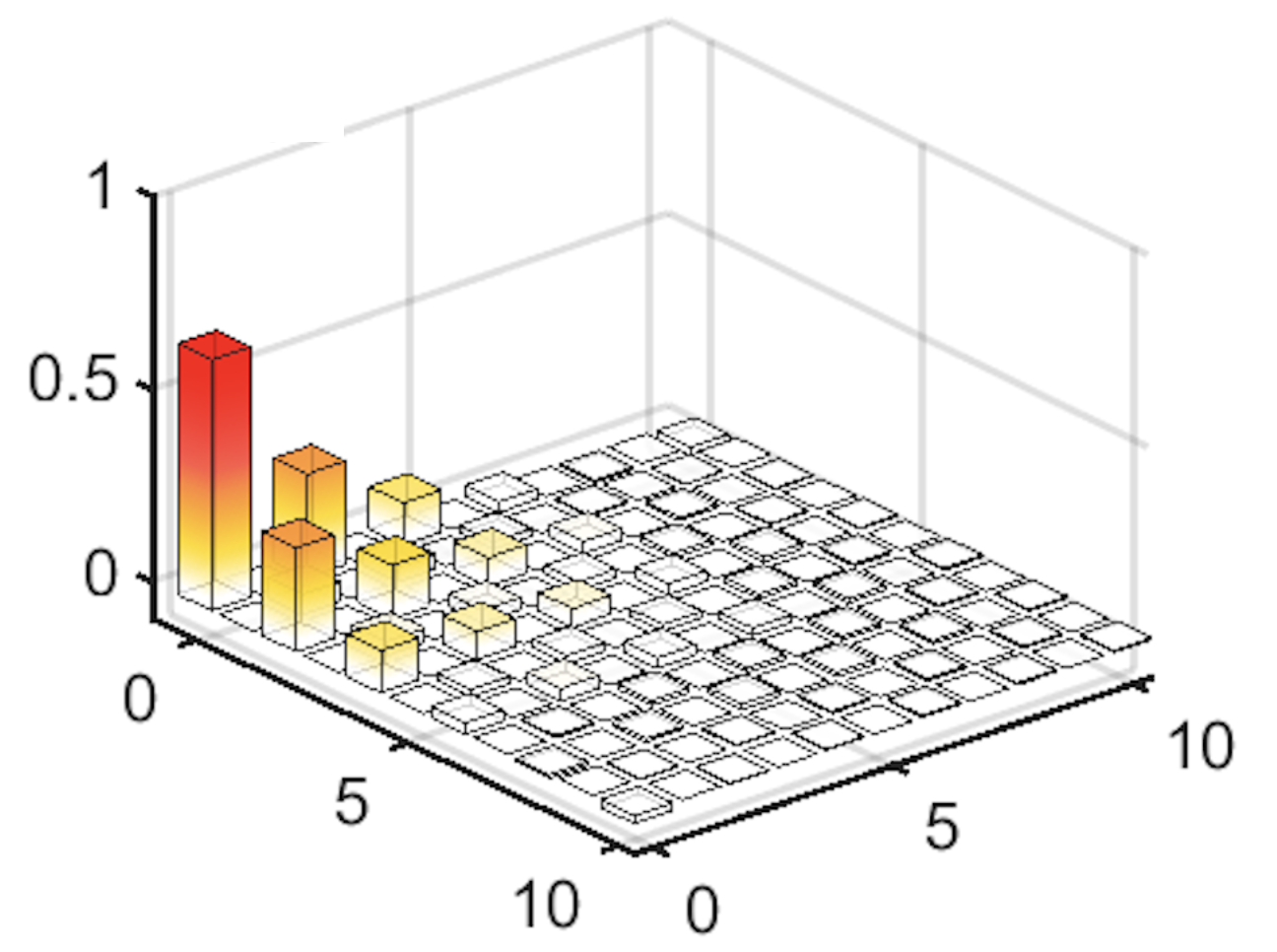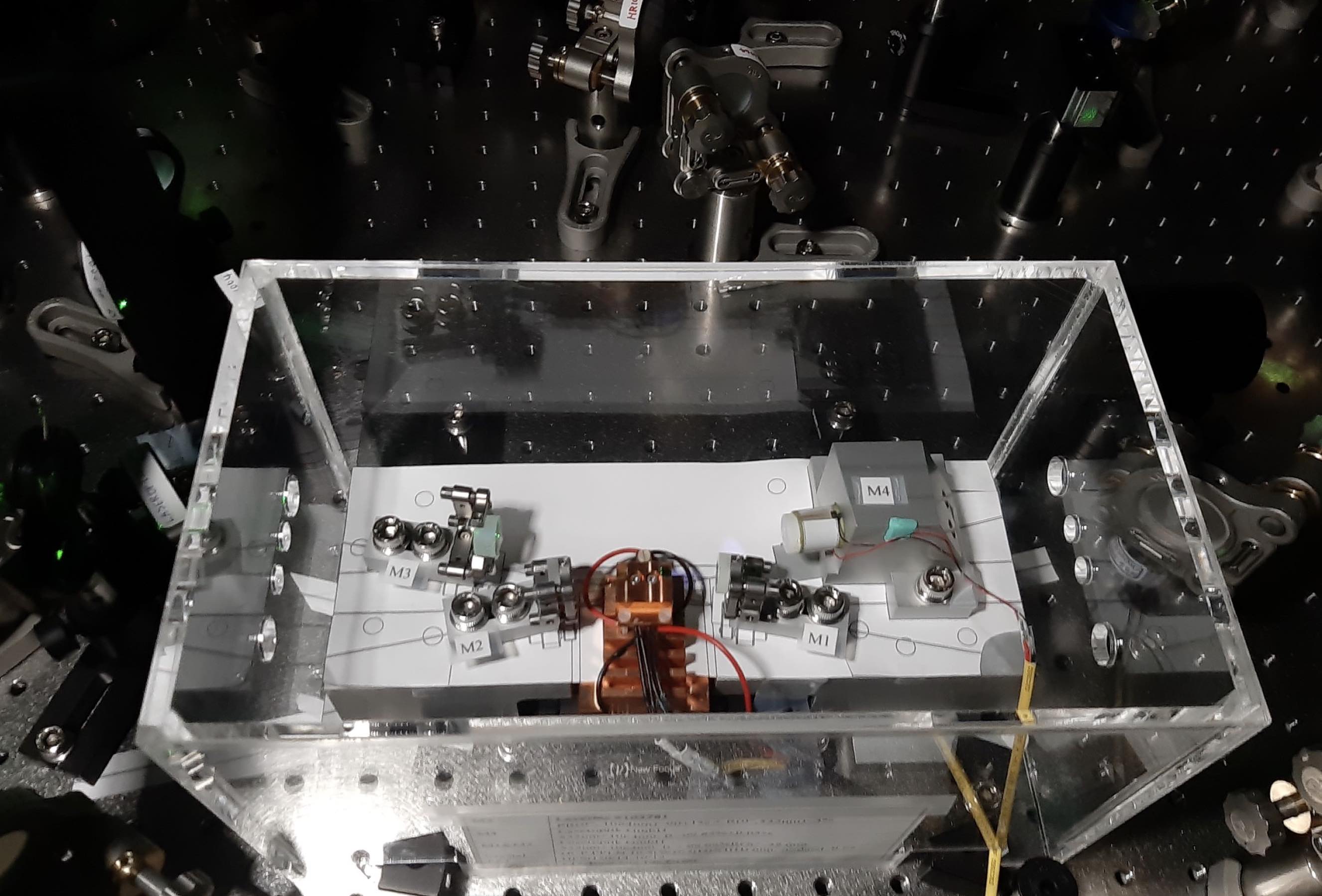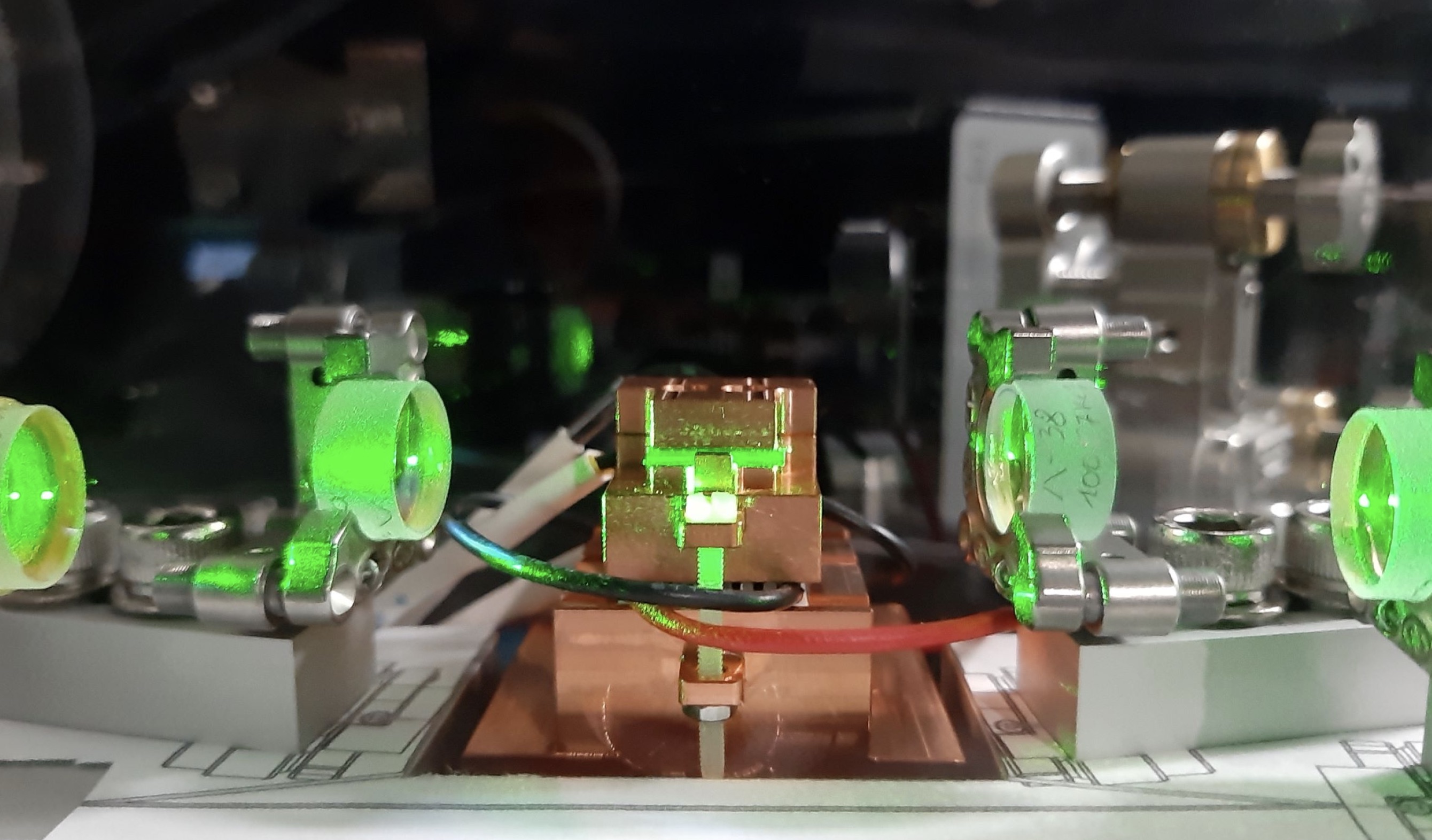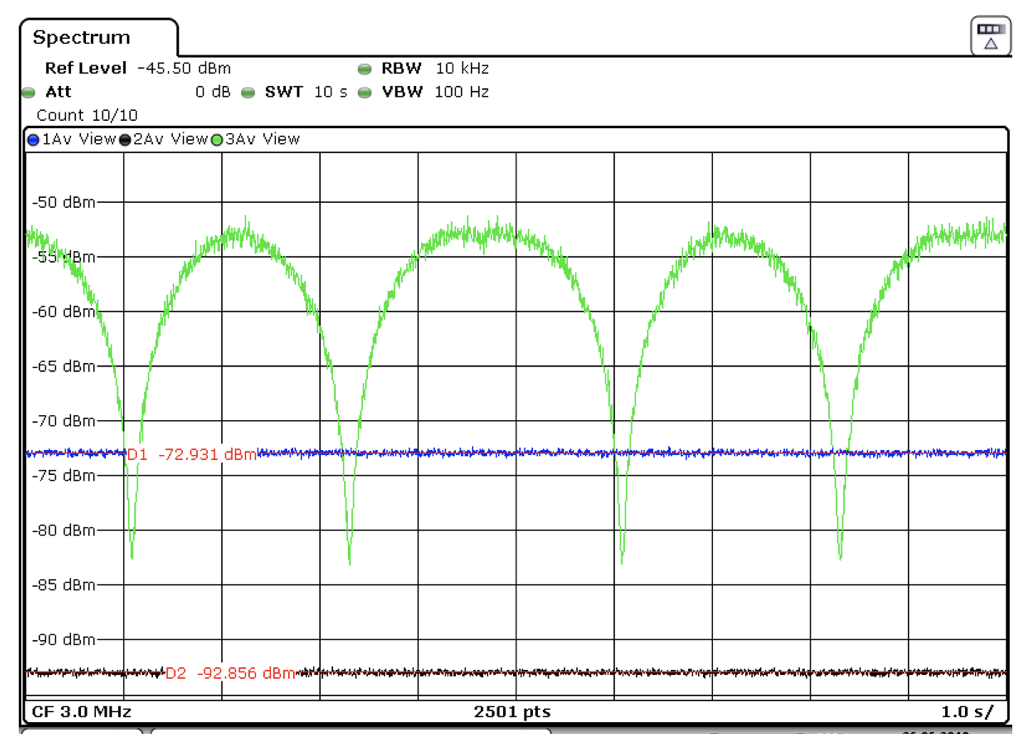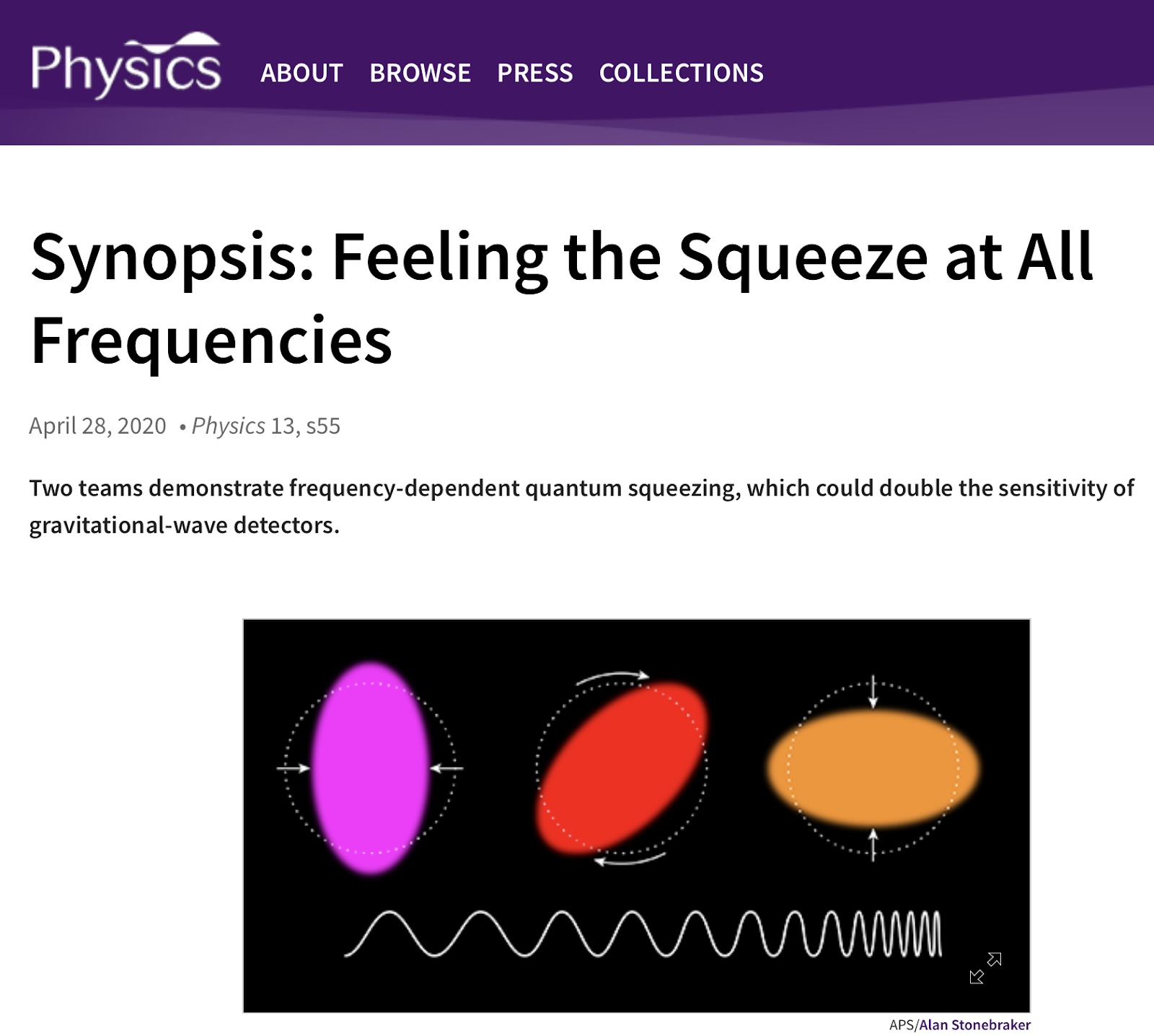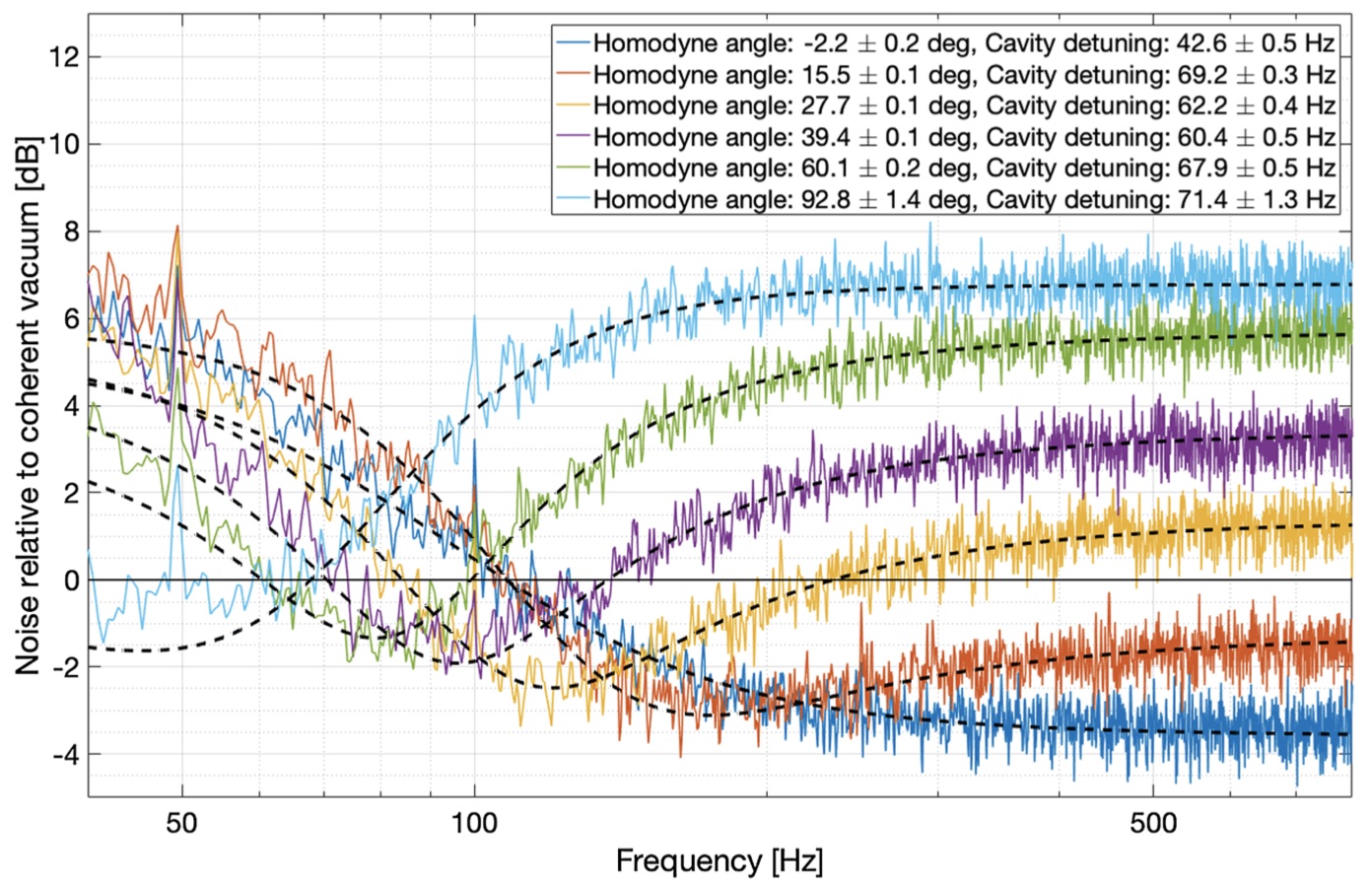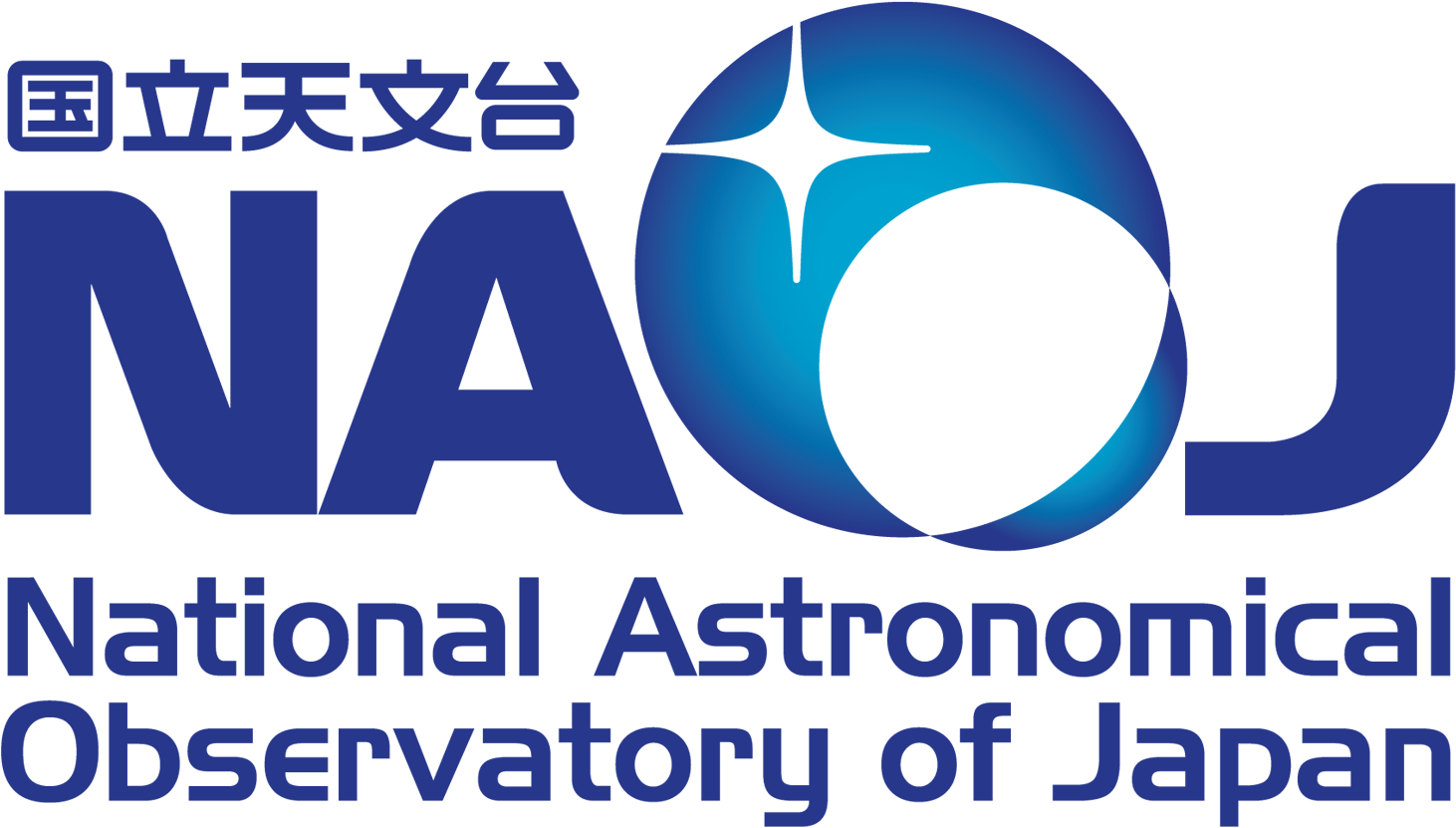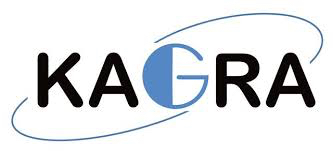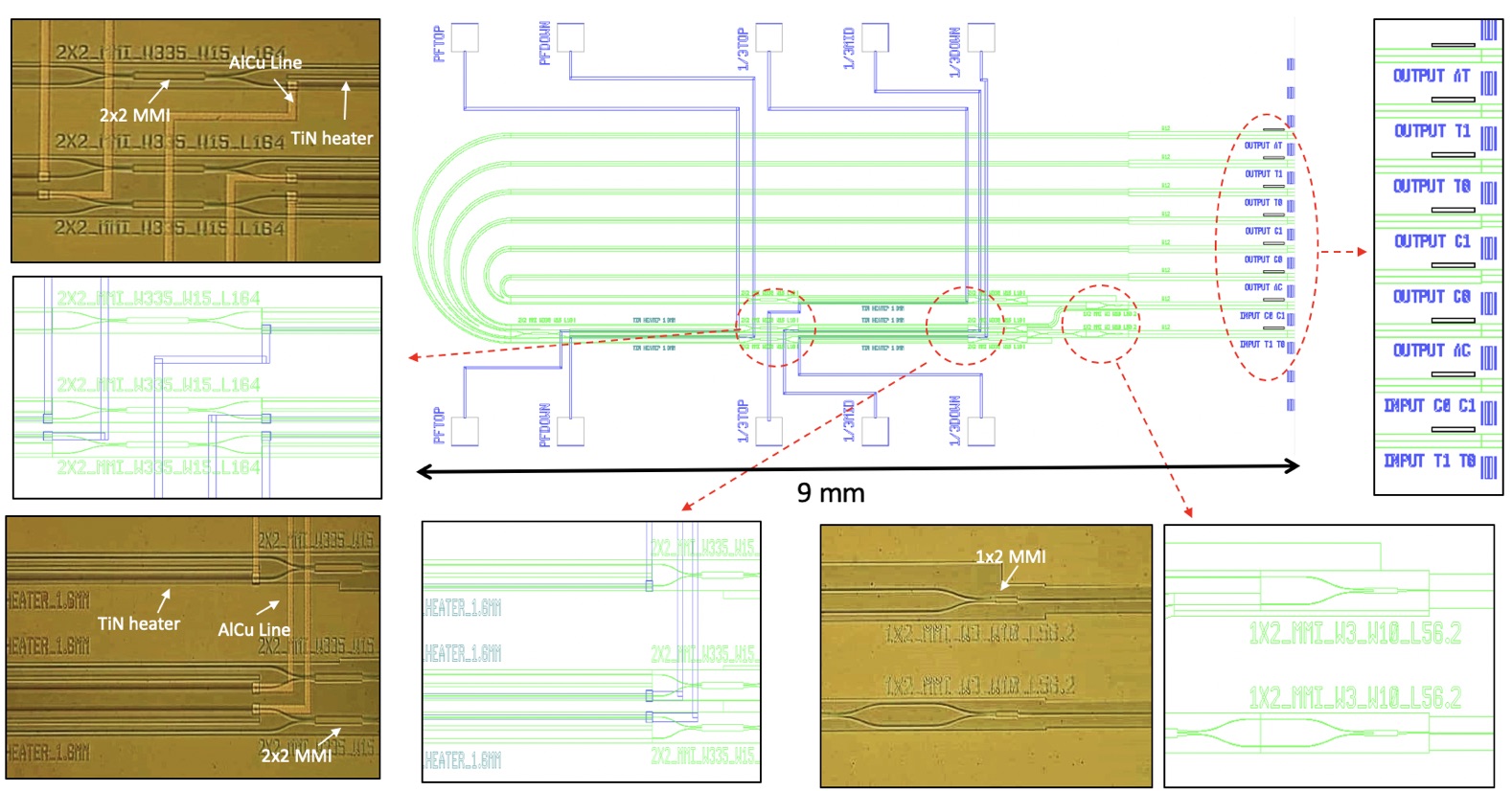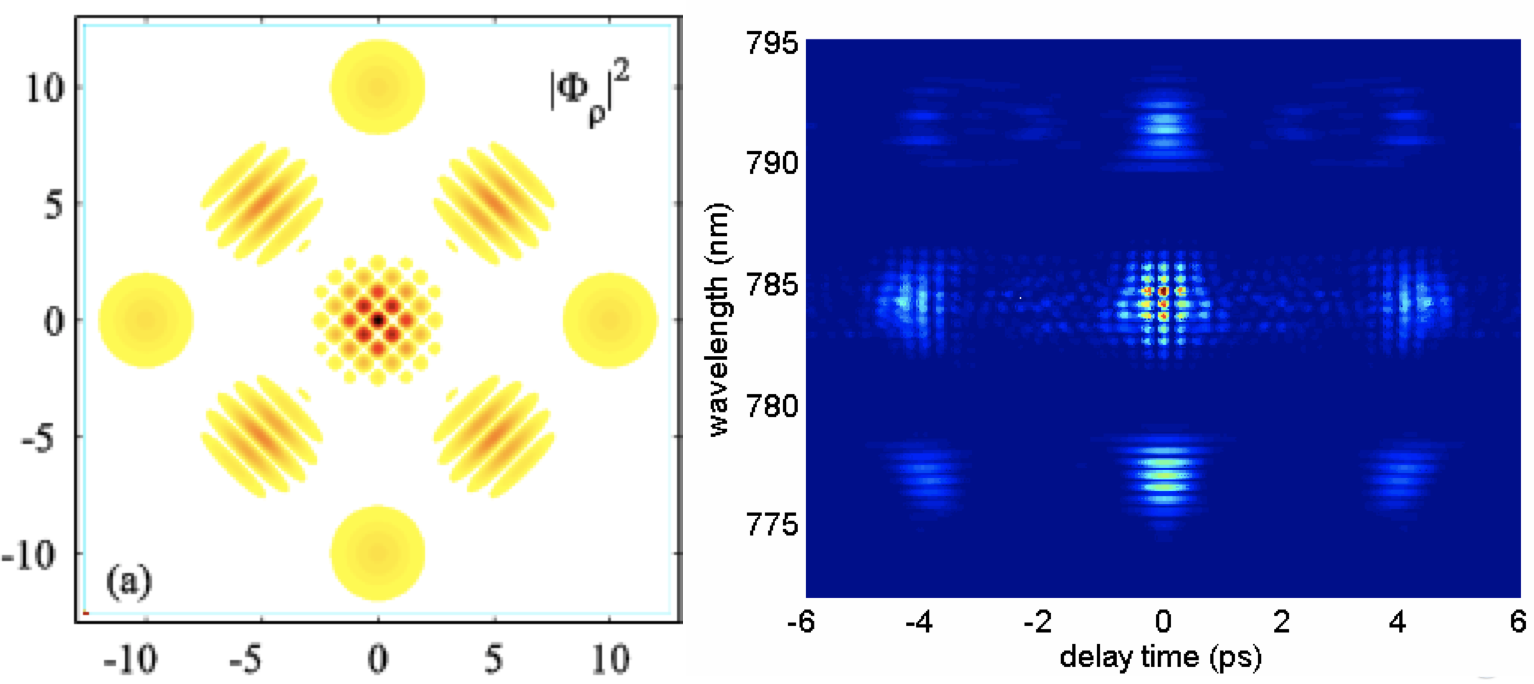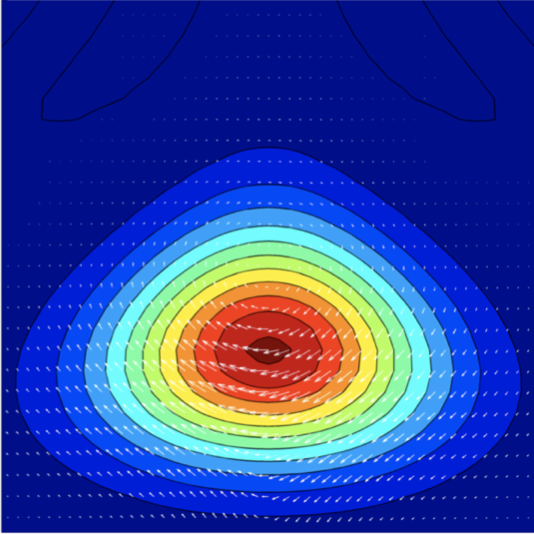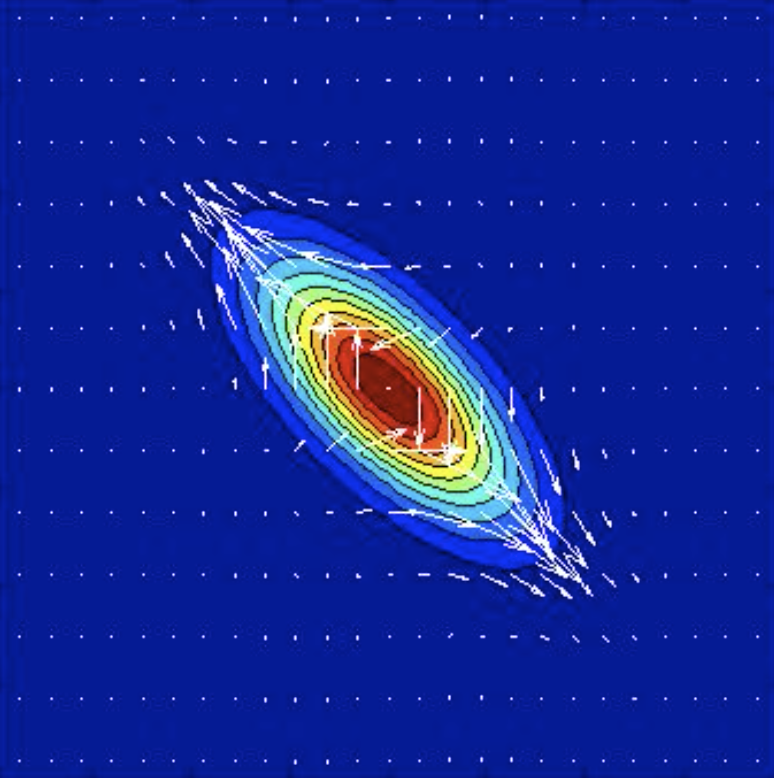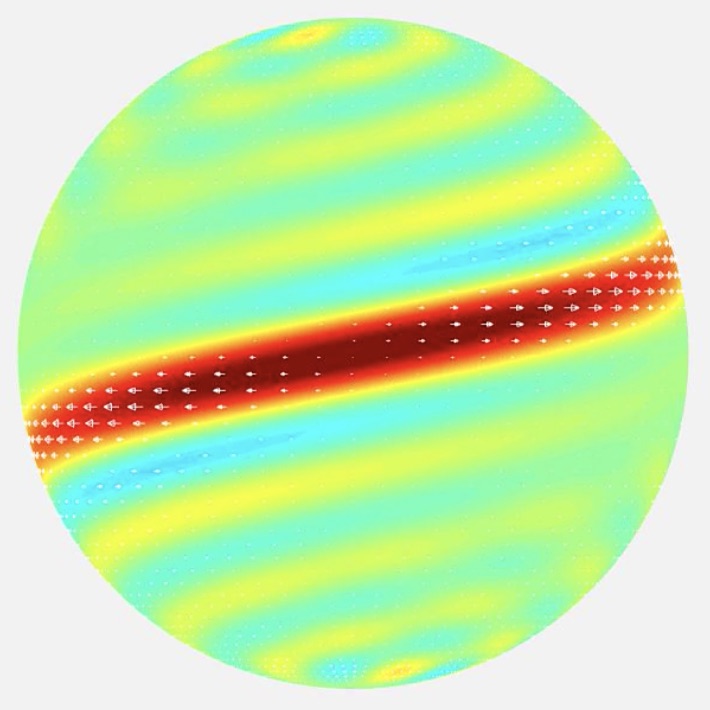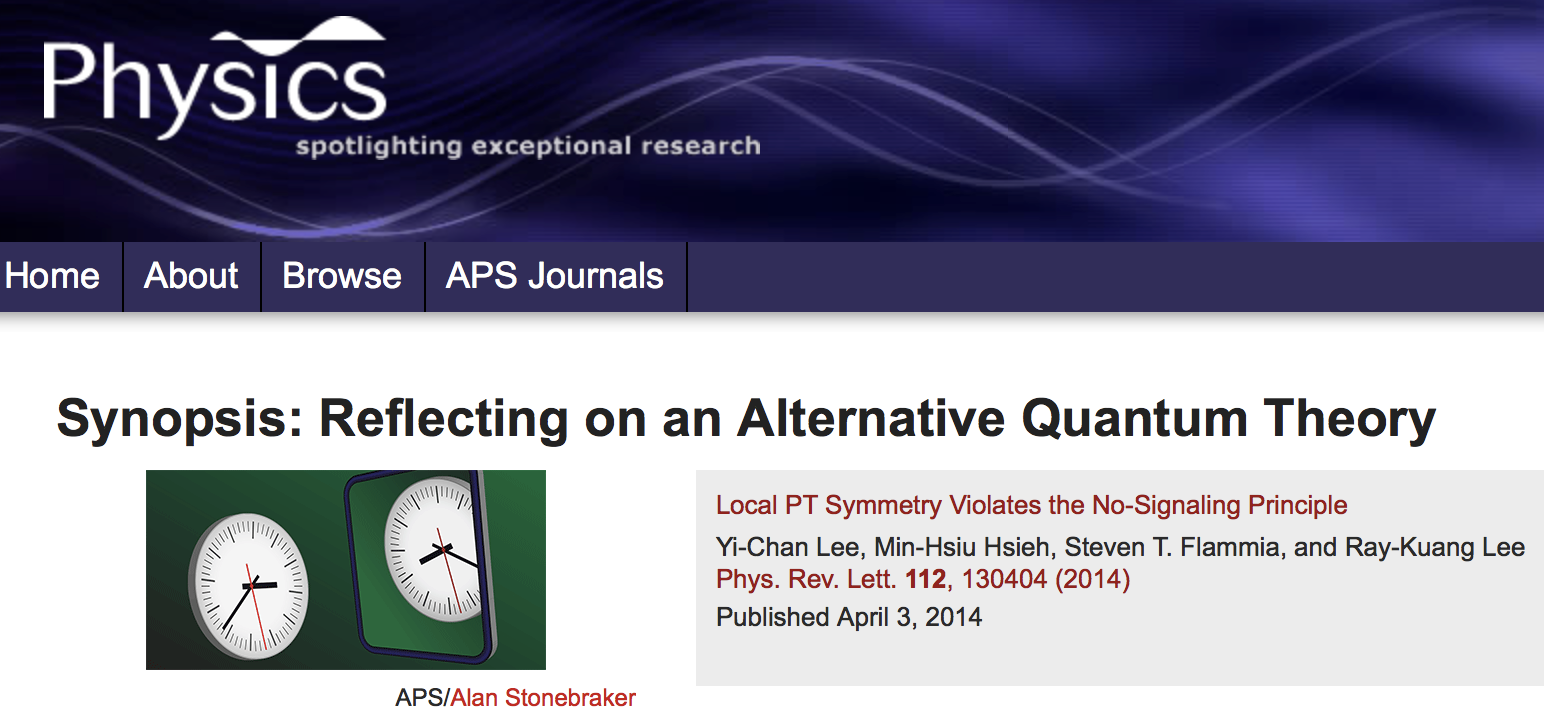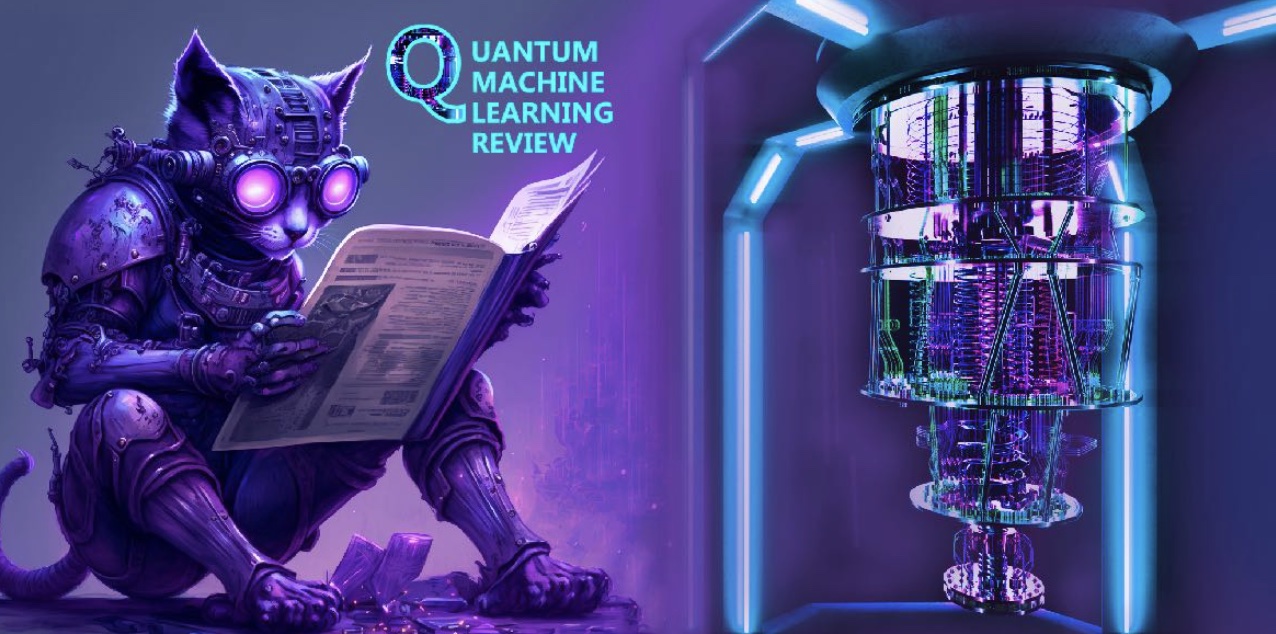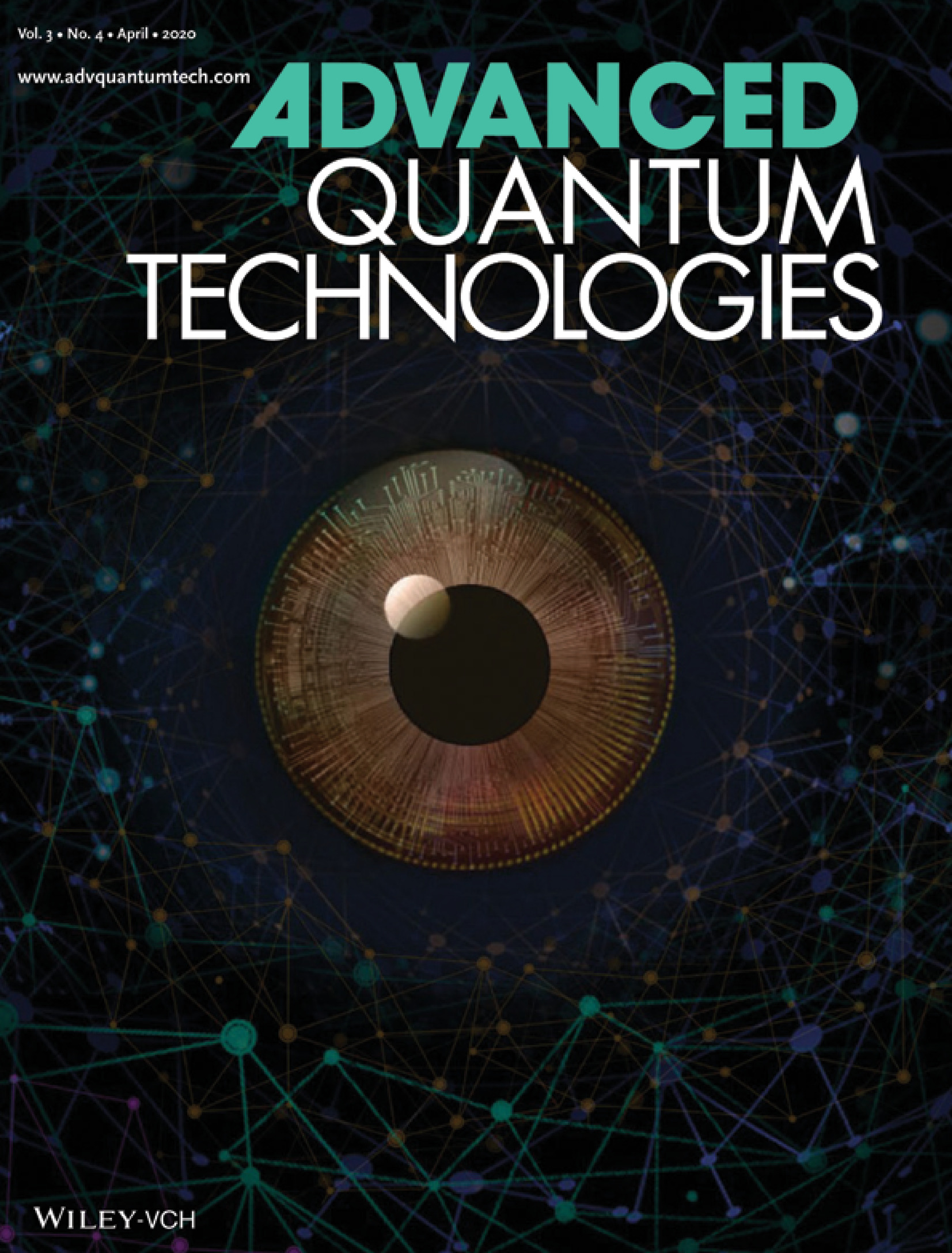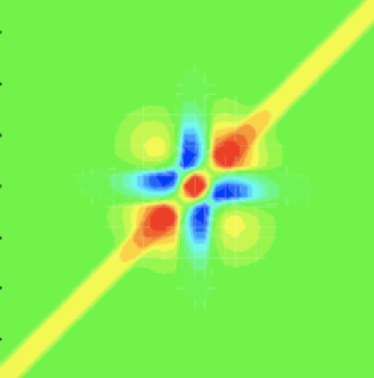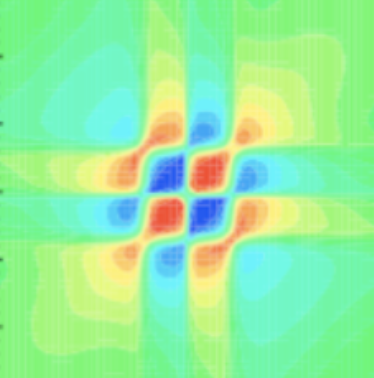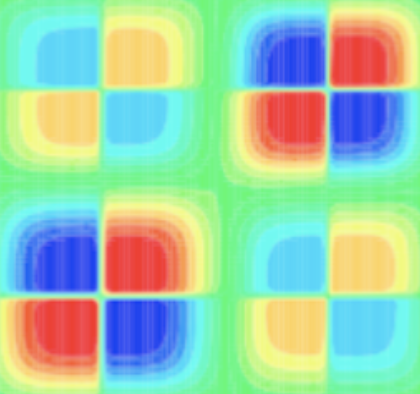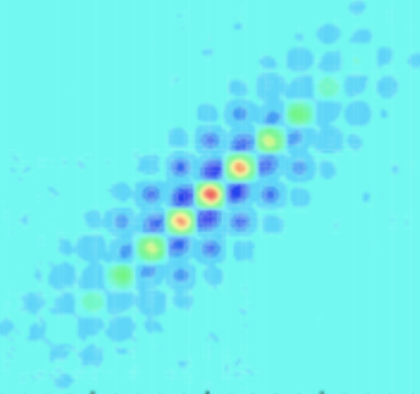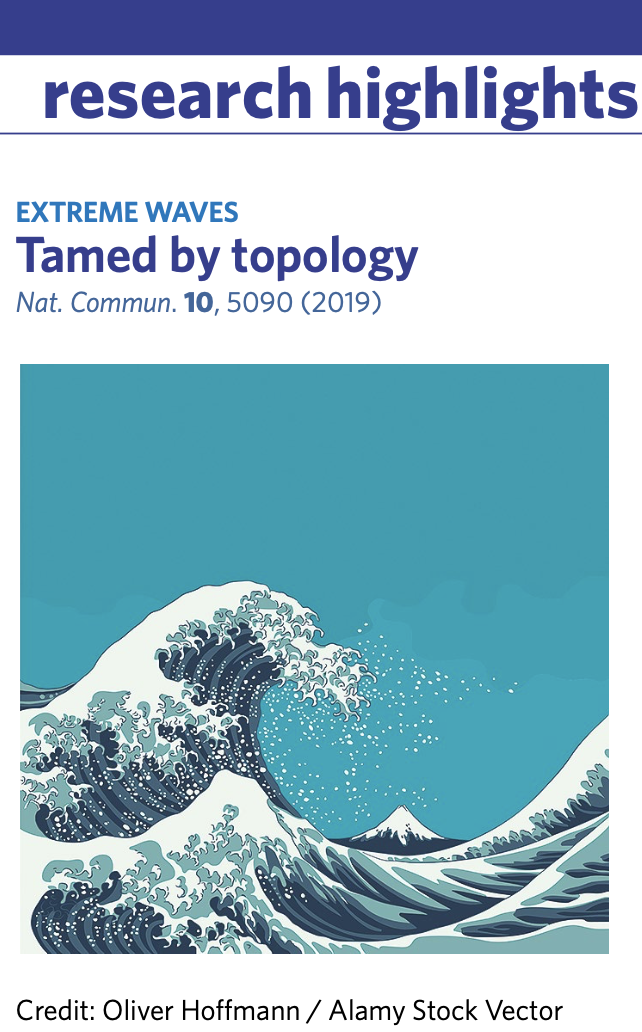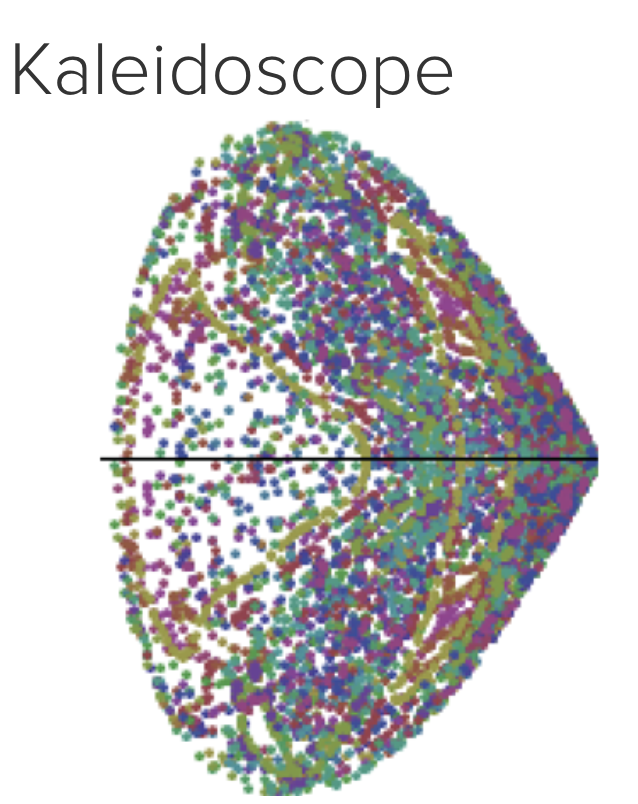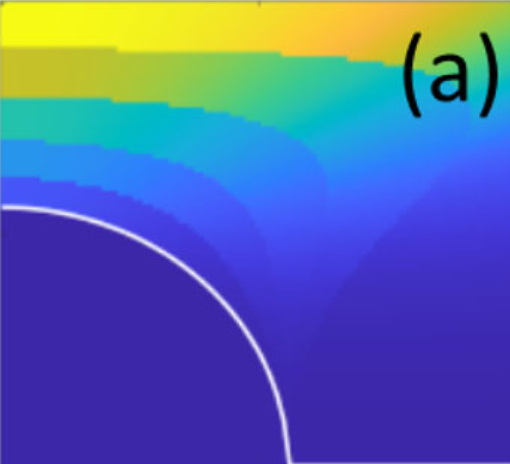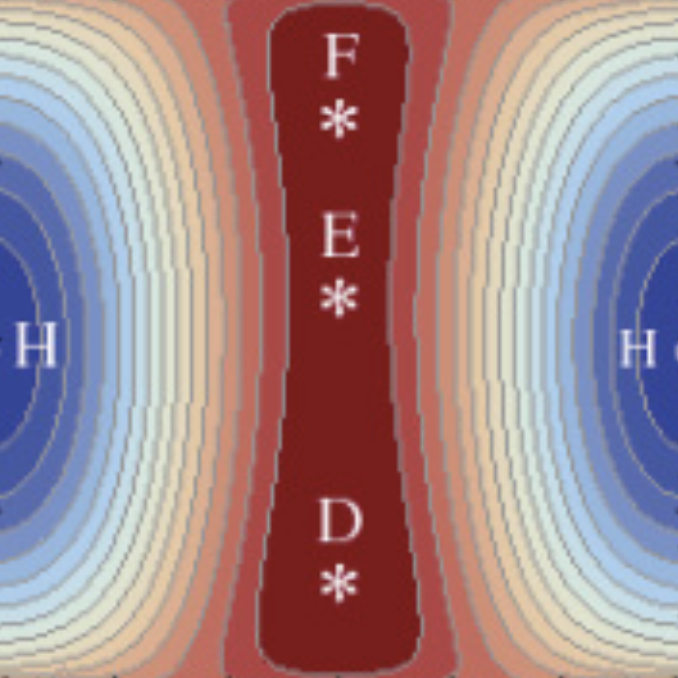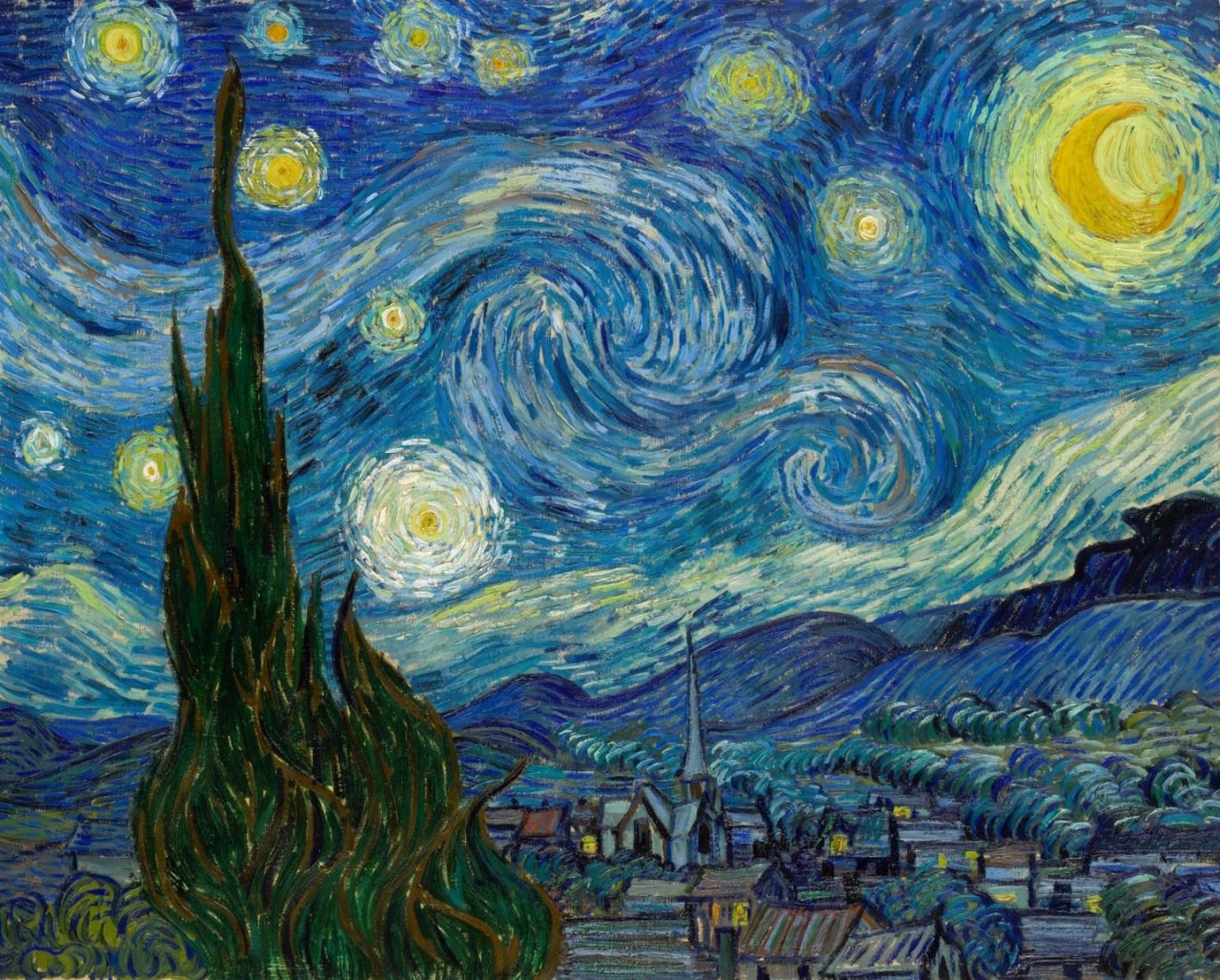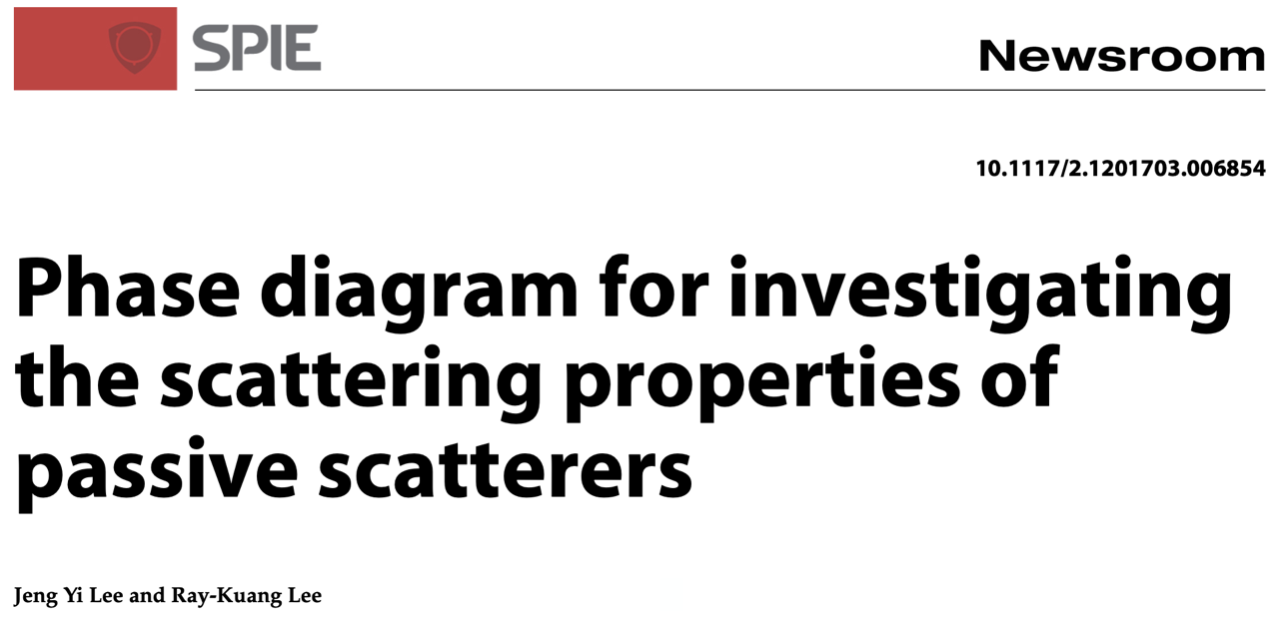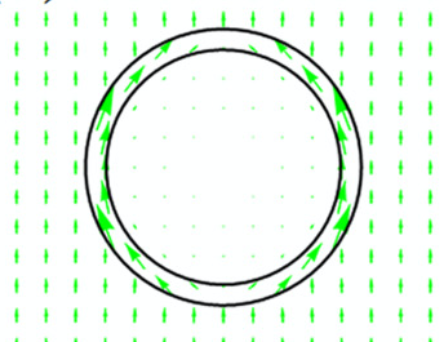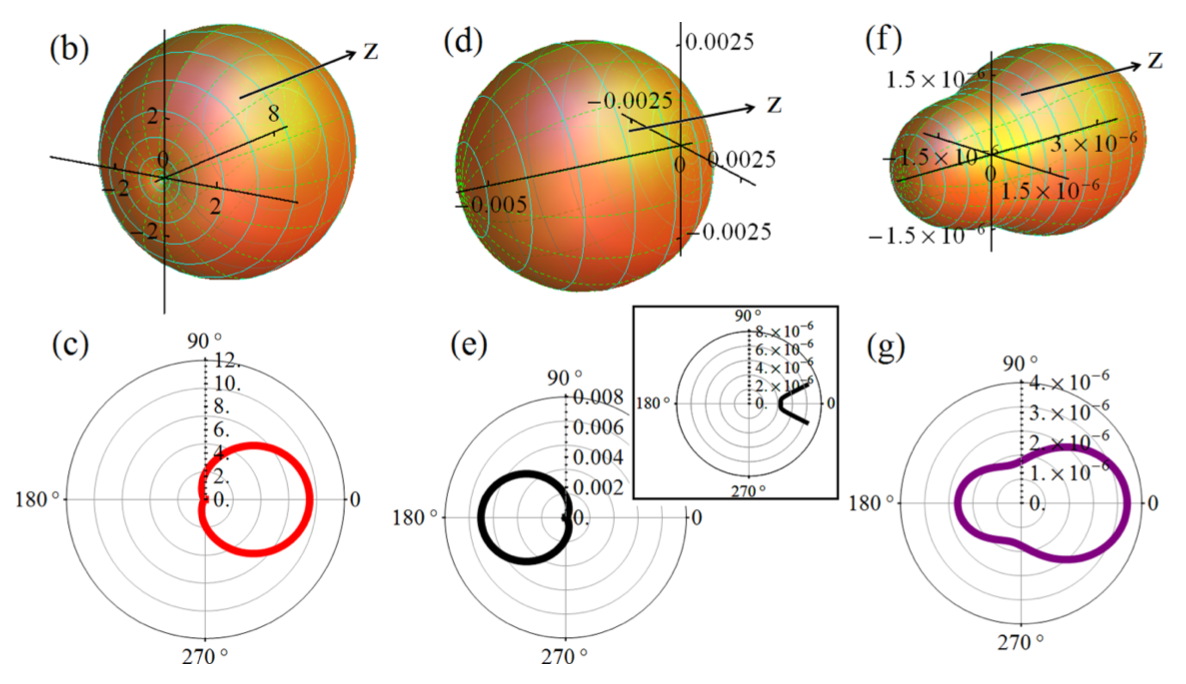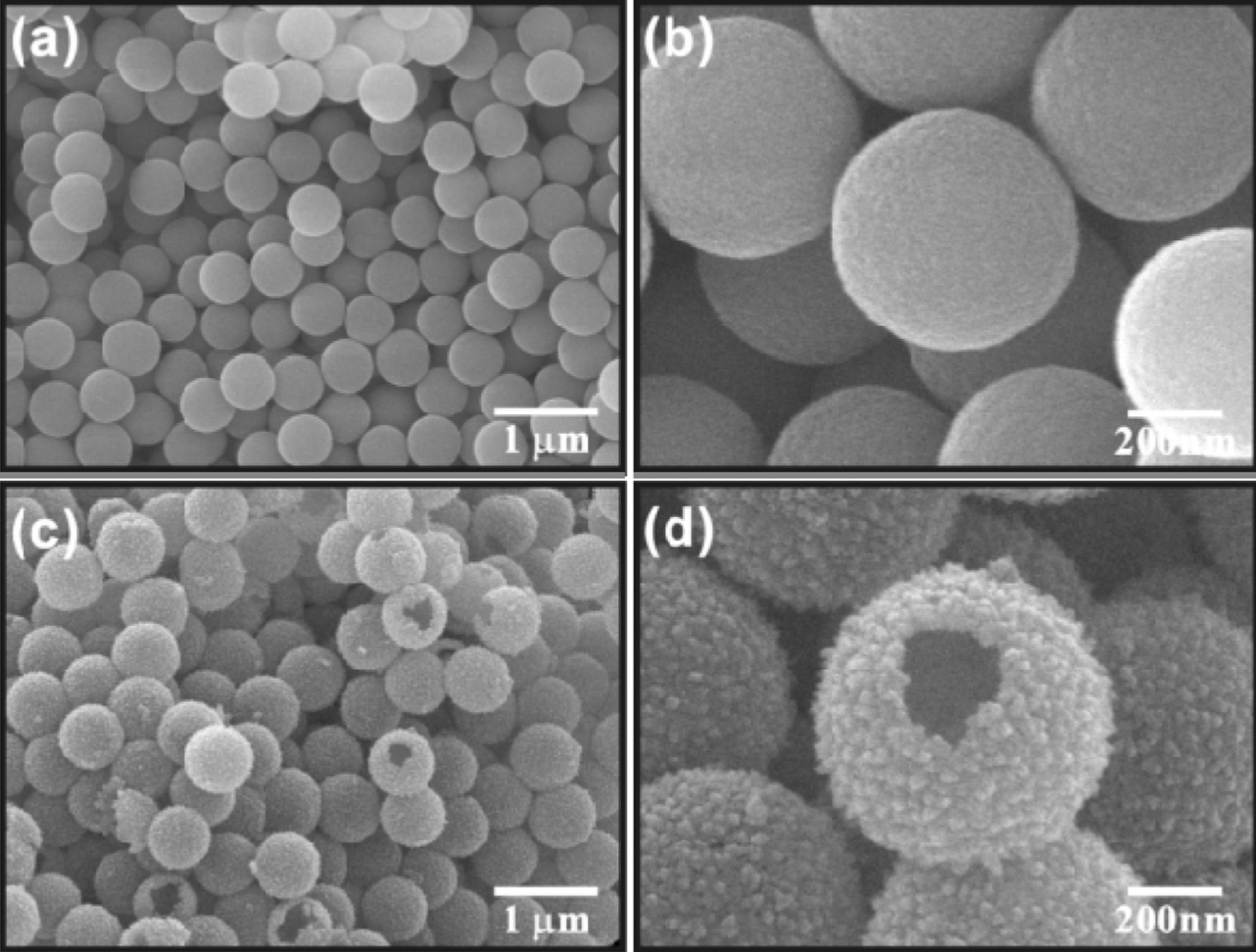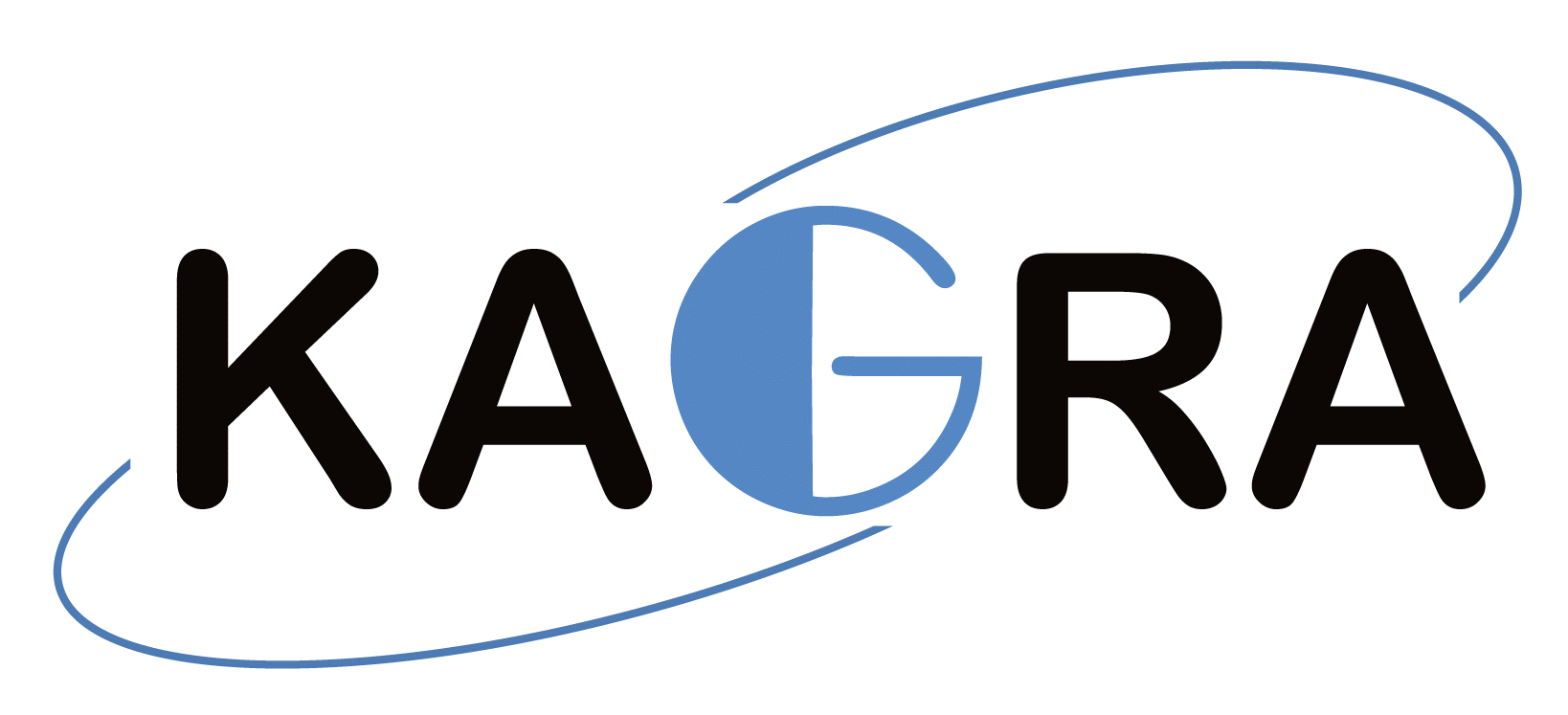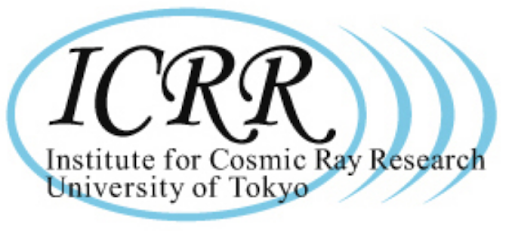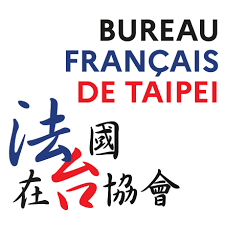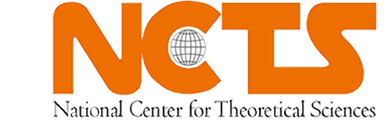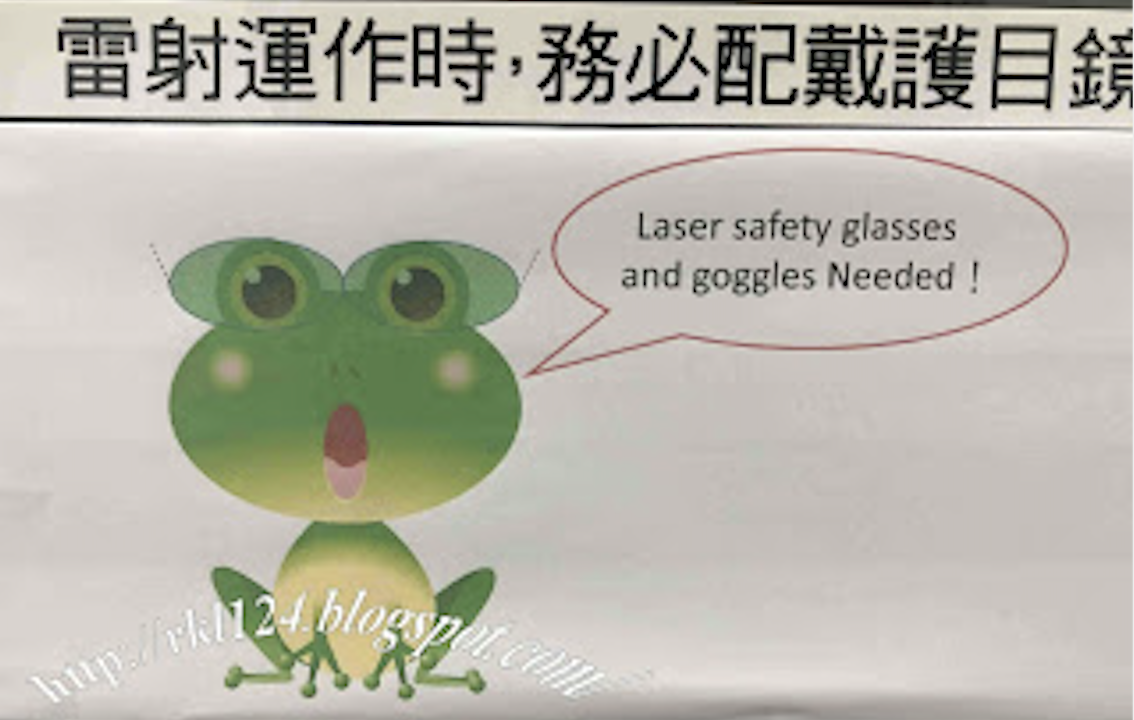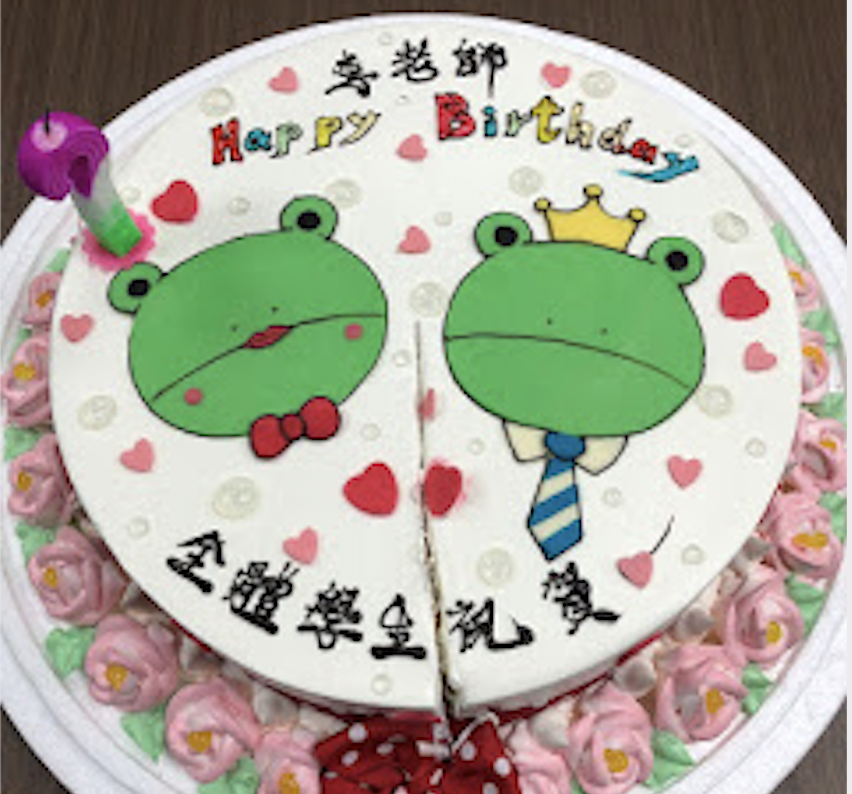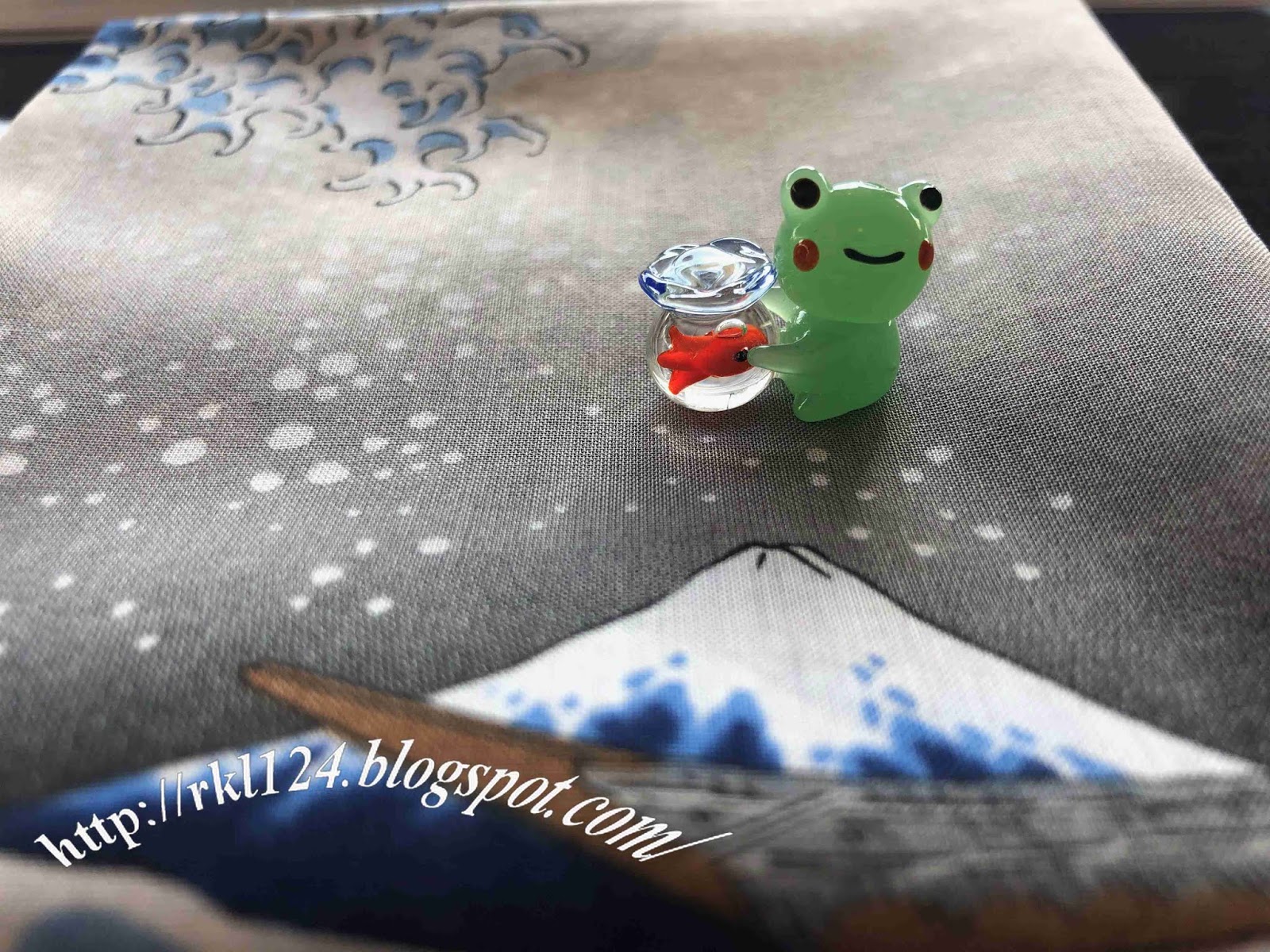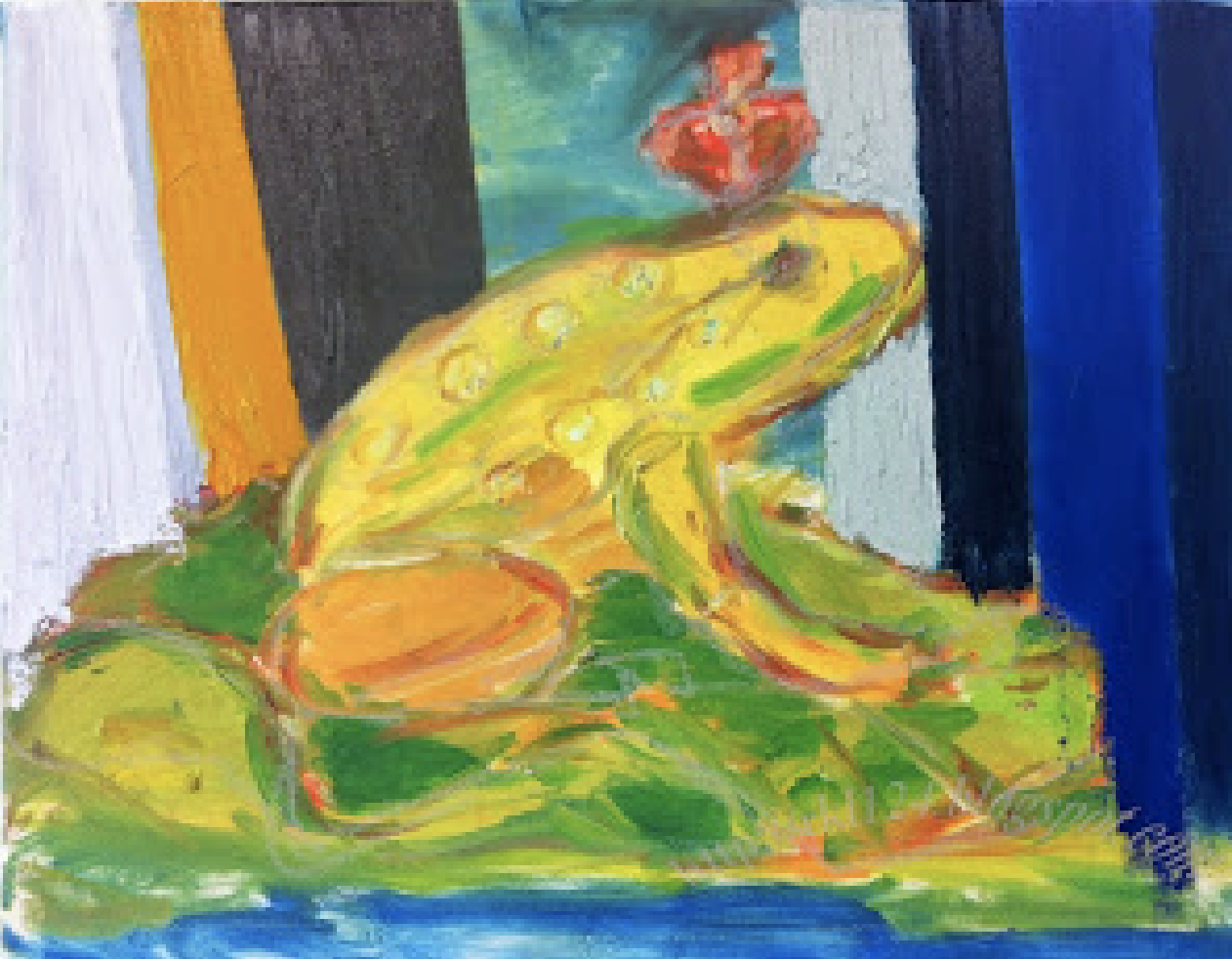Quantum Optics Group
國立清華大學 李瑞光 量子光學實驗室
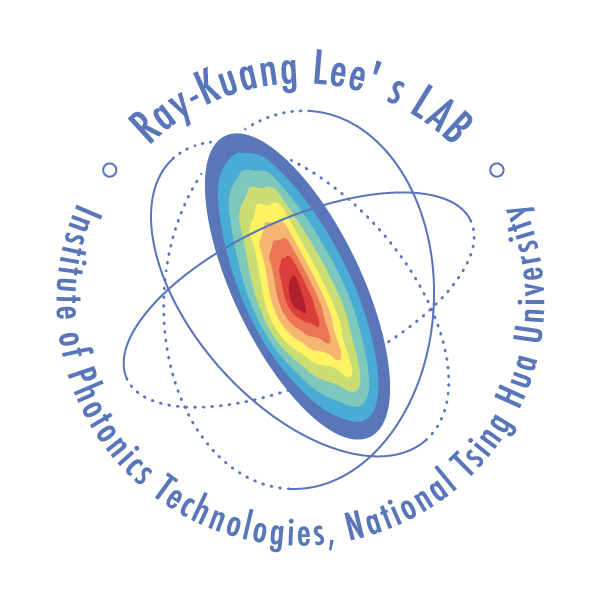 With AMO (Atom-Molecular-Optics) and photonics as a versatile platform, the Quantum
Optics Group is focusing
With AMO (Atom-Molecular-Optics) and photonics as a versatile platform, the Quantum
Optics Group is focusing
Quantum Physics: the duality of wave and particle, generation of quantum
noise squeezed states, quantum state tomography, and the dilation of quantum mechanics.
Quantum Technology: quantum metrology, quantum photonic chips,
quantum-enhanced precision measurement, and the gravitational wave detectors.
目前,量子光學實驗室著重於波和粒子對偶性的研究, 量子噪音壓縮態的產生,量子態斷層掃描,量子度量,與 量子力學的擴充。此外研究主題也包含量子光學晶片的實現、量子加強精密測量,與重力波探測器。
What is New !
[Position Open] We offer a 3-years post-doctoral position, 2024-2026) for a motivated experimental researcher to join our work on quantum noise squeezing for the advanced gravitational wave detectors and related quantum information processing.
Currently, Prof. Ole Steuernagel is in Quantum Optics Group as a Visiting Professor
Currently, 3 Postdoctoral Fellows in Quantum Optics Group
Currently, 1 Research Assistants in Quantum Optics Group
[Position Open] Vacancy for PhD students in Photonics or Physics.
Currently, 5 PhD students in Quantum Optics Group.
[Position Open] Vacancy for Master students in Photonics or Physics.
Currently, 6 Master students in Quantum Optics Group.
[Position Open] Vacancy for Undergraduate students (大專生專題研究) in EE or Physics.
Currently, 3 Undergraduate students in Quantum Optics Group.
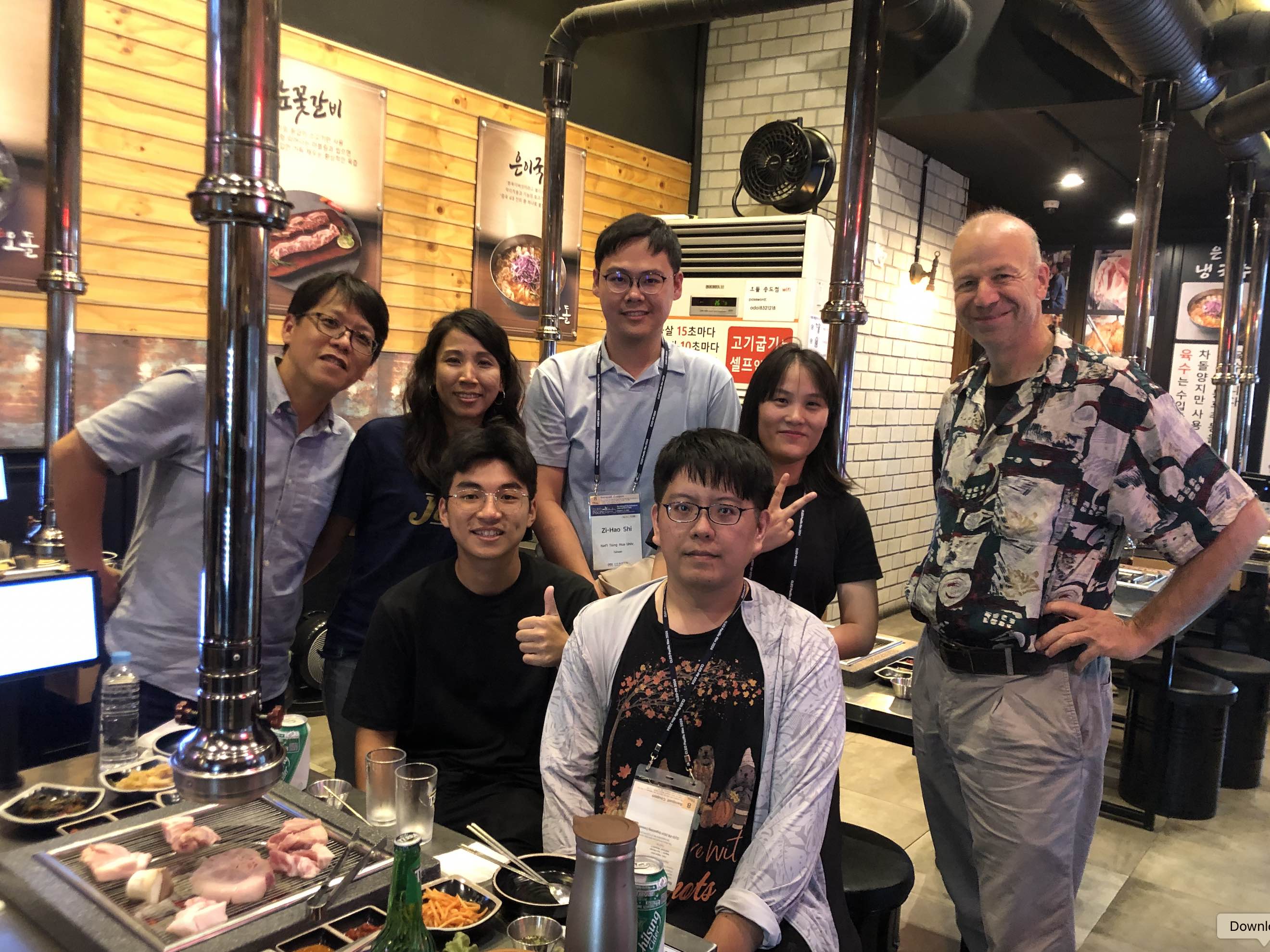 CLEO-PR 2024 Best Student Poster:
CLEO-PR 2024 Best Student Poster:
Our work “Experimental Realization of Optical Cat States by Photon-Addition," is awarded in the 16th Pacific Rim Conference on Lasers and Electro-Optics (CLEO-PR 2024), August 4 to 9, 2024, Incheon, Korea.
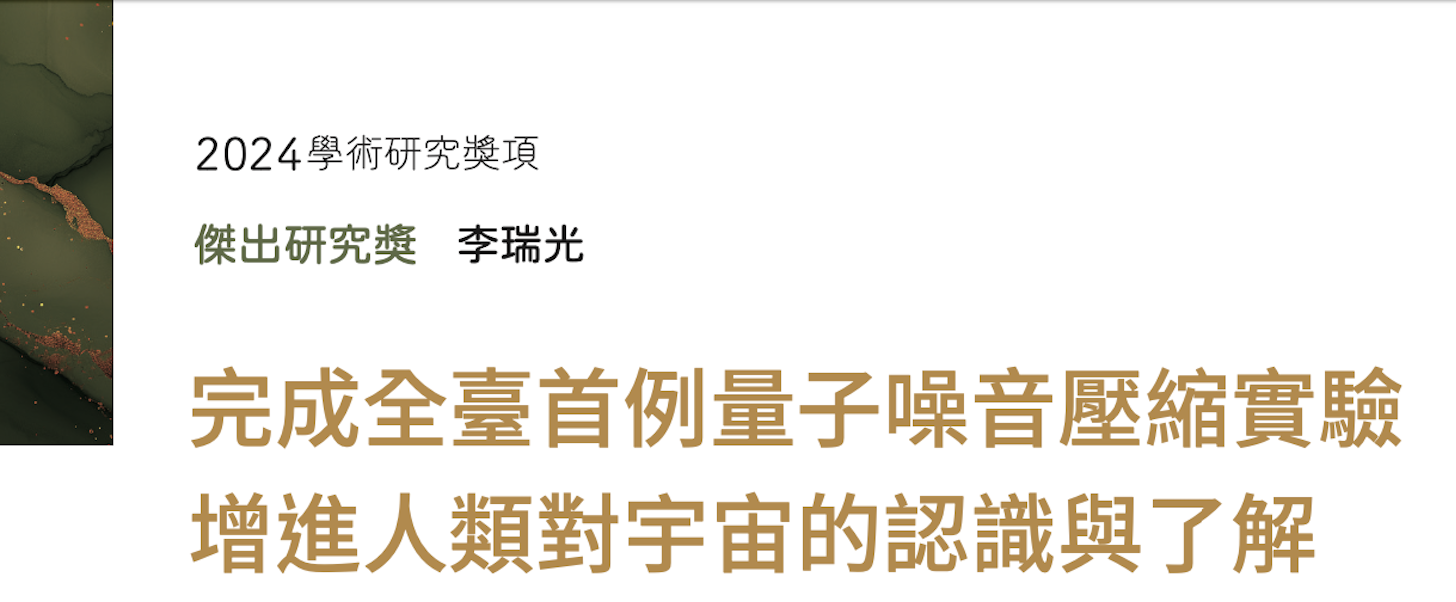
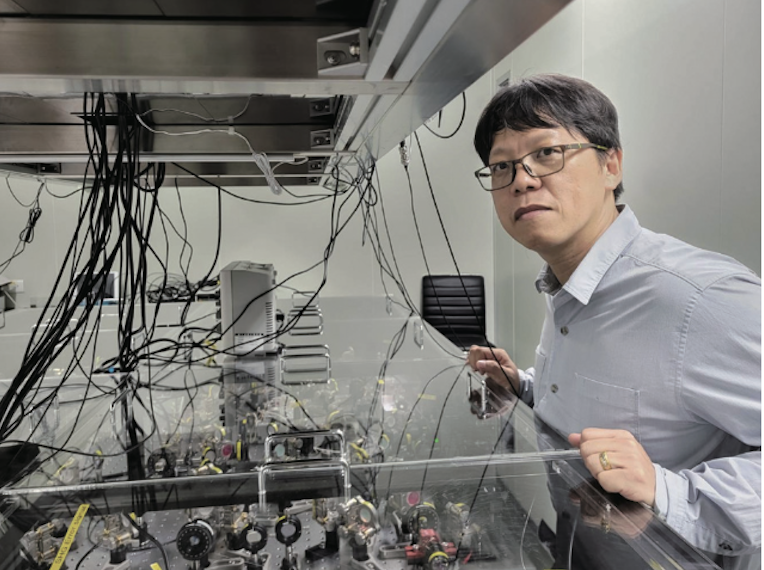
Prof. Ray-Kuang Lee received his second Outstanding Research Award, National Science and Technology Council 國科會傑出研究獎 (2024).
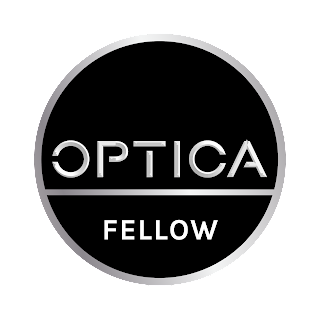 Prof. Ray-Kuang Lee is elected as the Optica (formerly OSA) Fellow. :
Prof. Ray-Kuang Lee is elected as the Optica (formerly OSA) Fellow. :
“For demonstrated quantum machine-learning, and the implementation of quantum noise reduction for the advanced gravitational wave detectors, and the development of quantum noise squeezing.”
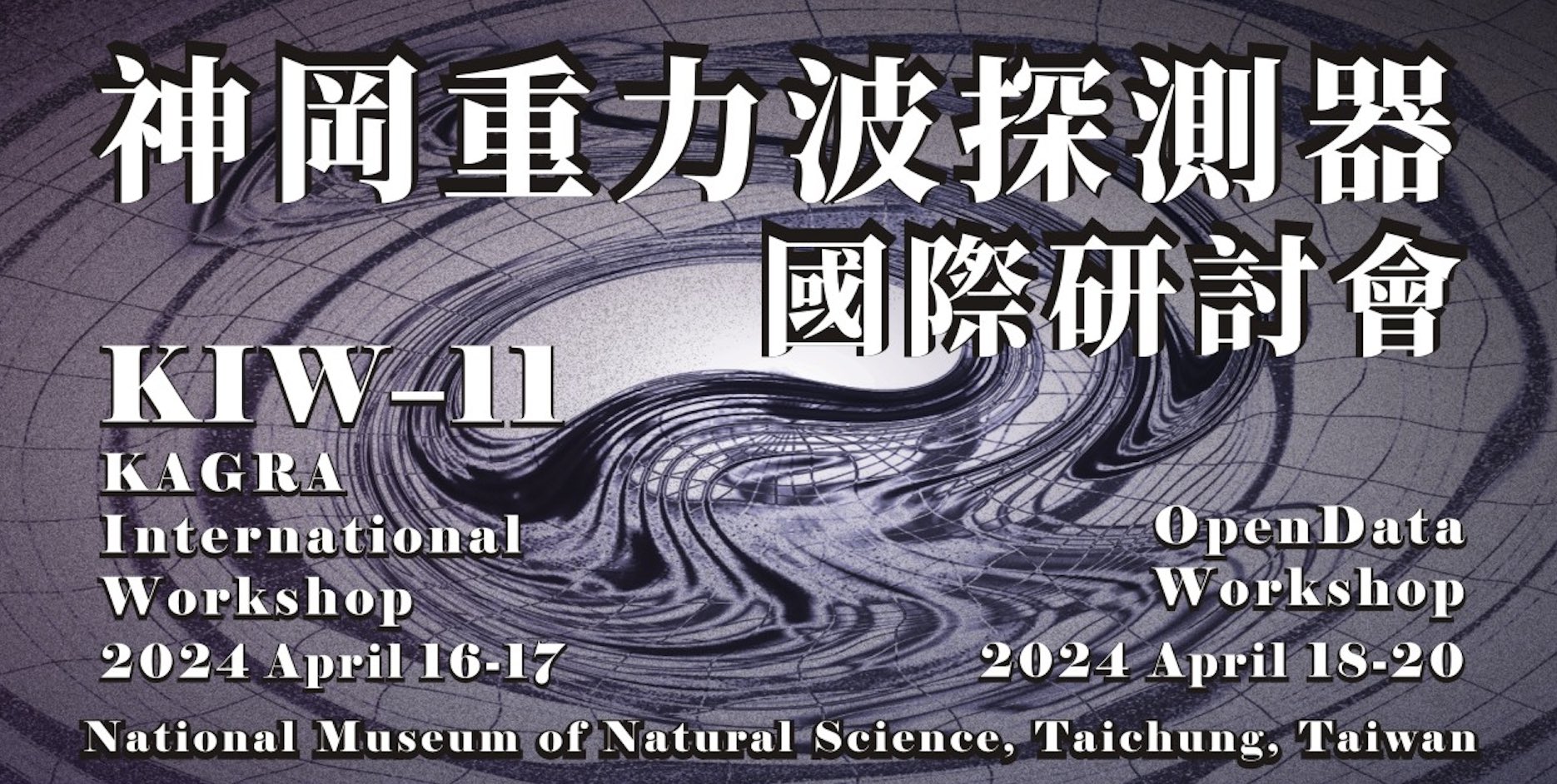
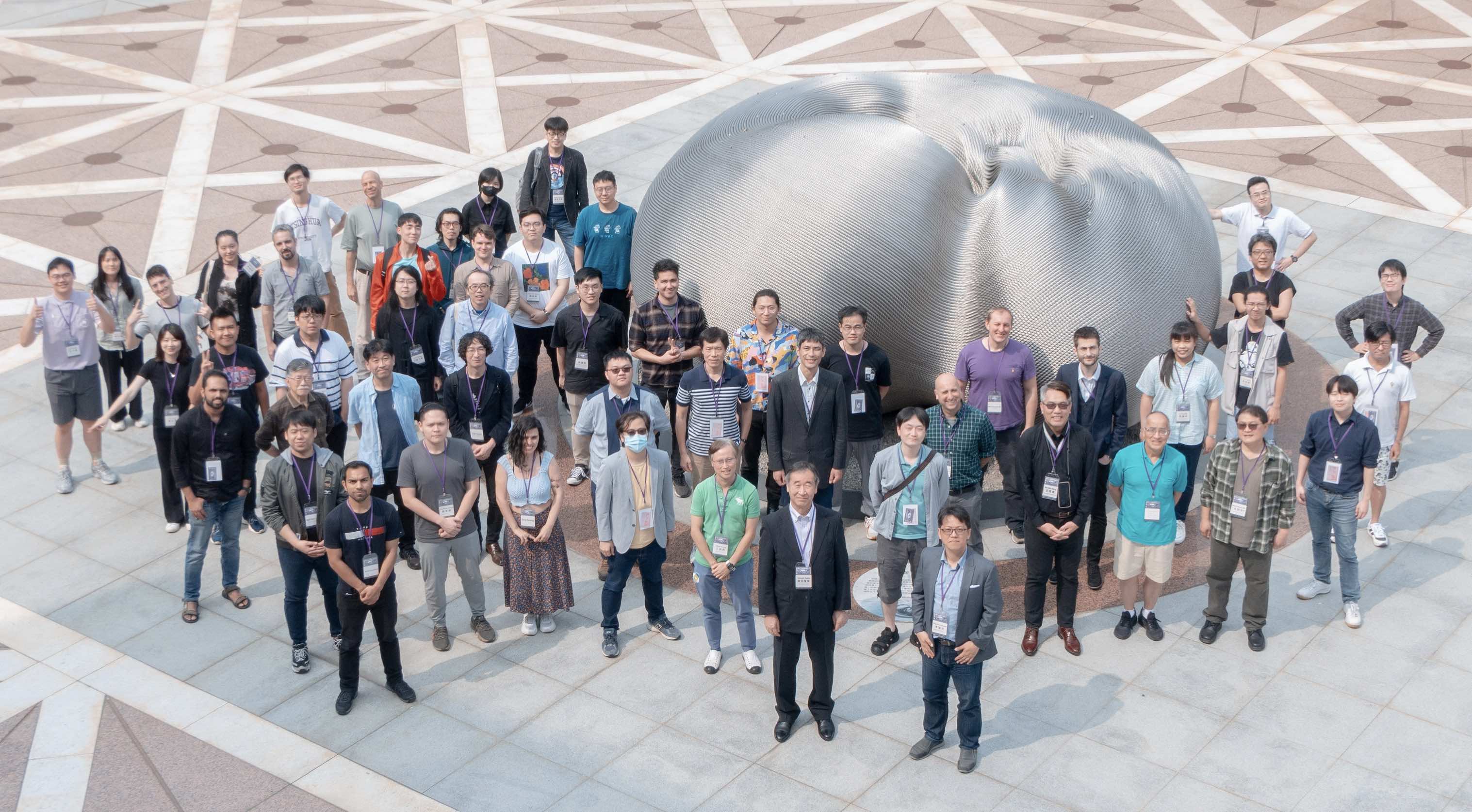 KIW-11:
11th KAGRA International Workshop (KIW) @ National Museum of Natural Sciences, on April 16~17, 2024
[link]
KIW-11:
11th KAGRA International Workshop (KIW) @ National Museum of Natural Sciences, on April 16~17, 2024
[link]

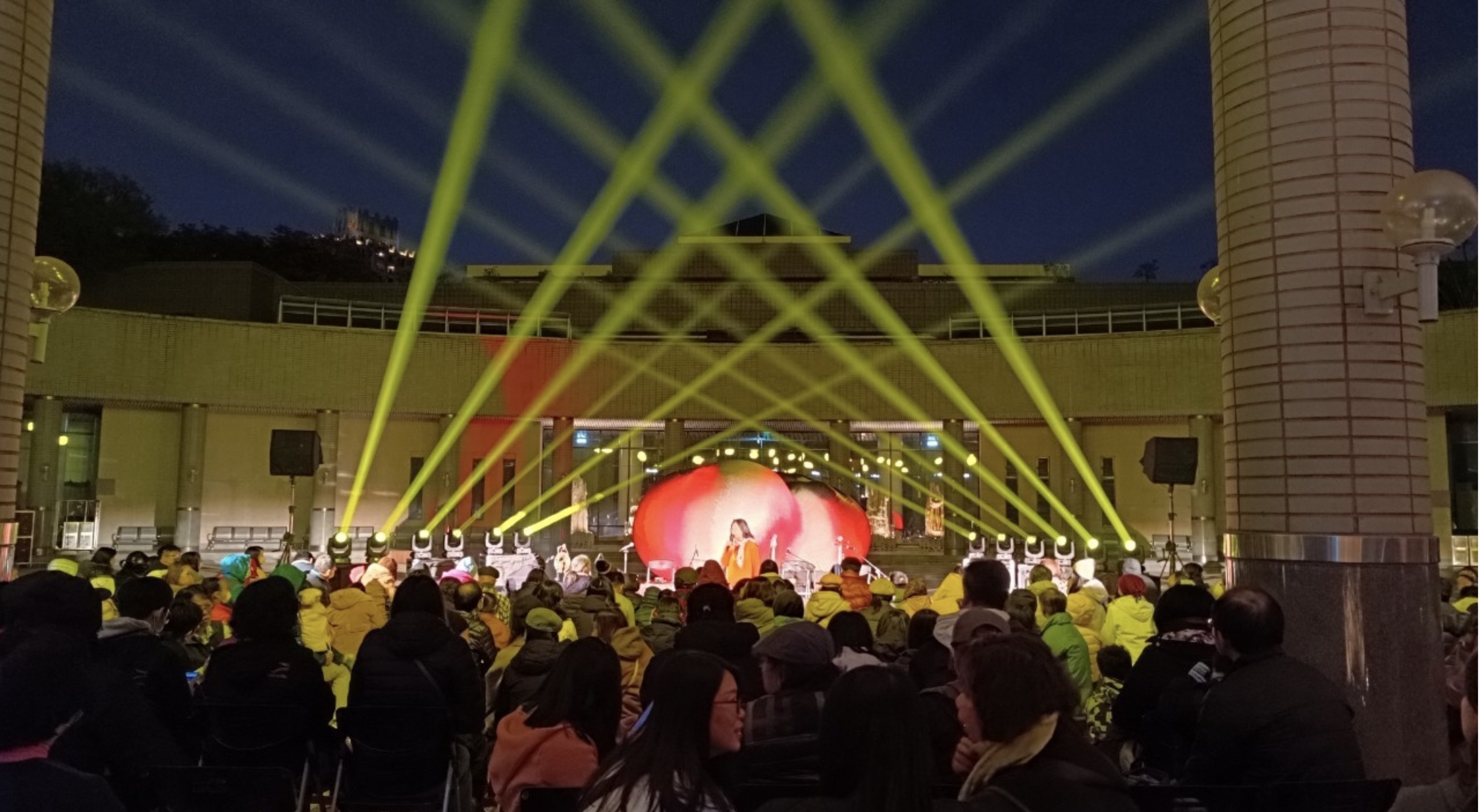 Gratitude Concert:
Concert for Gravity Realm @ National Museum of Natural Sciences, on March 9th, 2024
[link]
Gratitude Concert:
Concert for Gravity Realm @ National Museum of Natural Sciences, on March 9th, 2024
[link]
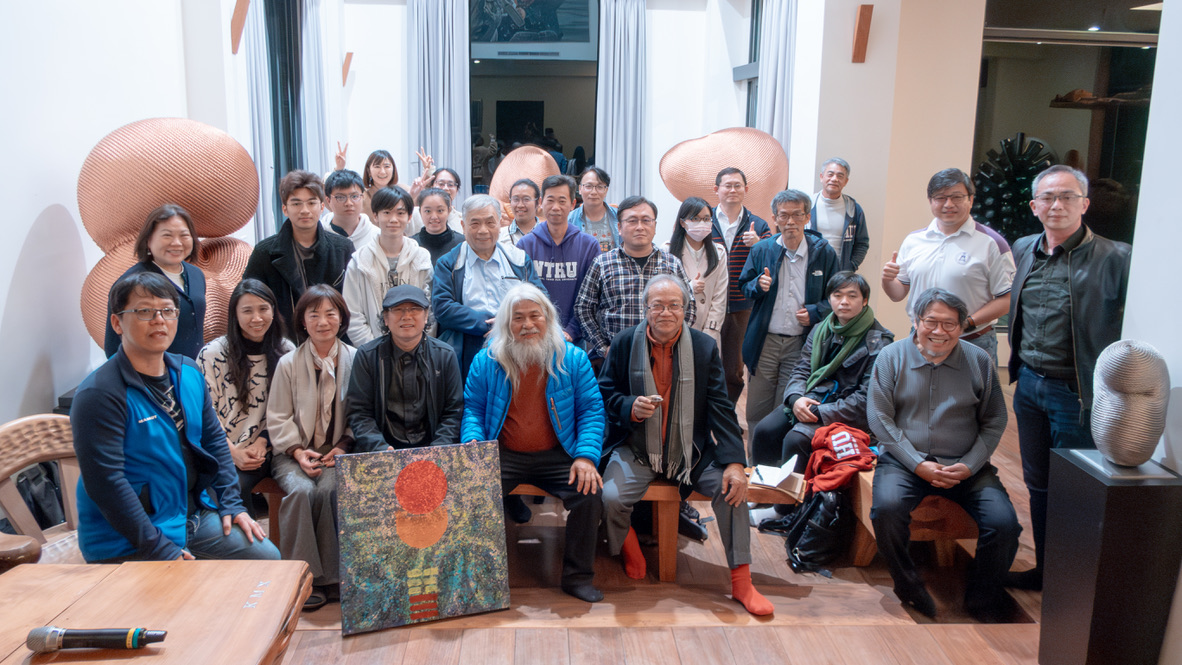
 Quantum Art:
Cross-domain convergence of the quantum physic and artistic mental worlds @ Sanyi, on Feb. 16~18, 2024
[link]
Quantum Art:
Cross-domain convergence of the quantum physic and artistic mental worlds @ Sanyi, on Feb. 16~18, 2024
[link]
[169] Hsien-Yi Hsieh, Yi-Ru Chen, Jingyu Ning, Hsun-Chung Wu, Hua Li Chen, Zi-Hao Shi, Po-Han Wang, Ole Steuernagel, Chien-Ming Wu, and RKL, "Neural Network Enhanced Single-Photon Fock State Tomography," Phys. Rev. A (2024); [arXiv: 2405.02812].
[168] Yi-Ru Chen, Hsien-Yi Hsieh, Jingyu Ning, Hsun-Chung Wu, Hua Li Chen, Zi-Hao Shi, Popo Yang, Ole Steuernagel, Chien-Ming Wu, and RKL, ""Generation of heralded optical cat states by photon addition," Phys. Rev. A 110, 023703 (2024); [download].
[167] RKL, "Machine-learning enhanced quantum state tomography and quantum noise reduction to the advanced gravitational wave detectors," Proc. of SPIE 12912, 1291213 (2024); Quantum Sensing, Imaging, and Precision Metrology II, SPIE Quantum West, San Francisco, California, United States; [download].
Preprints
[175] Ole Steuernagel and RKL, "Quantumness Measure from Phase Space Distributions," [arXiv: 2311.17399].
[174] Ole Steuernagel and RKL, "Photon Creation viewed from Wigner's Phase Space Current Perspective: The Simplest Possible Derivation of a Lindblad Superoperator Form," [arXiv: 2307.16510].
LVK Collaboration Papers
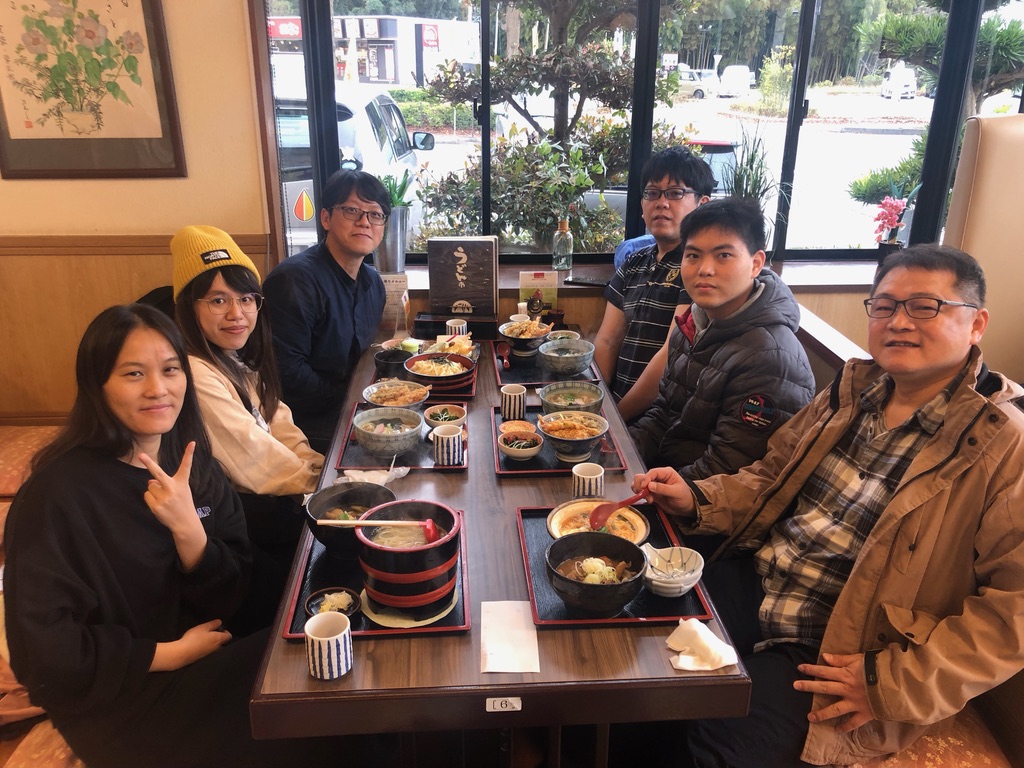 Congratulations to Hsien-Yi (the 3rd guy from the right) :
Congratulations to Hsien-Yi (the 3rd guy from the right) :
won the 2023 NCTS Student Outstanding Paper Award (國家理論科學研究中心物理組 2023 學生優秀理論論文獎) . [link]
I
 ICSSUR 2023:
17th International Conference on Squeezes States and Uncertainty Relations (ICSSUR) in Taipei, Taiwan, on June 26~30, 2023
[link]
ICSSUR 2023:
17th International Conference on Squeezes States and Uncertainty Relations (ICSSUR) in Taipei, Taiwan, on June 26~30, 2023
[link]
《驚心洞波》-黑洞及重力波科博館特展!
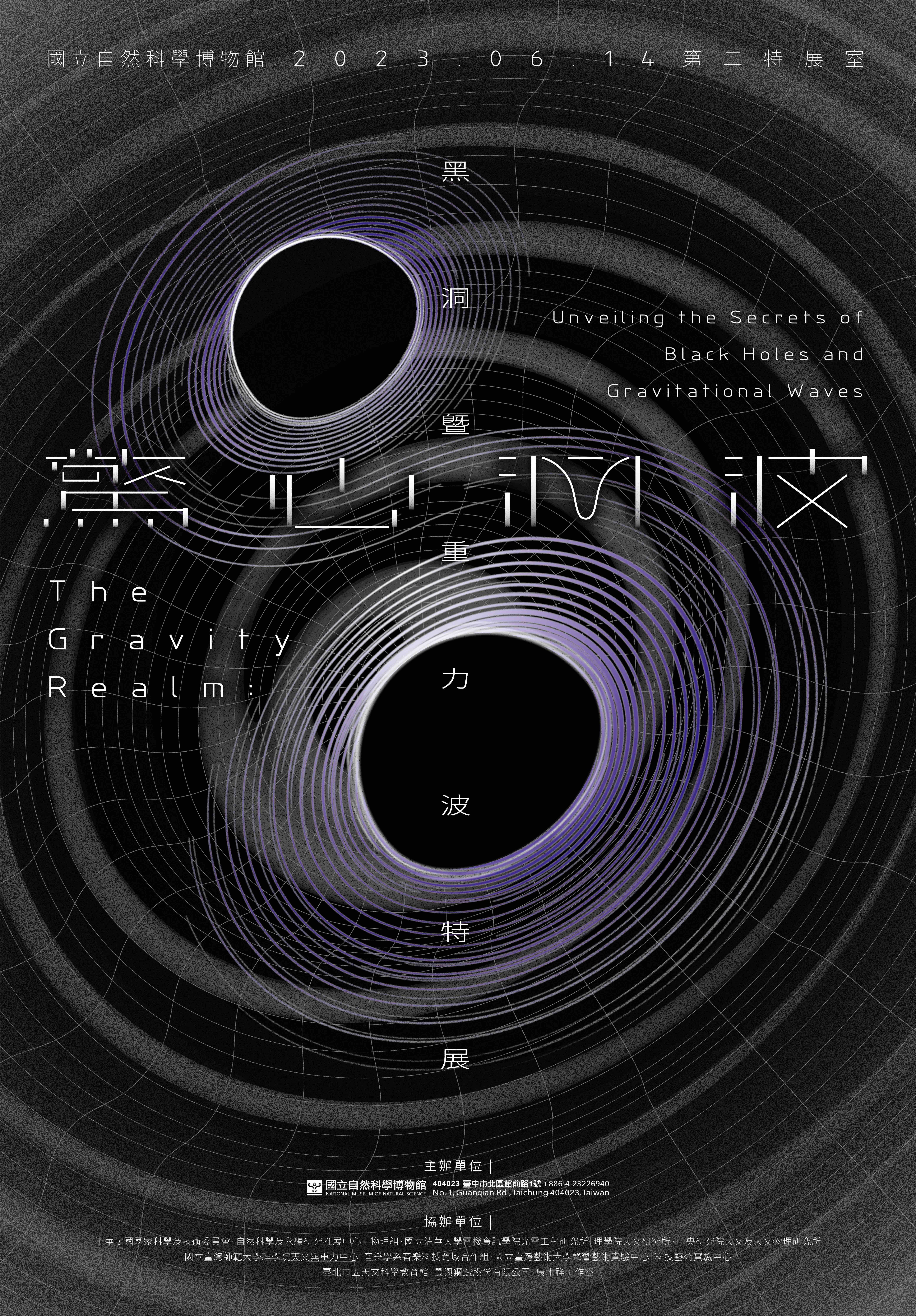 "The Gravity Realm" @ 國立自然科學博物館(台中科博館), National Museum of Natural Science, Taichung, June 14, 2023 - April 2024
"The Gravity Realm" @ 國立自然科學博物館(台中科博館), National Museum of Natural Science, Taichung, June 14, 2023 - April 2024
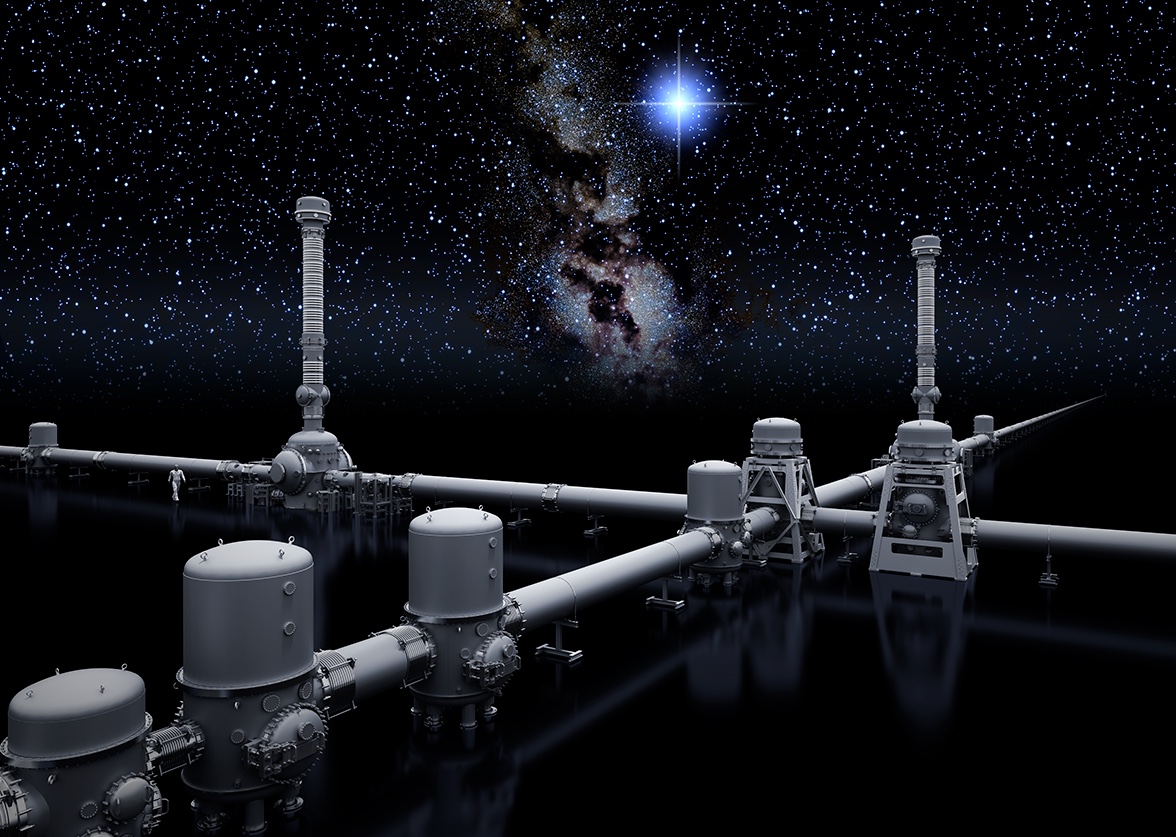
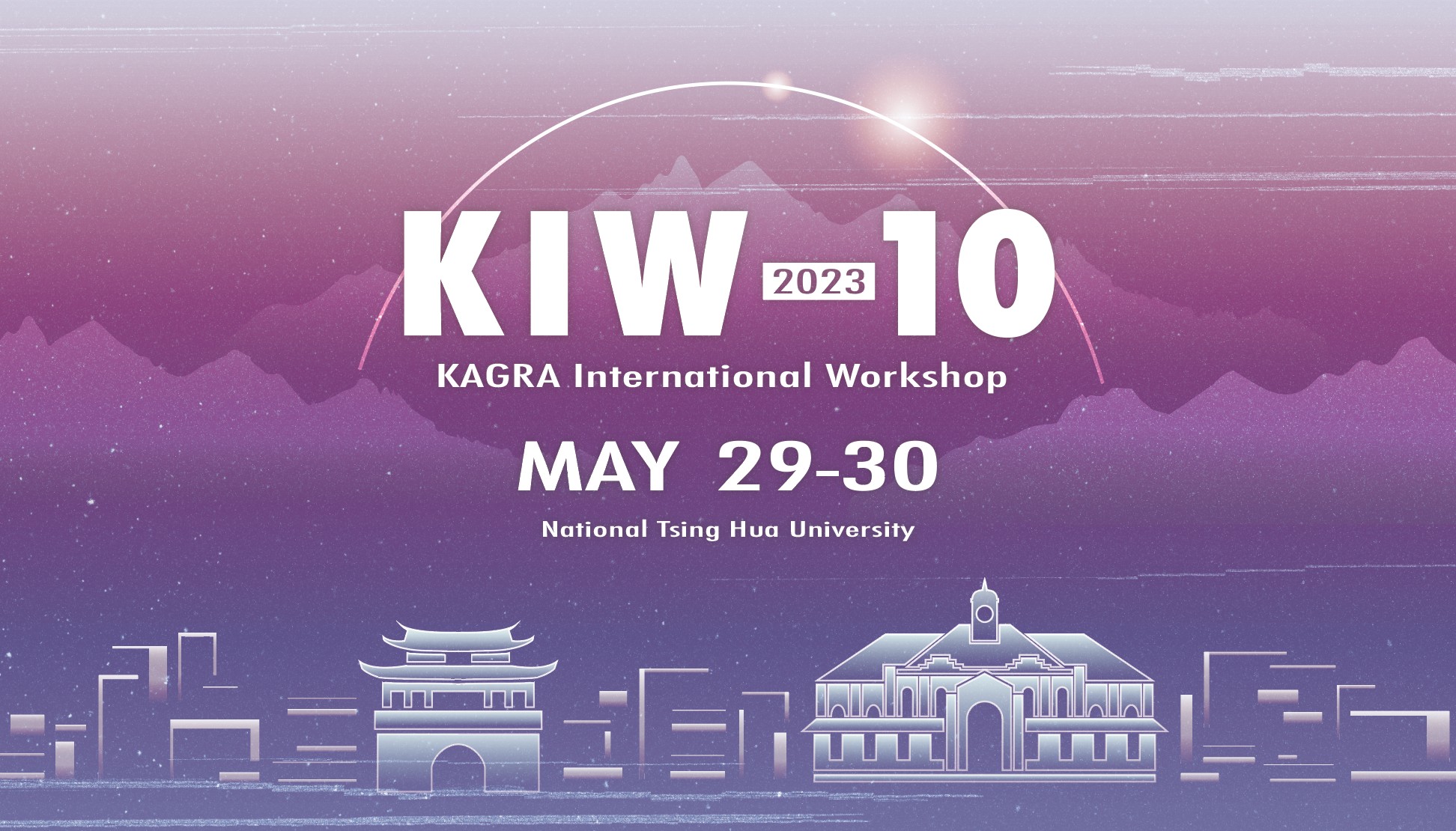 KIW-10:
10th KAGRA International Workshop (KIW) @ National Tsing Hua University, on May 29~30, 2023
[link]
KIW-10:
10th KAGRA International Workshop (KIW) @ National Tsing Hua University, on May 29~30, 2023
[link]
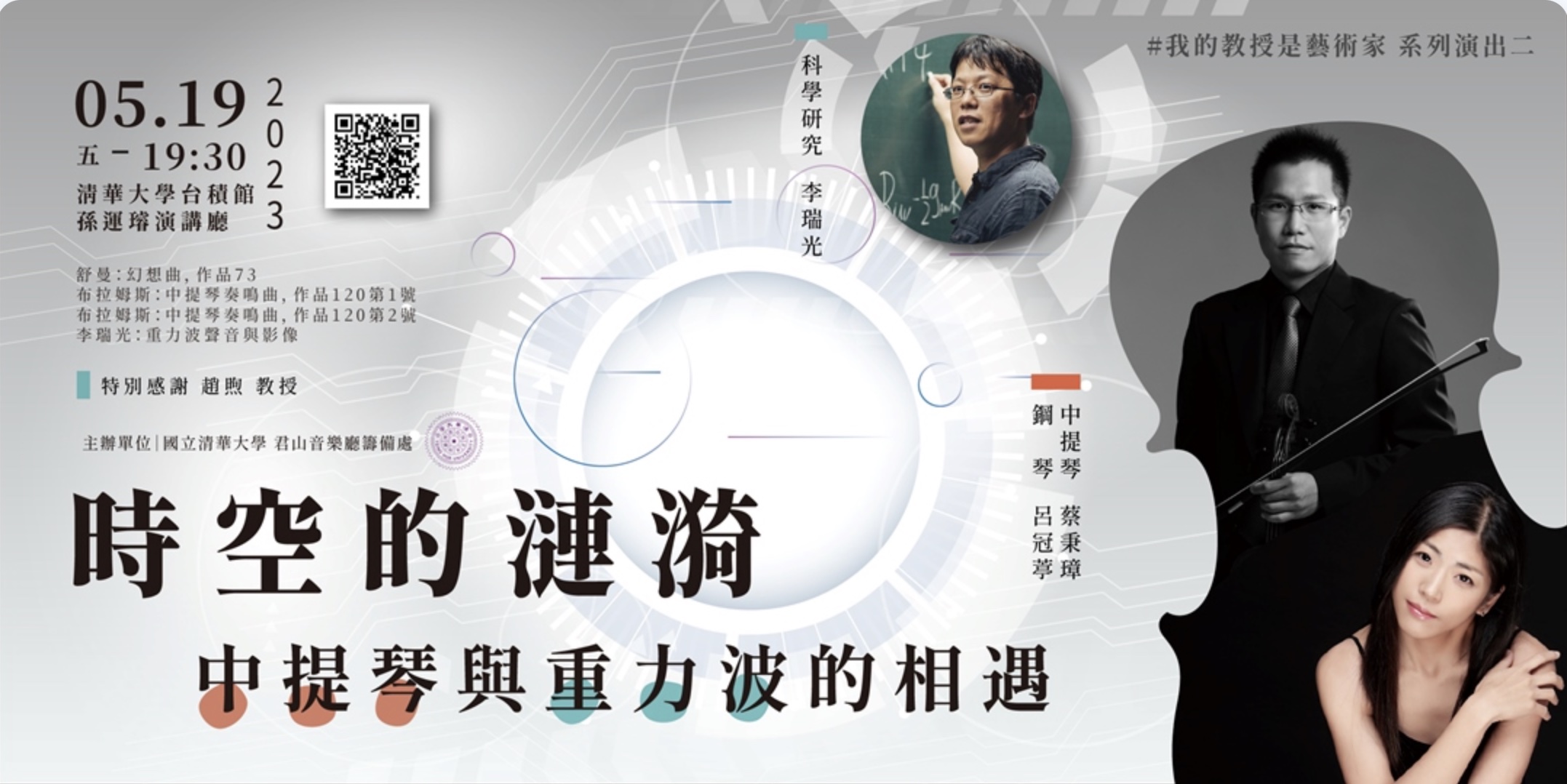 《時空的漣漪—中提琴與重力波的相遇》
靜止與無聲......?其實,宇宙和你想像的不一樣!@ 國立清華大學 台積館孫運璿演講廳, on May 19, 2023
[link]
《時空的漣漪—中提琴與重力波的相遇》
靜止與無聲......?其實,宇宙和你想像的不一樣!@ 國立清華大學 台積館孫運璿演講廳, on May 19, 2023
[link]
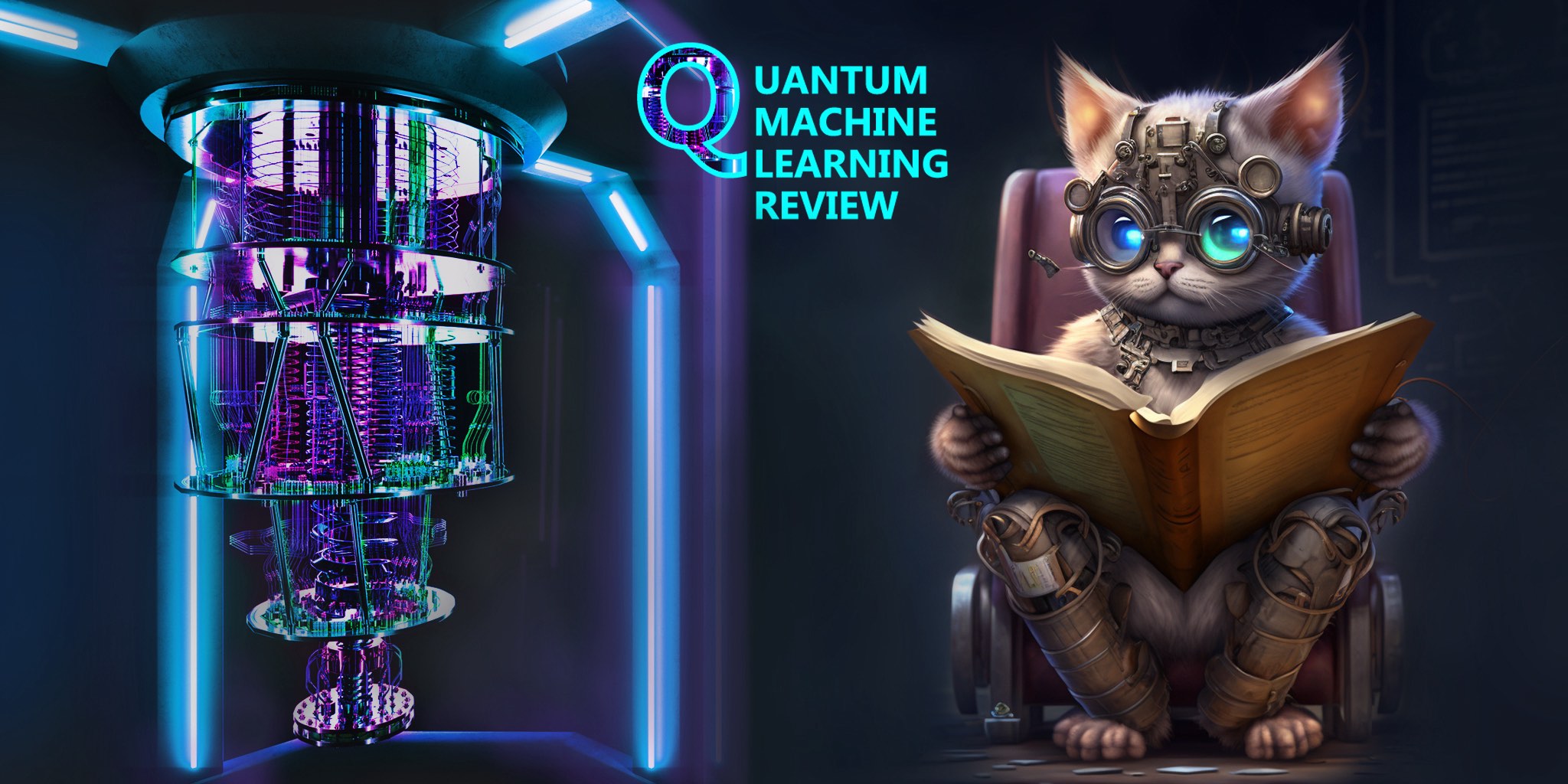 Review: Quantum Machine Learning
Alexey Melnikov, Mohammad Kordzanganeh, Alexander Alodjants, and RKL, " Quantum Machine Learning: from physics to software engineering," Advances in Phys. X (Review Article) 8, 2165452 (2023); [download].
Review: Quantum Machine Learning
Alexey Melnikov, Mohammad Kordzanganeh, Alexander Alodjants, and RKL, " Quantum Machine Learning: from physics to software engineering," Advances in Phys. X (Review Article) 8, 2165452 (2023); [download].
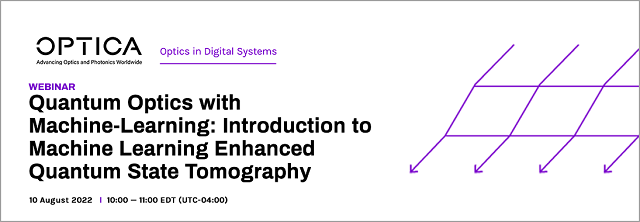 OPTICA: Optics in Digital Systems
Webinar: Quantum Optics with Machine-Learning: Introduction to Machine Learning Enhanced Quantum State Tomogry
In this webinar hosted by the Optics in Digital Systems Technical Group, Dr. Ray-Kuang Lee will be covering fundamental details about machine-learning (ML) enhanced quantum state tomography (QST) for squeezed states.
Implementation of machine learning architecture with a convolutional neural network will be illustrated and demonstrated through the experimentally measured data generated from squeezed vacuum states. Dr. Lee will discuss the measurement results in detail. Dr. Lee will also cover progress in applying such an MLQST as an essential diagnostic toolbox for applications with squeezed states, from quantum information process, quantum metrology, and advanced gravitational wave detectors to macroscopic quantum state generation. [link]
OPTICA: Optics in Digital Systems
Webinar: Quantum Optics with Machine-Learning: Introduction to Machine Learning Enhanced Quantum State Tomogry
In this webinar hosted by the Optics in Digital Systems Technical Group, Dr. Ray-Kuang Lee will be covering fundamental details about machine-learning (ML) enhanced quantum state tomography (QST) for squeezed states.
Implementation of machine learning architecture with a convolutional neural network will be illustrated and demonstrated through the experimentally measured data generated from squeezed vacuum states. Dr. Lee will discuss the measurement results in detail. Dr. Lee will also cover progress in applying such an MLQST as an essential diagnostic toolbox for applications with squeezed states, from quantum information process, quantum metrology, and advanced gravitational wave detectors to macroscopic quantum state generation. [link]
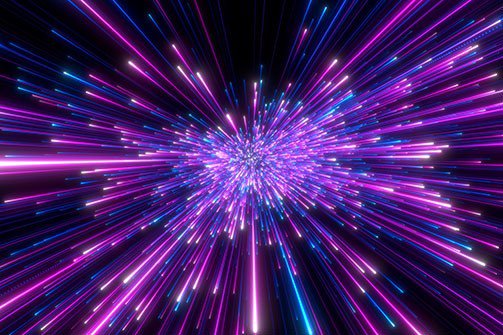 NWO-MOST Consortia in Photonics 台灣-荷蘭光電子聯盟
NWO-MOST Consortia in Photonics 台灣-荷蘭光電子聯盟
 International frontrunners in photonics start joint research (2022-2027)
International frontrunners in photonics start joint research (2022-2027)Within the KIC call 'Consortia in Photonics (Taiwan)' two new international research projects have been awarded. The researchers, companies and public institutions from the Netherlands and Taiwan will do joint research on innovations in photonics. They will receive a total of 2.5 million euro, plus joint co-funding of 250 thousand euro. The call is a collaboration of the Taiwanese science funding agency MOST (Ministry of Science and Technology) and the Dutch Research Council, NWO.
Hybrid integrated photonic components for optical quantum computing (Project number: 19716) In this project, researchers will use integrated photonics to construct novel components for an all-optical quantum computer. In particular, they will use hybrid integration to bring together the best from both optically active materials and low-loss passive materials. The outcome of this research will be a new generation of products for the emerging optical quantum computing market. [link]
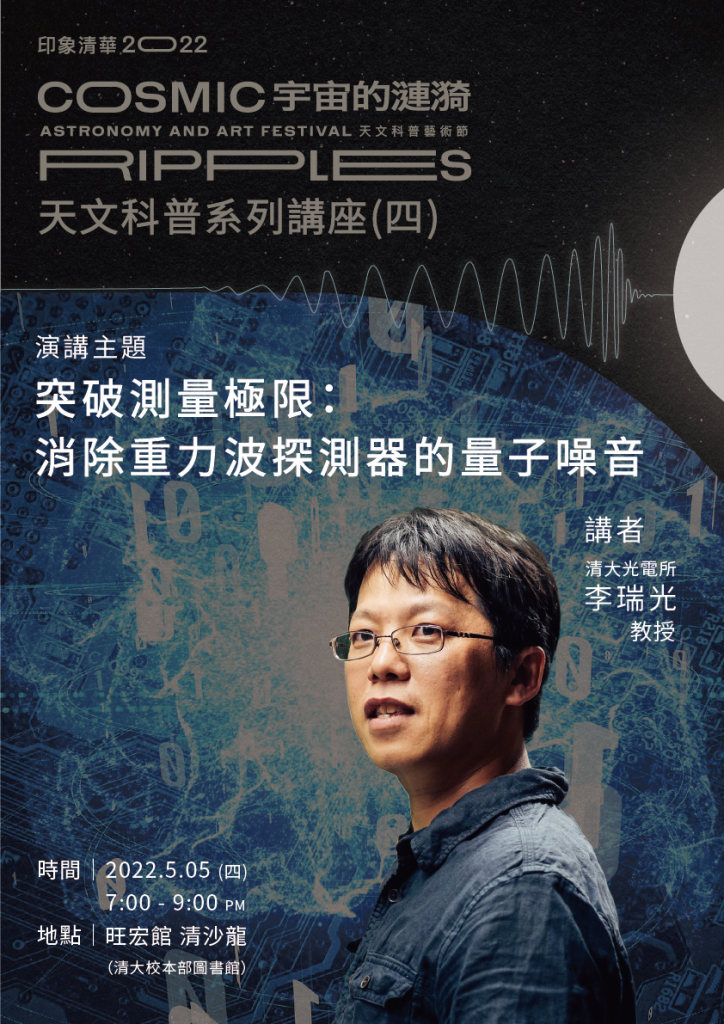 印象清華2022-“宇宙的漣漪” 天文科普藝術節
天文科普系列講座 4:突破測量極限:消除重力波探測器的量子噪音!
印象清華2022-“宇宙的漣漪” 天文科普藝術節
天文科普系列講座 4:突破測量極限:消除重力波探測器的量子噪音!
To Infinity and Beyond ! 想知道全世界最靈敏的重力波探測器,為何測量極限受限於量子噪音嗎?想知道清華大學團隊如何利用量子技術,提高重力波探測器的靈敏度嗎?除了進行升級中的 LIGO-Virgo-KAGRA 重力波探測器網路外,想知道預計 2030 年完工的愛因斯坦望遠鏡(Einstein Telescope)嗎? [link]
 Extract the Degradation Information in Squeezed States with Machine Learning!
Extract the Degradation Information in Squeezed States with Machine Learning!
透過機器學習萃取量子噪音壓縮態的劣化資訊! [link]
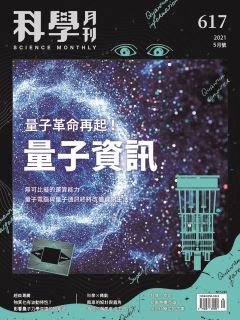
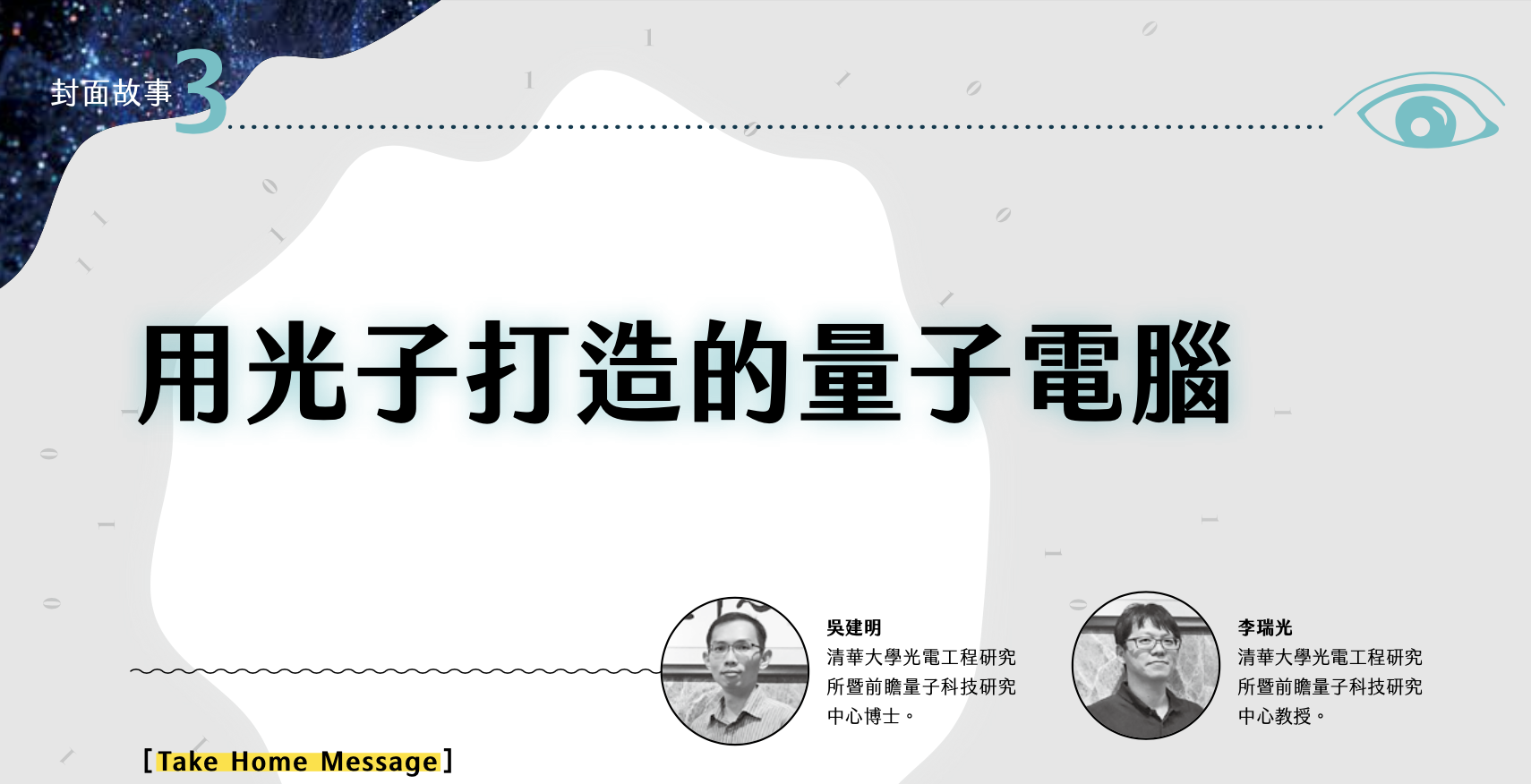
科學月刊 5月號/2021 第617期: 量子資訊”. 封面故事 3:用光子打造量子電腦!/吳建明、李瑞光.
量子電腦憑藉強大的運算能力,是未來資訊科技的新希望。但由於量子系統有著脆弱性與不易擴展等問題,研發過程面臨了許多 挑戰。目前仍有許多科研團隊試圖以各種技術打造量子電腦,其中「光子」是量子運算的強力候選者之一。因光具有波粒二象性, 運用粒子特性的量子位元,或是波動性質的連續變量等特性,都可以編碼量子訊息,進行量子邏輯閘的運算。兩方法各具優點, 但也有許多難題待解決。而隨著兩者的混和方案,以及時間多工等技術的出現,光子量子電腦已開始展露鋒芒。 [link]
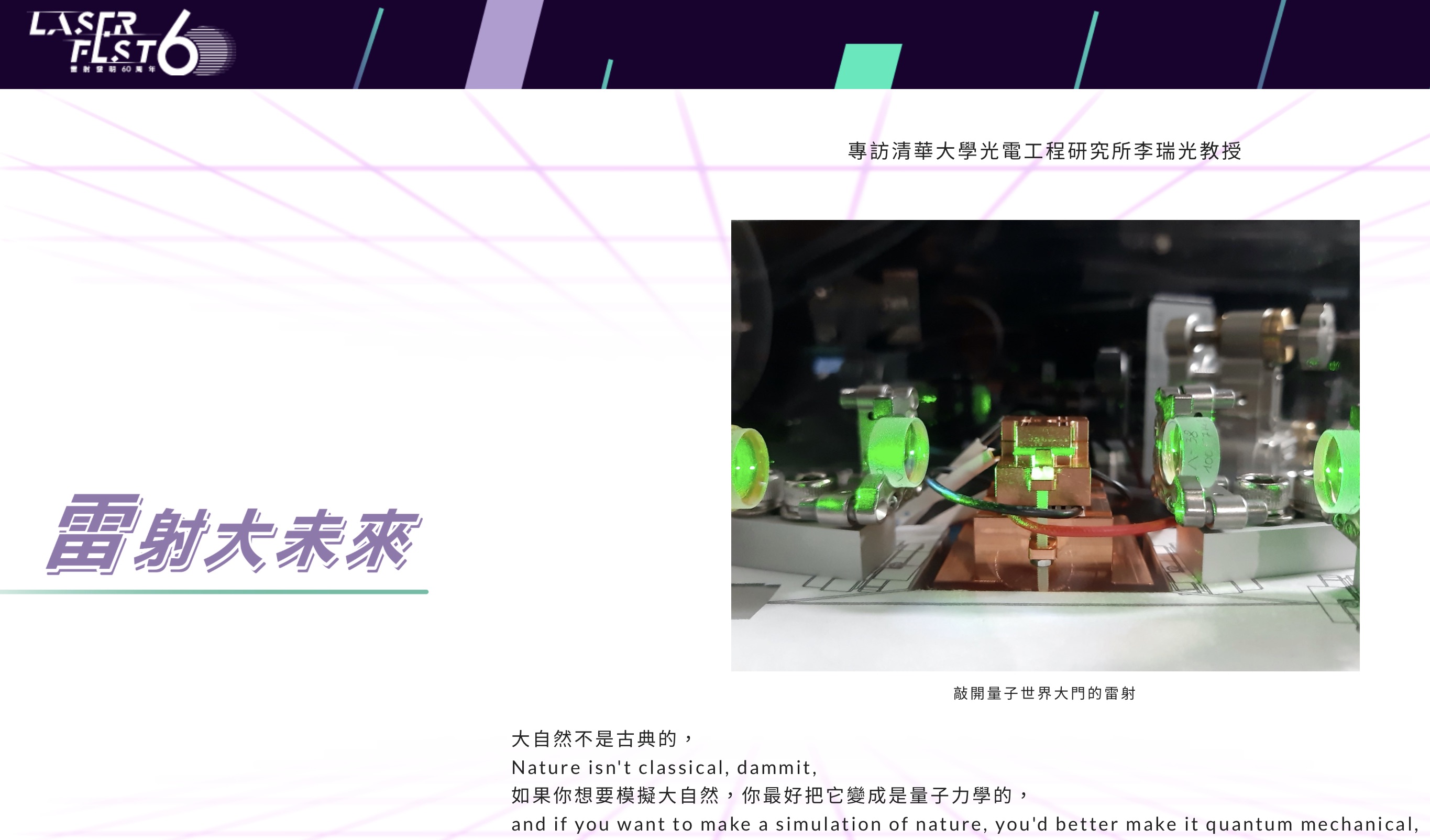
Laser Fest 60 雷射60周年: 雷射大未來:敲開量子世界大門的雷射”. 專訪清華大學光電工程研究所李瑞光教授.
Nature isn't classical, dammit, and if you want to make a simulation of nature, you'd better make it quantum mechanical, and by golly it's a wonderful problem, because it doesn't look so easy. —— Richard Feynman [link]
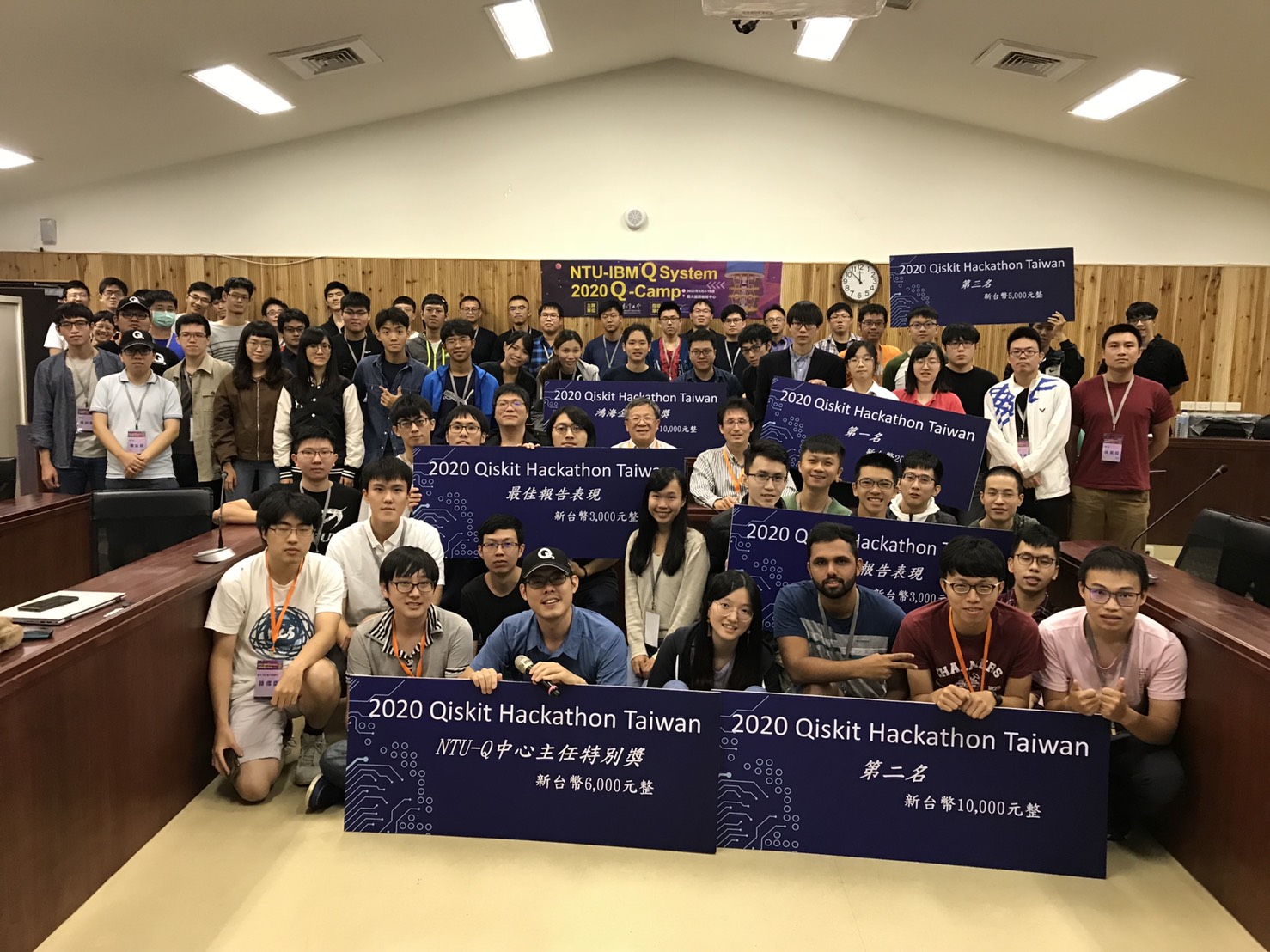 Congratulations to Anandu (the 3rd guy from the right, in the first row):
Congratulations to Anandu (the 3rd guy from the right, in the first row):
Anandu and his team, on the "Quantum simulation of one-dimensional systems on IBM-Q device", won the 2nd Prize in the 2020 Qiskit Hackathon Taiwan (量子黑客松).
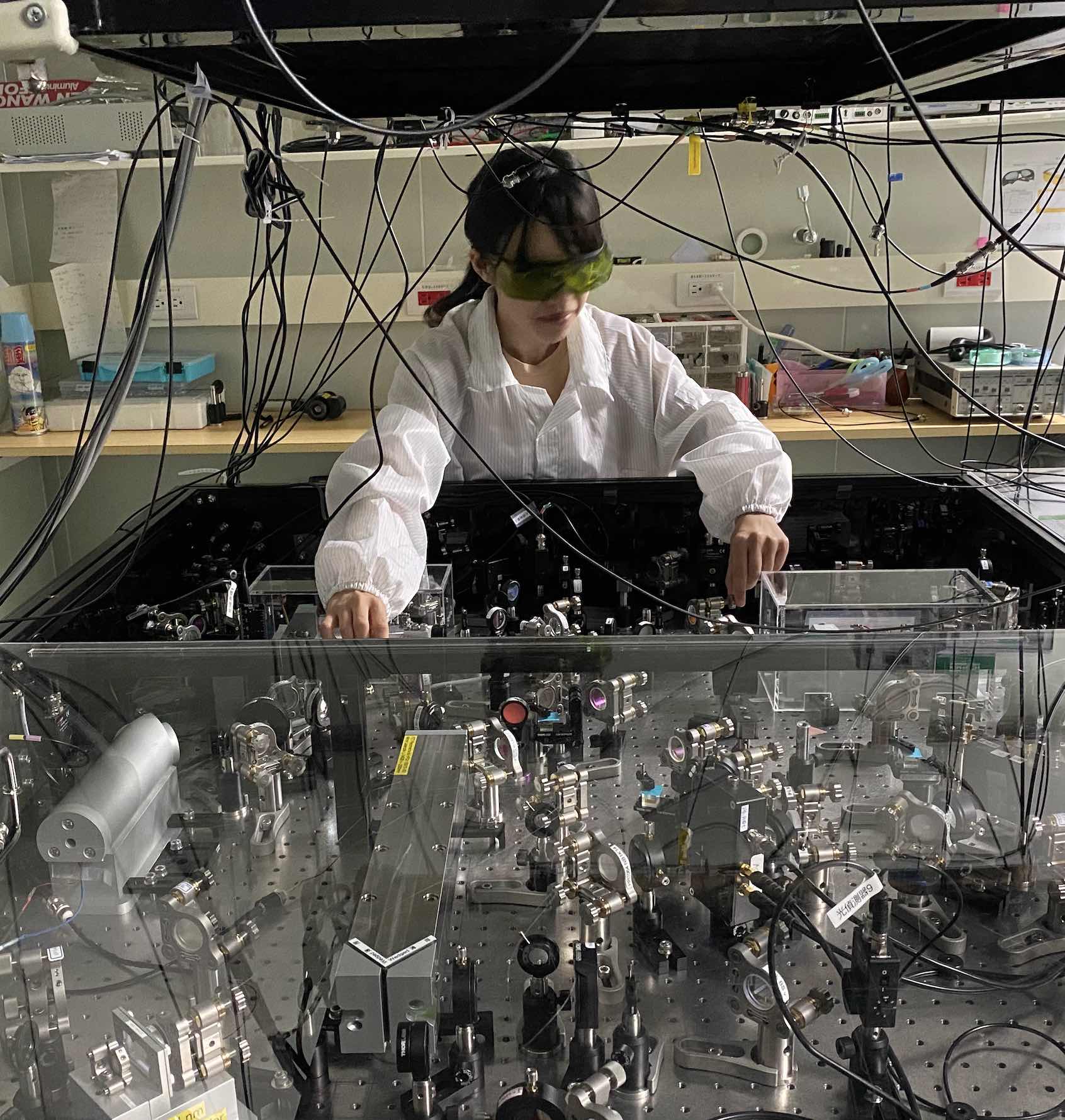 本實驗室獲選“科技部全球事務與科學發展中心: 亮點實驗室”.
本實驗室獲選“科技部全球事務與科學發展中心: 亮點實驗室”.
Quantum Optics Laboratory is selected as one of the Highlight Laboratories, by the MOST Center for Global Affairs and Science Engagement, GASE
Research Highlight:

Optical Cat States
光學貓態
"Generation of heralded optical `Schroedinger cat' states by photon-addition,"
Phys. Rev. A 110, 023703 (2024).
Download
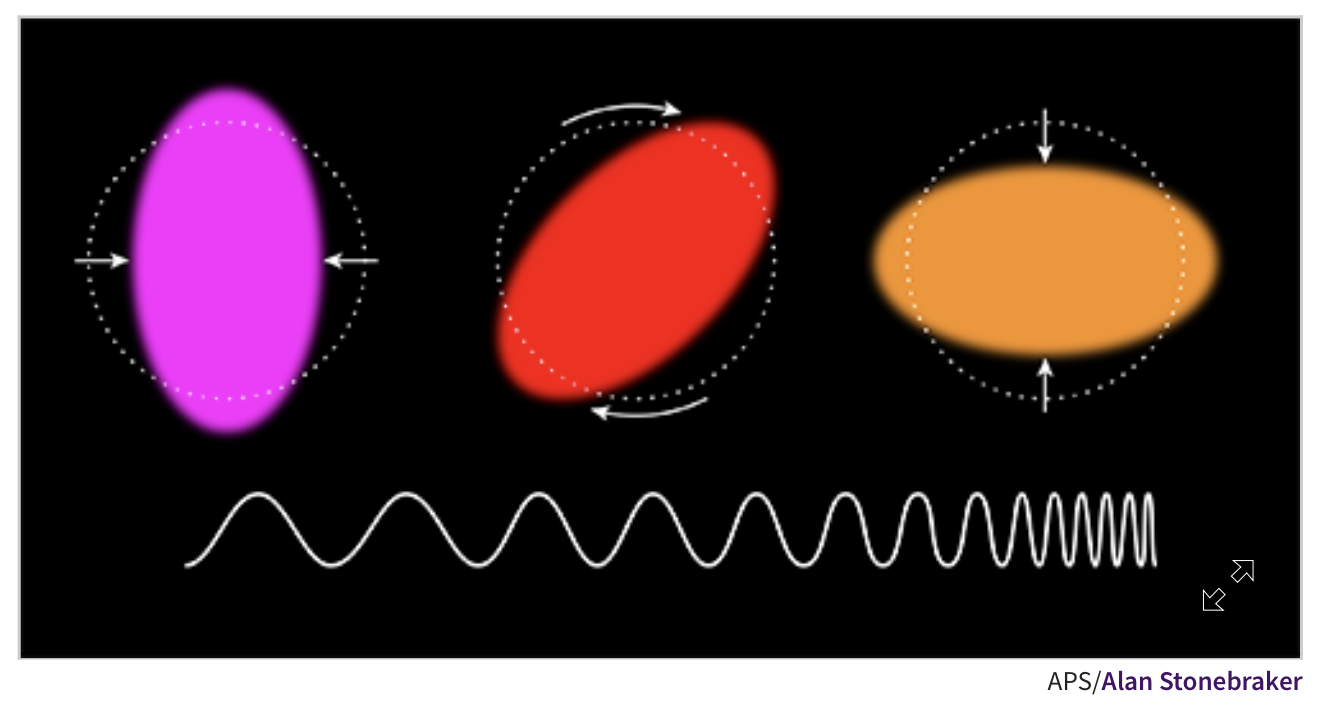
Gravitational Wave Detectors
重力波探測器
"Frequency-dependent squeezed vacuum source for broadband quantum noise reduction in
advanced gravitational-wave detectors,"
Editors' Suggestion; Featured in Physics:
Feeling the Squeeze at All Frequencies. [link]
Phys. Rev. Lett. 124, 171101 (2020).
Download More
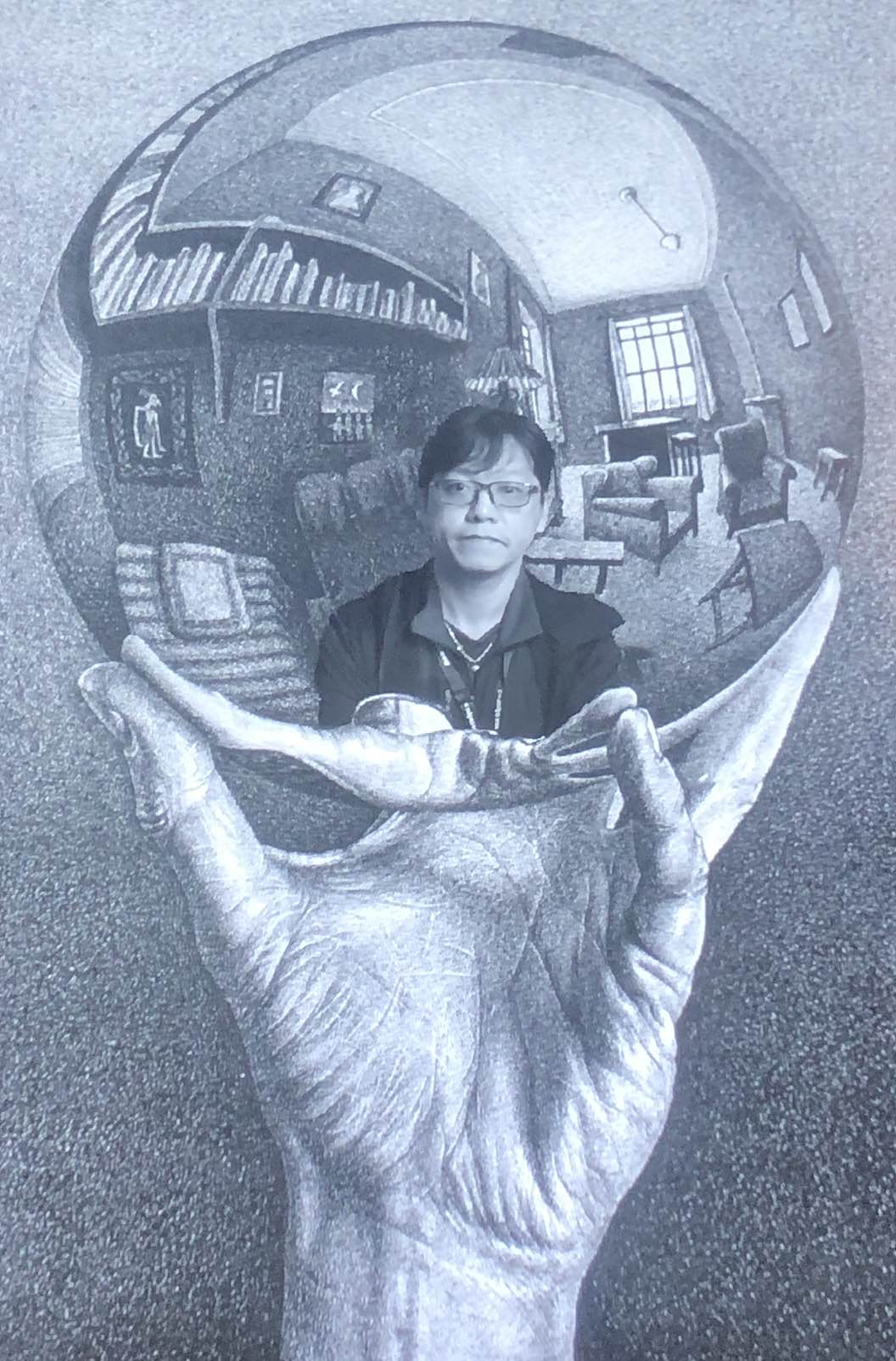
Quantum Art
量子藝術
Bridge the wonderland to our daily life:
Superposition and Entanglement of
Quantum Physics and TechArt !!
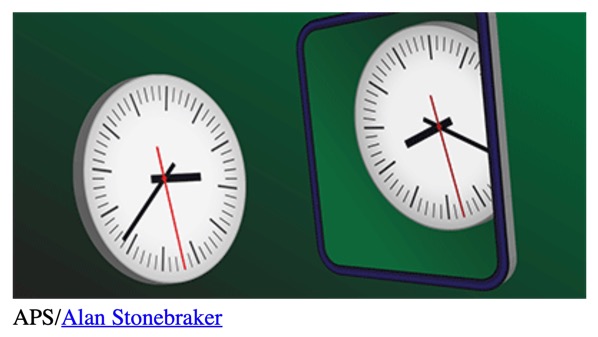
Dilation of quantum mechanics
量子力學的擴展
"Simulating broken PT-symmetric Hamiltonian systems by weak
measurement,"
Phys. Rev. Lett. 123, 080404 (2019).
Download
Editors' Suggestion; Featured in Physics:
Reflecting on an Alternative Quantum Theory. [link]
Phys. Rev. Lett. 112, 130404 (2014).
Download
More
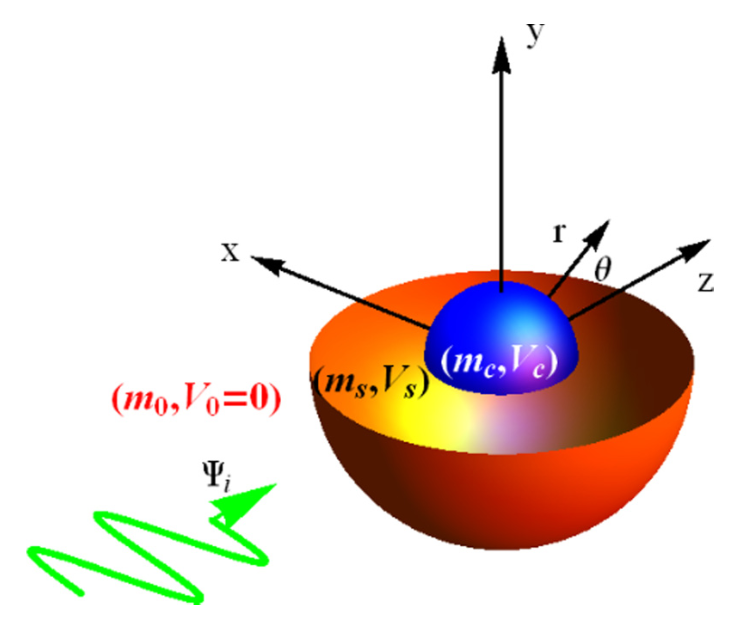
Quantum Invisible Cloak
量子隱形斗篷
"Hiding the interior region of core-shell nano-particles with quantum invisible
cloaks,"
Physics Today News Picks:
Invisibility cloaks theorized to work for quantum effects. [link-1];
MIT Technology Review / ExtremeTech:
Quantum Invisibility Cloak Hides Objects from Reality.
[link-2] [link-3]
Phys. Rev. B 89, 155425 (2014).
Download
More
People
Prof. Dr. Ray-Kuang Lee (李瑞光)
- Distinguish Professor, Institute of Photonics Technologies (IPT), National Tsing Hua University (NTHU), Hsinchu, Taiwan.
- Professor, Department of Electrical Engineer (EE), NTHU, Taiwan.
- Professor (Joint Appointment), Department of Physics (Phys), NTHU, Taiwan.
- Professor (Joint Appointment), College of Semiconductor Research (CoRS), NTHU, Taiwan.
- Chairman, International Intercollegiate Ph.D. Program (iPhD), NTHU, Taiwan.
- Center Scientist, National Center for Theoretical Sciences (NCTS), Taiwan.
- Vice-Chair, KAGRA Scientific Congress (KSC) Board, Japan.
- Committee Member, KAGRA Future Strategy Committee.
- Committee Member, LIGO-Virgo-KAGRA (LVK) Joint Meeting Committee.
- Member, LIGO-Virgo-KAGRA (LVK) Collaboration.
- Representative, Taiwan Research Unit (RU) and Leader of NTHU RU, Einstein Telescope (ET).
- Member, Einstein Telescope (ET) Squeezed Light Working Group.
- Fellow, Optica, formerly Optical Society of America (OSA).
- Member, American Physical Society (APS).
- Member, International Society for Optics and Photonics, (SPIE).
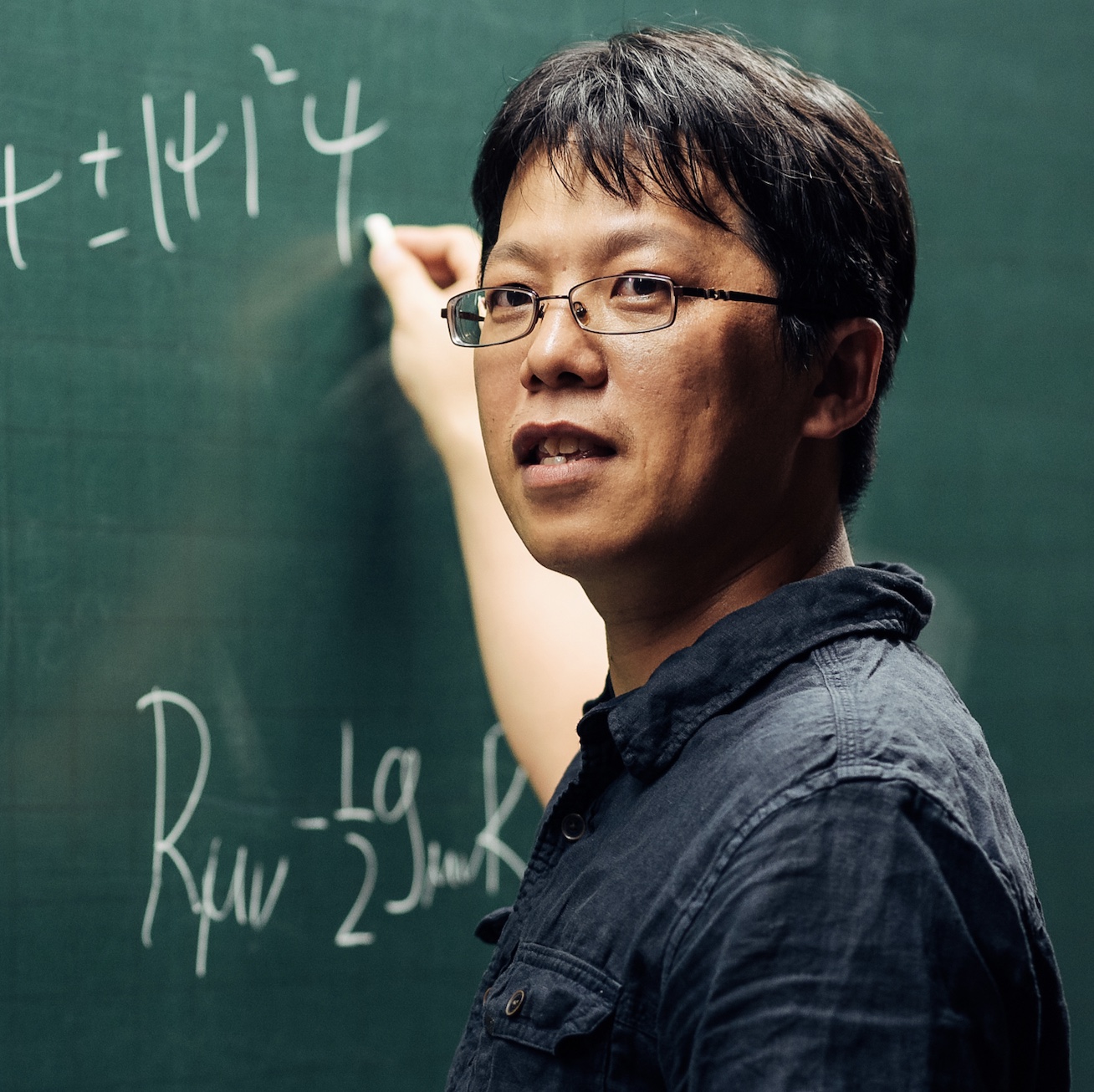
Group Members
[5] Ole Steuernagel and RKL, "Wigner's Phase Space Current for the Conditional Dynamics in Entangled Two Mode Systems -Seeing Beam Splitters in a New Light-," [arXiv: 2308.06706].
[4] Ole Steuernagel and RKL, "Photon Creation viewed from Wigner's Phase Space Current Perspective: The Simplest Possible Derivation of a Lindblad Superoperator Form," [arXiv: 2307.16510].
[3] Yi-Ru Chen, Hsien-Yi Hsieh, Jingyu Ning, Hsun-Chung Wu, Hua Li Chen, Zi-Hao Shi, Popo Yang, Ole Steuernagel, Chien-Ming Wu, and RKL, ""Generation of heralded optical cat states by photon addition," Phys. Rev. A 110, 023703 (2024); [download].
[2] Yi-Ru Chen, Hsien-Yi Hsieh, Jingyu Ning, Hsun-Chung Wu, Hua Li Chen, You-Lin Chuang, Popo Yang, Ole Steuernagel, Chien-Ming Wu, and RKL, "Experimental reconstruction of Wigner phase-space current," Phys. Rev. A 108, 023729 (2023); [download].
[1] Ole Steuernagel, Popo Yang, and RKL, "On the Formation of Lines in Quantum Phase Space," J. Phys. A 56, 015306 (2023); [download].
[12] Yi-Ru Chen, Hsien-Yi Hsieh, Jingyu Ning, Hsun-Chung Wu, Hua Li Chen, Zi-Hao Shi, Popo Yang, Ole Steuernagel, Chien-Ming Wu, and RKL, ""Generation of heralded optical cat states by photon addition," Phys. Rev. A 110, 023703 (2024); [download].
[11] Yi-Ru Chen, Hsien-Yi Hsieh, Jingyu Ning, Hsun-Chung Wu, Hua Li Chen, You-Lin Chuang, Popo Yang, Ole Steuernagel, Chien-Ming Wu, and RKL, "Experimental reconstruction of Wigner phase-space current," Phys. Rev. A 108, 023729 (2023); [download].
[10] Naoki Aritomi, Yuhang Zhao, Eleonora Capocasa, Matteo Leonardi, Marc Eisenmann, Michael Page, Yuefan Guo, Eleonora Polini, Akihiro Tomura, Koji Arai, Yoichi Aso, Martin van Beuzekom, Yao-Chin Huang, RKL, Harald Luck, Osamu Miyakawa, Pierre Prat, Ayaka Shoda, Matteo Tacca, Ryutaro Takahashi, Henning Vahlbruch, Marco Vardaro, Chien-Ming Wu, Matteo Barsuglia, and Raffaele Flaminio, "Demonstration of length control for a filter cavity with coherent control sidebands," Phys. Rev. D 106, 102003 (2022); [download].
[9] Yuhang Zhao, Eleonora Capocasa, Marc Eisenmann, Naoki Aritomi, Michael Page, Yuefan Guo, Eleonora Polini, Koji Arai, Yoichi Aso, Martin van Beuzekom, Yao-Chin Huang, RKL, Harald Luck, Osamu Miyakawa, Pierre Prat, Ayaka Shoda, Matteo Tacca, Ryutaro Takahashi, Henning Vahlbruch, Marco Vardaro, Chien-Ming Wu, Matteo Leonardi, Matteo Barsuglia, and Raffaele Flaminio, "Improving the stability of frequency dependent squeezing with bichromatic control of filter cavity length, alignment, and incident beam pointing," Phys. Rev. D 105, 082003 (2022); [download].
[8] Hsien-Yi Hsieh, Jingyu Ning, Yi-Ru Chen, Hsun-Chung Wu, Hua Li Chen, Chien-Ming Wu, and RKL, "Direct parameter estimations from machine-learning enhanced quantum state tomography," Special Issue "Quantum Optimization & Machine Learning"; Symmetry 14, 874 (2022); [download].
[7] Hsien-Yi Hsieh, Yi-Ru Chen, Hsun-Chung Wu, Hua Li Chen, Jingyu Ning, Yao-Chin Huang, Chien-Ming Wu, and RKL, "Extract the Degradation Information in Squeezed States with Machine Learning," Phys. Rev. Lett. 128, 073604 (2022); [download]. The first experimental paper from my own group.

[6] Yuhang Zhao, Naoki Aritomi, Eleonora Capocasa, Matteo Leonardi, Marc Eisenmann, Yuefan Guo, Eleonora Polini, Akihiro Tomura, Koji Arai, Yoichi Aso, Yao-Chin Huang, RKL, Harald Luck, Osamu Miyakawa, Pierre Prat, Ayaka Shoda, Matteo Tacca, Ryutaro Takahashi, Henning Vahlbruch, Marco Vardaro, Chien-Ming Wu, Matteo Barsuglia, and Raffaele Flaminio, "Frequency-dependent squeezed vacuum source for broadband quantum noise reduction in advanced gravitational-wave detectors," Phys. Rev. Lett. 124, 171101 (2020) [download]; Editors' Suggestion; Featured in Physics [download].
[5] Li-Yi Hsu, Ching-Yi Lai, You-Chia Chang, Chien-Ming Wu, and RKL, "Carrying an arbitrarily large amount of information using a single quantum particle," Phys. Rev. A 102, 022620 (2020); [download].
[4] Ray-Ching Hong, Chun-Yan Lin, You-Lin Chuang>, Chien-Ming Wu, Yonan Su, Jeng Yi Lee, Chien-Chung Jeng, Ming-Feng Shih, and RKL, "Resonance in modulation instability from non-instantaneous nonlinearities," Opt. Lett. 43, 3329 (2018) [download].
[3] Kou-Bin Hong, Chun-Yan Lin, Tsu-Chi Chang, Wei-Hsuan Liang, Ying-Yu Lai, Chien-Ming Wu, You-Lin Chuang, Tien-Chang Lu, Claudio Conti, and RKL, "Lasing on nonlinear localized waves in curved geometry," Optics Express 25, 29068 (2017) [download].
[2] Xing-You Chen, You-Lin Chuang, Chun-Yan Lin, Chien-Ming Wu, Yongyao Li, Boris A. Malomed, and RKL, "Magic tilt angle for stabilizing two-dimensional solitons by dipole-dipole interactions," Phys. Rev. A 96, 043631 (2017) [download].
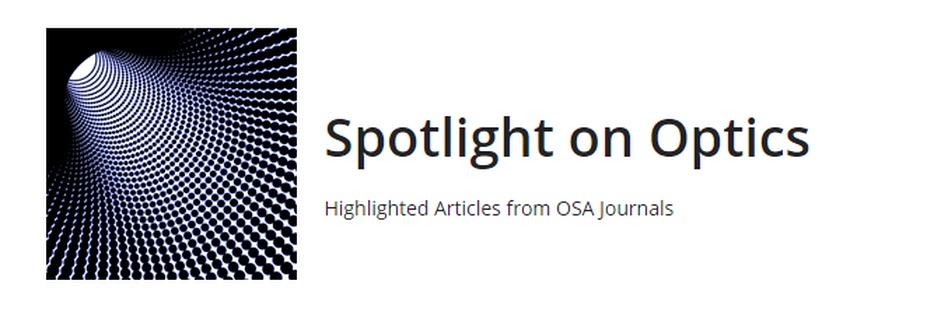
[1] Chien-Ming Wu, Tze-Wei Liu, Ming-Hsuan Wu, RKL, and Wang-Yau Cheng, "Absolute frequency of cesium 6S–8S 822 nm two-photon transition by a high-resolution scheme," Opt. Lett. 38, 3186 (2013) [download]; selected for Spotlight on Optics.
LVK Collaboration Papers
[4] Yi-Ru Chen, Hsien-Yi Hsieh, Jingyu Ning, Hsun-Chung Wu, Hua Li Chen, Zi-Hao Shi, Popo Yang, Ole Steuernagel, Chien-Ming Wu, and RKL, ""Generation of heralded optical cat states by photon addition," Phys. Rev. A 110, 023703 (2024); [download].
[3] Yi-Ru Chen, Hsien-Yi Hsieh, Jingyu Ning, Hsun-Chung Wu, Hua Li Chen, You-Lin Chuang, Popo Yang, Ole Steuernagel, Chien-Ming Wu, and RKL, "Experimental reconstruction of Wigner phase-space current," Phys. Rev. A 108, 023729 (2023); [download].
[2] Hsien-Yi Hsieh, Jingyu Ning, Yi-Ru Chen, Hsun-Chung Wu, Hua Li Chen, Chien-Ming Wu, and RKL, "Direct parameter estimations from machine-learning enhanced quantum state tomography," Special Issue "Quantum Optimization & Machine Learning"; Symmetry 14, 874 (2022); [download].
[1] Hsien-Yi Hsieh, Yi-Ru Chen, Hsun-Chung Wu, Hua Li Chen, Jingyu Ning, Yao-Chin Huang, Chien-Ming Wu, and RKL, "Extract the Degradation Information in Squeezed States with Machine Learning," Phys. Rev. Lett. 128, 073604 (2022); [download]. The first experimental paper from my own group.
Mr. Hsun-Chung Wu (吳訓忠)
[4] Yi-Ru Chen, Hsien-Yi Hsieh, Jingyu Ning, Hsun-Chung Wu, Hua Li Chen, Zi-Hao Shi, Popo Yang, Ole Steuernagel, Chien-Ming Wu, and RKL, ""Generation of heralded optical cat states by photon addition," Phys. Rev. A 110, 023703 (2024); [download].
[3] Yi-Ru Chen, Hsien-Yi Hsieh, Jingyu Ning, Hsun-Chung Wu, Hua Li Chen, You-Lin Chuang, Popo Yang, Ole Steuernagel, Chien-Ming Wu, and RKL, "Experimental reconstruction of Wigner phase-space current," Phys. Rev. A 108, 023729 (2023); [download].
[2] Hsien-Yi Hsieh, Jingyu Ning, Yi-Ru Chen, Hsun-Chung Wu, Hua Li Chen, Chien-Ming Wu, and RKL, "Direct parameter estimations from machine-learning enhanced quantum state tomography," Special Issue "Quantum Optimization & Machine Learning"; Symmetry 14, 874 (2022); [download].
[1] Hsien-Yi Hsieh, Yi-Ru Chen, Hsun-Chung Wu, Hua Li Chen, Jingyu Ning, Yao-Chin Huang, Chien-Ming Wu, and RKL, "Extract the Degradation Information in Squeezed States with Machine Learning," Phys. Rev. Lett. 128, 073604 (2022); [download]. The first experimental paper from my own group.
LVK Collaboration Papers
Miss Hua Li Chen (陳華麗)
[5] Yi-Ru Chen, Hsien-Yi Hsieh, Jingyu Ning, Hsun-Chung Wu, Hua Li Chen, Zi-Hao Shi, Popo Yang, Ole Steuernagel, Chien-Ming Wu, and RKL, ""Generation of heralded optical cat states by photon addition," Phys. Rev. A 110, 023703 (2024); [download].
[4] Yi-Ru Chen, Hsien-Yi Hsieh, Jingyu Ning, Hsun-Chung Wu, Hua Li Chen, You-Lin Chuang, Popo Yang, Ole Steuernagel, Chien-Ming Wu, and RKL, "Experimental reconstruction of Wigner phase-space current," Phys. Rev. A 108, 023729 (2023); [download].
[3] Hsien-Yi Hsieh, Jingyu Ning, Yi-Ru Chen, Hsun-Chung Wu, Hua Li Chen, Chien-Ming Wu, and RKL, "Direct parameter estimations from machine-learning enhanced quantum state tomography," Special Issue "Quantum Optimization & Machine Learning"; Symmetry 14, 874 (2022); [download].
[2] Hsien-Yi Hsieh, Yi-Ru Chen, Hsun-Chung Wu, Hua Li Chen, Jingyu Ning, Yao-Chin Huang, Chien-Ming Wu, and RKL, "Extract the Degradation Information in Squeezed States with Machine Learning," Phys. Rev. Lett. 128, 073604 (2022); [download]. The first experimental paper from my own group.
[1] Hua Li Chen, Gang Wang, and RKL, "Nearly complete survival of an entangled biphoton through bound states in continuum in disordered photonic lattices,"
Optics Express 26, 33205 (2018) [download].
LVK Collaboration Papers
Mr. Anandu Kalleri Madhu (雅南度)
[1] Anandu Kalleri Madhu, Alexey A. Melnikov, Leonid E. Fedichkin, Alexander Alodjants, and RKL, "Quantum walk processes in quantum devices," Heliyon 9, e13416 (2023); [download].
Mr. Wei-Ting Lin (林威廷)
Mr. Zi-Hao Shi (石子豪)
[1] Yi-Ru Chen, Hsien-Yi Hsieh, Jingyu Ning, Hsun-Chung Wu, Hua Li Chen, Zi-Hao Shi, Popo Yang, Ole Steuernagel, Chien-Ming Wu, and RKL, ""Generation of heralded optical cat states by photon addition," Phys. Rev. A 110, 023703 (2024); [download].
Mr. Juan Camilo Rodríguez Pérez (武安)
Mr. John Peng (彭仕鎧)
Miss Kaiyu Lin (林楷育)
Mr. Yoga Chen (陳又加)
Mr. Hank Wu (吳欣鴻)
Mr. Allen Wang (王柏涵)
Mr. Shaohua Hu (胡少華)
Miss Ryan Yang (楊恩瑄), EE, NTHU
Mr. (黃子祐), EE, NTHU
[4] Yi-Ru Chen, Hsien-Yi Hsieh, Jingyu Ning, Hsun-Chung Wu, Hua Li Chen, Zi-Hao Shi, Popo Yang, Ole Steuernagel, Chien-Ming Wu, and RKL, ""Generation of heralded optical cat states by photon addition," Phys. Rev. A 110, 023703 (2024); [download].
[3] Yi-Ru Chen, Hsien-Yi Hsieh, Jingyu Ning, Hsun-Chung Wu, Hua Li Chen, You-Lin Chuang, Popo Yang, Ole Steuernagel, Chien-Ming Wu, and RKL, "Experimental reconstruction of Wigner phase-space current," Phys. Rev. A 108, 023729 (2023); [download].
[2] Hsien-Yi Hsieh, Jingyu Ning, Yi-Ru Chen, Hsun-Chung Wu, Hua Li Chen, Chien-Ming Wu, and RKL, "Direct parameter estimations from machine-learning enhanced quantum state tomography," Special Issue "Quantum Optimization & Machine Learning"; Symmetry 14, 874 (2022); [download].
[1] Hsien-Yi Hsieh, Yi-Ru Chen, Hsun-Chung Wu, Hua Li Chen, Jingyu Ning, Yao-Chin Huang, Chien-Ming Wu, and RKL, "Extract the Degradation Information in Squeezed States with Machine Learning," Phys. Rev. Lett. 128, 073604 (2022); [download]. The first experimental paper from my own group.
LVK Collaboration Papers
[6] Yi-Ru Chen, Hsien-Yi Hsieh, Jingyu Ning, Hsun-Chung Wu, Hua Li Chen, Zi-Hao Shi, Popo Yang, Ole Steuernagel, Chien-Ming Wu, and RKL, ""Generation of heralded optical cat states by photon addition," Phys. Rev. A 110, 023703 (2024); [download].
[5] Yi-Ru Chen, Hsien-Yi Hsieh, Jingyu Ning, Hsun-Chung Wu, Hua Li Chen, You-Lin Chuang, Popo Yang, Ole Steuernagel, Chien-Ming Wu, and RKL, "Experimental reconstruction of Wigner phase-space current," Phys. Rev. A 108, 023729 (2023); [download].
[4] Ole Steuernagel, Popo Yang, and RKL, "On the Formation of Lines in Quantum Phase Space," J. Phys. A 56, 015306 (2023); [download].
[3] Popo Yang, Ivan F. Valtierra, Andrei B. Klimov, Shin-Tza Wu, RKL, and Luis L. Sanchez-Soto, and Gerd Leuchs, "The Wigner flow on the sphere," Physica Scripta 94, 044001 (2019); for the New Focus issue: Quantum Optics and Beyond- in honour of Wolfgang Schleich [download].
[2] Ludmila Praxmeyer, Chih-Cheng Chen, Popo Yang, Shang-Da Yang, and RKL, "Direct measurement of time-frequency analogs of sub-Planck structures," Phys. Rev. A 93, 053835 (2016) [download].
[1] Ludmila Praxmeyer, Popo Yang, and RKL, "Phase-space representation of a non-Hermitian system with PT-symmetry," Phys. Rev. A 93, 042122 (2016) [download].
[22] Yi-Ru Chen, Hsien-Yi Hsieh, Jingyu Ning, Hsun-Chung Wu, Hua Li Chen, You-Lin Chuang, Popo Yang, Ole Steuernagel, Chien-Ming Wu, and RKL, "Experimental reconstruction of Wigner phase-space current," Phys. Rev. A 108, 023729 (2023); [download].
[21] You-Lin Chuang, RKL, and Ite A. Yu, "Generation of quantum entanglement based on electromagnetically induced transparency media," Opt. Express 29, 3928 (2021); [download].
[20] Chun-Yan Lin, Giulia Marcucci, You-Lin Chuang, Gang Wang, Claudio Conti, and RKL, "Multidimensional topological strings by curved potentials: Simultaneous realization of mobility edge and topological protection," OSA Continuum 4, 315 (2021); [download].
[19] Ray-Ching Hong, Chun-Yan Lin, You-Lin Chuang, Chien-Ming Wu, Yonan Su, Jeng Yi Lee, Chien-Chung Jeng, Ming-Feng Shih, and RKL, "Resonance in modulation instability from non-instantaneous nonlinearities," Opt. Lett. 43, 3329 (2018) [download].
[18] You-Lin Chuang, Ziauddin, and RKL, "Realization of simultaneously parity-time-symmetric and parity-time-antisymmetric susceptibilities along the longitudinal direction in atomic systems with all optical controls," Optics Express 26, 21969 (2018) [download];
[17] D. V. Tsarev, S. M. Arakelian, You-Lin Chuang, RKL, and A. P. Alodjants, "Quantum metrology beyond Heisenberg limit with entangled matter wave solitons," Optics Express 26, 19583 (2018) [download].
[16] Rahmatullah, Ziauddin, You-Lin Chuang, RKL, and Sajid Qamar, "Sub-microwave wavelength localization of Rydberg superatoms," J. Opt. Soc. Am. B 35, 2588 (2018) [download].
[15] Rahmatullah, You-Lin Chuang, RKL, and Sajid Qamar, "3D atom microscopy in the presence of Doppler shift," Laser Phys. Lett. 15, 035202 (2018) [download];
[14] You-Lin Chuang, RKL, and Ite A. Yu, "Optical-density-enhanced squeezed-light generation without optical cavities," Phys. Rev. A 96, 053818 (2017) [download].
[13] Xing-You Chen, You-Lin Chuang, Chun-Yan Lin, Chien-Ming Wu, Yongyao Li, Boris A. Malomed, and RKL, "Magic tilt angle for stabilizing two-dimensional solitons by dipole-dipole interactions," Phys. Rev. A 96, 043631 (2017) [download].
[12] Kou-Bin Hong, Chun-Yan Lin, Tsu-Chi Chang, Wei-Hsuan Liang, Ying-Yu Lai, Chien-Ming Wu, You-Lin Chuang, Tien-Chang Lu, Claudio Conti, and RKL, "Lasing on nonlinear localized waves in curved geometry," Optics Express 25, 29068 (2017) [download].
[11] Ziauddin, You-Lin Chuang, and RKL, "PT-symmetry in Rydberg atoms," EuroPhys. Lett. 115, 14005 (2016) [download].
[10] Ziauddin, You-Lin Chuang, Sajid Qamar, and RKL, "Goos-Hanchen shift of partially coherent light fields in epsilon-near-zero metamaterials," Sci. Rep. 6, 26504 (2016) [download].
[9] Ziauddin, You-Lin Chuang, RKL, and Sajid Qamar, "Coherent control of the group velocity in a dielectric slab doped with duplicated two-level atoms," Laser Phys. 26, 015205 (2016) [download].
[8] Yi-Chan Lee, Jibing Liu, You-Lin Chuang, Min-Hsiu Hsieh, and RKL, "Passive PT-symmetric couplers without complex optical potentials," Phys. Rev. A 92, 053815 (2015) [download].
[7] Ziauddin, You-Lin Chuang, and RKL, "Giant Goos-Hanchen shift using PT-symmetry," Phys. Rev. A 92, 013815 (2015) [download].
[6] You-Lin Chuang, Ite A. Yu, and RKL, "Quantum theory for pulse propagation in electromagnetically-induced-transparency media beyond the adiabatic approximation," Phys. Rev. A 91, 063818 (2015) [download].
[5] Ziauddin, You-Lin Chuang, and RKL, "Negative and positive Goos-Hanchen shifts of partially coherent light fields," Phys. Rev. A 91, 013803 (2015) [download].
[4] You-Lin Chuang, Ite A. Yu, and RKL, "Nonseparated states from squeezed dark-state polaritons in electromagnetically induced transparency media," J. Opt. Soc. Am. B 32, 1384 (2015) [download].
[3] E. S. Sedov, A. P. Alodjants, S. M. Arakelian, You-Lin Chuang, YuanYao Lin, Wen-Xing Yang, and RKL, "Tunneling-assisted optical information storage with lattice polariton solitons in cavity-QED arrays," Phys. Rev. A 89, 033828 (2014) [download].
[2] Shaopeng Liu, Wen-Xing Yang, You-Lin Chuang, Ai-Xi Chen, Ang Liu, Yan Huang, and RKL, "Enhanced four-wave mixing efficiency in four-subband semiconductor quantum wells via Fano-type interference," Optics Express 22, 29179 (2014) [download].
[1] You-Lin Chuang and RKL, "Conditions to preserve quantum entanglement of quadrature fluctuation fields in electromagnetically induced transparency media," Opt. Lett. 34, 1537 (2009); also selected in Virtual Journal of Quantum Information 9, Issue 6 (2009) [download]
[14] Jeng Yi Lee, Hao-Yu Lu, and RKL, "Universal Law of Coiling for a Short Elastic Strip Contacting Within a Tube," [arXiv: 2303.08304].
[13] Jeng Yi Lee, Lujun Huang, Lei Xu, Andrey E. Miroshnichenko, and RKL, "Broadband control on scattering events with interferometric coherent waves," New J. Phys. 23, 063014 (2021); [download].
[12] Jeng Yi Lee, Yueh-Heng Chung, Andrey E. Miroshnichenko, and RKL, "Linear control of light scattering with multiple coherent waves excitation," Opt. Lett. 44, 5310 (2019) [download].
[11] Ray-Ching Hong, Chun-Yan Lin, You-Lin Chuang, Chien-Ming Wu, Yonan Su, Jeng Yi Lee, Chien-Chung Jeng, Ming-Feng Shih, and RKL, "Resonance in modulation instability from non-instantaneous nonlinearities," Opt. Lett. 43, 3329 (2018) [download].
[10] Jeng Yi Lee, Andrey E. Miroshnichenko, and RKL, "Simultaneously nearly zero forward and nearly zero backward scattering objects," Optics Express 26, 30393 (2018) [download].
[9] Jeng Yi Lee and RKL, "Exploring matter wave scattering by means of the phase diagram," EuroPhys. Lett. 124, 30006 (2018) [download].
[8] Jeng Yi Lee, Andrey E. Miroshnichenko, and RKL, "Reexamination of Kerker’s conditions by means of the phase diagram," Phys. Rev. A 96, 043846 (2017) [download].

[7] Jeng Yi Lee and RKL, "Phase diagram for investigating the scattering properties of passive scatterers," reported in SPIE Newsroom (May 2017) [download].
[6] Jeng Yi Lee, Andrey E. Miroshnichenko, and RKL, "Designing quantum resonant scatterers at subwavelength scale," Phys. Lett. A 381, 2860 (2017) [download].
[5] Jeng Yi Lee and RKL, "Phase diagram for passive electromagnetic scatterers," Optics Express 24, 6480 (2016) [download].
[4] Jeng-Yi Lee, Min-Chiao Tsai, Po-Chin Chen, Tin-Tin Chen, Kuei-Lin Chan, Chi-Young Lee, and RKL, "Thickness effect on light absorption and scattering for nanoparticles in shape of hollow-spheres," J. Phys. Chem: C 119, 25754 (2015) [download].
[3] Min-Chiao Tsai, Jeng-Yi Lee, Ya-Chen Chang, Min-Han Yang, Tin-Tin Chen, I-Chun Chang, Pei-Chi Lee, Hsin-Tien Chiu, RKL, and Chi-Young Lee, "Scattering resonance enhanced dye absorption of dye sensitized solar cells at optimized hollow structure size," J. Power Sources 268, 1 (2014) [download].
[2] Min-Chiao Tsai, Jeng-Yi Lee, Po-Chin Chen, Yuan-Wei Chang, Ya-Chen Chang, Min-Han Yang, Hsin-Tien Chiu, I-Nan Lin, RKL, and Chi-Young Lee, "Effects of size and shell thickness of TiO2 hierarchical hollow spheres on photocatalytic behavior: An experimental and theoretical study," Applied Catalysis B: Environmental 147, 499 (2014) [download].
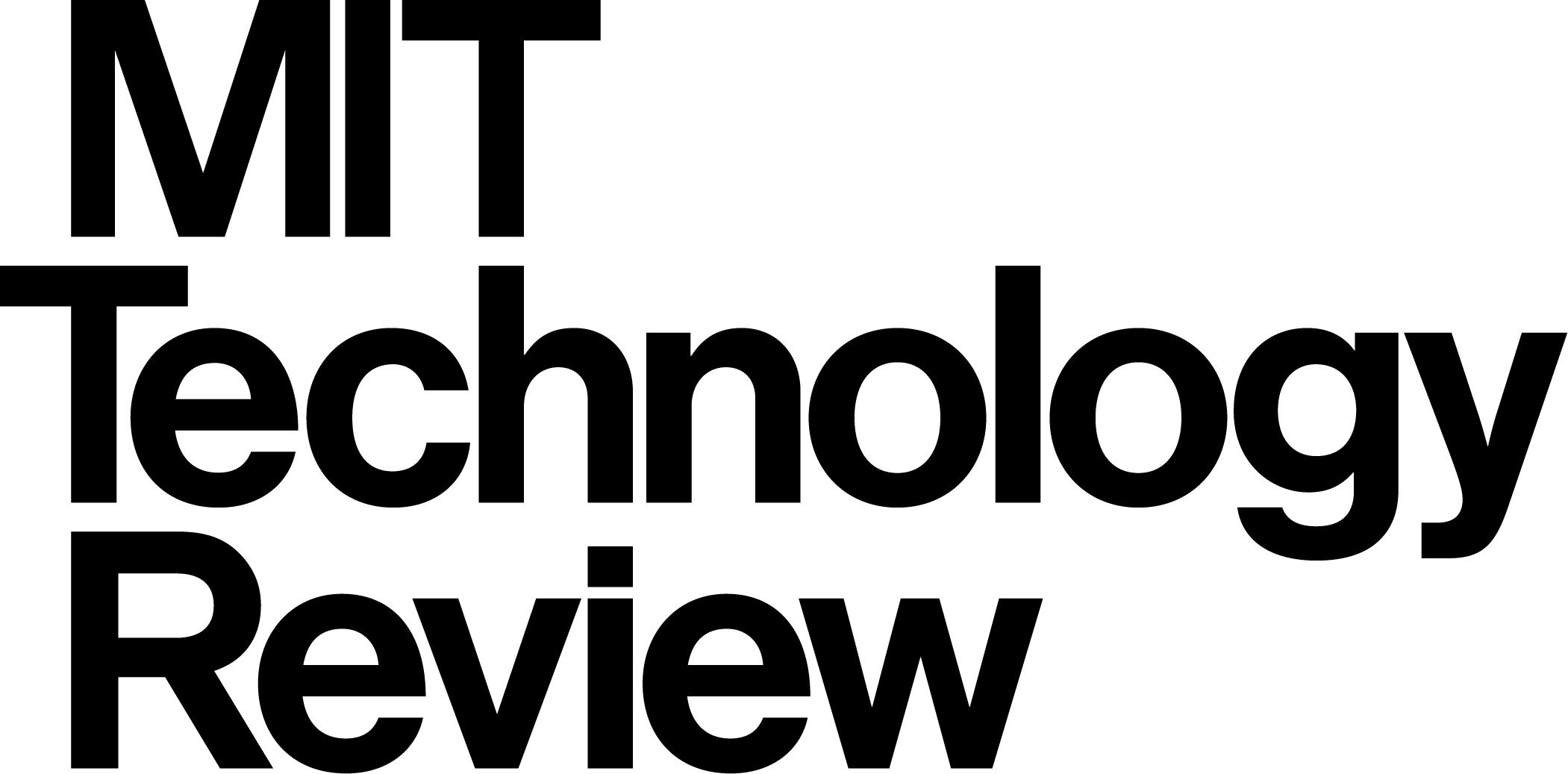
[1] Jeng Yi Lee and RKL, "Hiding the interior region of core-shell nano-particles with quantum invisible cloaks," Phys. Rev. B 89, 155425 (2014) [download]; reported in Physics Today News Picks: Invisibility cloaks theorized to work for quantum effects. [link-1]; MIT Technology Review / ExtremeTech: Phase diagram for investigating the scattering properties of passive scatterers. [link-2] [link-3]
[27] Ming Shen, Yonan Su, Ray-Ching Hong, YuanYao Lin, Chien-Chung Jeng, Min-Feng Shih, and RKL, "Observation of phase boundaries in spontaneous optical pattern formation," Phys. Rev. A 91, 023810 (2015) [download].
[26] E. S. Sedov, A. P. Alodjants, S. M. Arakelian, You-Lin Chuang, YuanYao Lin , Wen-Xing Yang, and RKL, "Tunneling-assisted optical information storage with lattice polariton solitons in cavity-QED arrays," Phys. Rev. A 89, 033828 (2014) [download].
[25] Kuan-Hsien Kuo, YuanYao Lin, and RKL, "Thresholdless crescent waves in an elliptical ring," Opt. Lett. 38, 1077 (2013) [download].
[24] L. Chen, Q. Wang, M. Shen, H. Zhao, YuanYao Lin, C.-C. Jeng, RKL, and W. Krolikowski, "Nonlocal dark solitons under competing cubic-quintic nonlinearities," Opt. Lett. 38, 13 (2013) [download].
[23] I-Hong Chen, YuanYao Lin, Y.-C. Lai, E. S. Sedov, A. P. Alodjants, S. M. Arakelian, and RKL, "Solitons in cavity-QED arrays containing interacting qubits," Phys. Rev. A 86, 023829 (2012) [download].
[22] Ming Shen, J.-J. Zheng, Q. Kong, YuanYao Lin, C.-C. Jeng, RKL, and W. Krolikowski, "Stabilization of counter-rotating vortex pairs in nonlocal media," Phys. Rev. A 86, 013827 (2012) [download].
[21] Chandroth P. Jisha, Kuei-Chu Hsu, YuanYao Lin, Ja-Hon Lin, Chien-Chung Jeng, and RKL, "Tunable pattern transitions in a liquid-crystal-monomer mixture using two-photon polymerization," Opt. Lett. 37, 4931 (2012) [download].
[20] Ming Shen, YuanYao Lin, Chien-Chung Jeng, and RKL, "Vortex pairs in nonlocal nonlinear media," J. Opt. 14, 065204 (2012) [download].
[19] Chandroth P. Jisha, Kuei-Chu Hsu, YuanYao Lin, Ja-Hon Lin, Kai-Ping Chuang, Chao-Yi Tai, and RKL, "Phase separation and pattern instability of laser-induced polymerization in liquid-crystal-monomer mixtures," Optical Materials Express 1, 1494 (2011); article in Feature issue on Liquid Crystal Materials for Photonic Applications [download].
[18] Chandroth P. Jisha, YuanYao Lin, Tsin-Dong Lee, and RKL "Crescent Waves in Optical Cavities," Phys. Rev. Lett. 107, 183902 (2011) [download].
[17] E.S. Sedov, A.P. Alodjants, S.M. Arakelian, YuanYao Lin, and RKL, "Nonlinear properties and stabilities of polariton crystals beyond the low excitation density limit," Phys. Rev. A 84, 013813 (2011) [download].
[16] Kuan-Hsien Kuo, YuanYao Lin, RKL, and Boris A. Malomed,"Gap solitons under competing local and nonlocal nonlinearities," Phys. Rev. A 83, 053838 (2011) [download].
[15] YuanYao Lin, I-Hong Chen, and RKL, "Few-cycle Self-Induced-Transparency Solitons," Phys. Rev. A 83, 043828 (2011) [download].
[14] YuanYao Lin, Chandroth P. Jisha, Ching-Jen Jeng, RKL, and Boris A. Malomed, "Gap solitons in optical lattices embedded into nonlocal media," Phys. Rev. A 81, 063803 (2010) [download].
[13] Wen-Xing Yang, YuanYao Lin, Tsin-Dong Lee, RKL, and Yuri S. Kivshar, "Nonlinear localized modes in bandgap microcavities," Opt. Lett. 35, 3207 (2010) [download].
[12] Chien-Chung Jeng, YuanYao Lin, Ray-Ching Hong, and RKL, "Optical Pattern Transitions from Modulation to Transverse Instabilities in Photorefractive Crystals," Phys. Rev. Lett. 102, 153905 (2009) [download].
[11] YuanYao Lin, RKL, and Boris A. Malomed, "Bragg solitons in nonlocal nonlinear media," Phys. Rev. A 80, 013838 (2009) [download].
[10] Wen-Xing Yang, Jing-Min Hou, YuanYao Lin, and RKL, "Detuning management of optical solitons in coupled quantum wells," Phys. Rev. A 79, 033825 (2009) [download].
[9] YuanYao Lin, RKL, and Yuri S. Kivshar, "Transverse instability of transverse-magnetic solitons and nonlinear surface plasmons," Opt. Lett. 34, 2982 (2009) [download].
[8] YuanYao Lin, Chih-Yao Chen, Wei Chien, Jin-Shan Pan, Tsin-Dong Lee, and RKL, "Enhanced directional lasing by the interference between stable and unstable periodic orbits," Appl. Phys. Lett. 94, 221112 (2009); Images also appear in Optics & Photonics News November issue (Winner in the 2008 After Image Photon Contest) [download].
[7] Ching-Jen Cheng, YuanYao Lin, Chih-Yao Chen, Tsin-Dong Lee, and RKL, "Lasing on higher-azimuthal-order modes in vertical cavity surface emitting lasers at room temperature," Appl. Phys. B 97, 619 (2009) [download].
[6] Tsin-Dong Lee, Chih-Yao Chen, YuanYao Lin, Ming-Chiu Chou, Te-ho Wu, and RKL, "Surface-Structure-Assisted Chaotic Mode Lasing in Vertical Cavity Surface Emission Lasers," Phys. Rev. Lett. 101, 084101 (2008); Images also appear in Optics & Photonics News November issue (Winner in the 2008 After Image Photon Contest) [download].
[5] YuanYao Lin, RKL, Yee-Mou Kao, and Tsin-Fu Jiang, "Band structures of a dipolar Bose-Einstein condensate in one-dimensional lattices," Phys. Rev. A 78, 023629 (2008) [download].
[4] YuanYao Lin and RKL, "Symmetry-breaking instabilities of generalized elliptical solitons," Opt. Lett. 33, 1377 (2008) [download].
[3] YuanYao Lin, RKL, and Yuri S. Kivshar, "Suppression of soliton transverse instabilities in nonlocal nonlinear media," J. Opt. Soc. Am. B 25, 576 (2008) [download].
[2] YuanYao Lin, I-Hong Chen, and RKL, "Breather-like Collision of Gap Solitons in Bragg Gap Regions within Nonlocal Nonlinear Photonic Crystals," J. Opt. A: Pure and Applied Optics 10, 044017 (special issue, 2008); selected papers from Optical MEMS and Nanophotonics 2007 (12–16 Aug. 2007, Hualien, Taiwan) [download].
[1] YuanYao Lin and RKL, "Dark-bright soliton pairs in nonlocal nonlinear media," Optics Express 15, 8781 (2007) [download].
[33] Tao Shui, Wen-Xing Yang, Mu-Tian Cheng, and RKL, "Optical nonreciprocity and nonreciprocal photonic devices with directional four-wave mixing effect," Opt. Express 30, 6284 (2022); [download].
[32] Zhouhu Zhu, Wen-Xing Yang, Xiao-Tao Xia, Shasha Liu, Shaopeng Liu, and RKL, "Three-dimensional atom localization from spatial interference in a double two-level atomic system," Phys. Rev. A 94, 013826 (2016) [download].
[31] Wen-Xing Yang, Xiao-Tao Xie, Ai-Xi Chen, Ziwen Huagn, and RKL, "Coherent control of high-order-harmonic generation via tunable plasmonic bichromatic near fields in a metal nanoparticle,", Phys. Rev. A 93, 053806 (2016) [download].
[30] Shaopeng Liu, Wen-Xing Yang, Zhoughu Zhu, Shasha Liu, and RKL, "Effective hyper-Raman scattering via inhibiting electromagnetically induced transparency in monolayer graphene under an external magnetic field," Opt. Lett. 41, 2891 (2016) [download].
[29] Zhouhu Zhu, Wen-Xing Yang, Ai-Xi Chen, Shasha Liu, Shaopeng Liu, and RKL, "Dressed-state analysis of efficient three-dimensional atom localization in a ladder-type three-level atomic system," Laser Phys. 26, 075203 (2016) [download].
[28] Shaopeng Liu, Wen-Xing Yang, Zhonghu Zhu, and RKL, "Effective terahertz signal detection via electromagnetically induced transparency in graphene," J. Opt. Soc. Am. B 33, 279 (2016) [download].
[27] Wen-Xing Yang, Shaopeng Liu, Zhonghu Zhu, Ziaduddin, and RKL, "Tunneling-induced giant Goos-Hanchen shift in quantum wells," Opt. Lett. 40, 3133 (2015) [download].
[26] Wen-Xing Yang, Ai-Xi Chen, Ziwen Huang, and RKL, "Ultrafast optical switching in quantum dot-metallic nanoparticle hybrid systems," Optics Express 23, 13032 (2015) [download].
[25] Zhonghu Zhu, Wen-Xing Yang, Ai-Xi Chen, Shaopeng Liu, and RKL, "Two-dimensional atom localization via phase-sensitive absorption-gain spectra in five-level hyper inverted-Y atomic systems," J. Opt. Soc. Am. B 32, 1070 (2015) [download].
[24] Shaopeng Liu, Wen-Xing Yang, Zhonghu Zhu, and RKL, "Giant enhanced four-wave mixing efficiency via two-photon resonance in asymmetric quantum wells," Laser Phys. Lett. 12, 095202 (2015) [download].
[23] E. S. Sedov, A. P. Alodjants, S. M. Arakelian, You-Lin Chuang, YuanYao Lin, Wen-Xing Yang, and RKL, "Tunneling-assisted optical information storage with lattice polariton solitons in cavity-QED arrays," Phys. Rev. A 89, 033828 (2014) [download].
[22] Yonan Su, Chun-Yan Lin, Ray-Ching Hong, Wen-Xing Yang, Chien-Chung Jeng, Tien-Chang Lu, and RKL, "Lasing on surface states in vertical-cavity surface-emission lasers," Opt. Lett. 39, 5582 (2014) [download].
[21] Shaopeng Liu, Wen-Xing Yang, You-Lin Chuang, Ai-Xi Chen, Ang Liu, Yan Huang, and RKL, "Enhanced four-wave mixing efficiency in four-subband semiconductor quantum wells via Fano-type interference," Optics Express 22, 29179 (2014) [download].
[20] Wen-Xing Yang, Ai-Xi Chen, Ting-Ting Zha, Yanfeng Bai, adn RKL, "Interference-induced enhancement of field entanglement in a microwave-driven V-type single-atom laser," Central Euro. J. Phys. 12, 737 (2014) [download].
[19] Zhonghu Zhou, Ax-Xi Chen, Wen-Xing Yang, and RKL, "Phase knob for switching steady-state behaviors from bistability to multistability via spontaneously generated coherence," J. Opt. Soc. Am. B 31, 2061 (2014) [download].
[18] Zhonghu Zhou, Ax-Xi Chen, Yanfeng Bai, Wen-Xing Yang, and RKL, "Controllable optical steady behavior from nonradiative coherence in GaAs quantum well driven by a single elliptically polarized field," Modern Phys. Lett. B 28, 1450117 (2014) [download].
[17] Wen-Xing Yang, Jia-Wei Lu, Zhi-Kang Zhou, Long Yang, and RKL, "Phase control of light propagation via Fano interference in asymmetric double quantum wells," J. Appl. Phys. 115, 203104 (2014) [download].
[16] Wen-Xing Yang, Ai-Xi Chen, Yanfeng Bai, and RKL, "Ultrafast single-electron transfer in coupled quantum dots driven by a few-cycle chirped pulse," J. Appl. Phys. 115, 143105 (2014) [download].
[15] Wen-Xing Yang, Ai-Xi Chen, Hao Guo, Yanfeng Bai, and RKL, "Carrier-envelope phase control electron transport in an asymmetric double quantum dot irradiated by a few-cycle pulse," Opt. Comm. 328, 96 (2014) [download].
[14] Wen-Xing Yang, Wen-Hai Ma, Long Yang, Guo-Rui Zhang, and RKL, "Phase control of group velocity via Fano-type interference in a triple semiconductor quantum well," Opt. Comm. 324, 221(2014) [download].
[13] Zhen Wang, Ai-Xi Chen, Yanfeng Bai, Wen-Xing Yang, and RKL, "Coherent control of optical bistability in an open $\Lambda$-type three-level atomic system,," J. Opt. Soc. Am. B 29, 2891 (2012) [download].
[12] Wen-Xing Yang, Ai-Xi Chen, RKL, and Ying Wu, "Matched slow optical soliton pairs via biexciton coherence in quantum dots," Phys. Rev. A 84, 013835 (2011) [download].
[11] Wen-Xing Yang, Ai-Xi Chen, Liu-Gang Si, Kaijun Jiang, Xiaoxue Yang, and RKL, "Three-coupled ultraslow temporal solitons in a five-level tripod atomic system," Phys. Rev. A 81, 023814 (2010) [download].
[10] Wen-Xing Yang, YuanYao Lin, Tsin-Dong Lee, RKL, and Yuri S. Kivshar, "Nonlinear localized modes in bandgap microcavities," Opt. Lett. 35, 3207 (2010) [download].
[9] Wen-Xing Yang, Jing-Min Hou, YuanYao Lin, and RKL, "Detuning management of optical solitons in coupled quantum wells," Phys. Rev. A 79, 033825 (2009) [download].
[8] Wen-Xing Yang, Xiaoxue Yang, and RKL, "Carrier-envelope-phase dependent coherence in double quantum wells," Optics Express 17, 15402 (2009)[download].
[7] Wen-Xing Yang, Ting-Ting Zha, and RKL, "Giant Kerr nonlinearities and slow optical solitons in coupled double quantum-wells, " Phys. Lett. A 374, 355 (2009) [download].
[6] Wen-Xing Yang, Ai-Xi Chen, Ting-Ting Zha, and RKL, "Probe absorptions in an asymmetric double quantum well," J. Phys. B: At. Mol. Opt. Phys. 42, 225501 (2009) [download].
[5] Wen-Xing Yang, Jin Xu, and RKL, "Transient and steady-state absorptions of a weak probe field in a coupled double quantum-well structure," Mod. Phys. Lett. B 23, 2215 (2009) [download].
[4] Wen-Xing Yang, Jing-Min Hou, and RKL, "Highly efficient four-wave-mixing via intersubband transitions in InGaAs/AlAs coupled double quantum well structures," J. Modern Optics 56, 716 (special issue, 2009); special issue on Quantum control of Matter and Light [download].
[3] Wen-Xing Yang and RKL, "Controllable entanglement and polarization phase gate in coupled double quantum-well structures," Optics Express 16, 17161 (2008); also selected in Virtual Journal of Quantum Information 8, Issue 12 (2008) and selected in Virtual Journal of Nanoscale Science & Technology 18, Issue 23 (2008) [download].
[2] Wen-Xing Yang and RKL, "Slow optical solitons via intersubband transitions in a semiconductor quantum well," EuroPhys. Lett. 83, 14002 (2008) [download].
[1] Wen-Xing Yang, Jing-Min Hou, and RKL, "Ultraslow bright and dark solitons in semiconductor quantum wells," Phys. Rev. A 77, 033838 (2008) [download].
[8] Ming Shen, Wei Li, and RKL, "Control on the anomalous interactions of Airy beams in nematic liquid crystals," Optics Express 24, 8501 (2016) [download].
[7] Ming Shen, Yonan Su, Ray-Ching Hong, YuanYao Lin, Chien-Chung Jeng, Min-Feng Shih, and RKL, "Observation of phase boundaries in spontaneous optical pattern formation," Phys. Rev. A 91, 023810 (2015) [download].
[6] Ming Shen, Hongwei Zhao, Bailing Li, Jielong Shi, Qi Wang, and RKL, "Stabilization of vortex solitons by combining competing cubic-quintic nonlinearities with a finite degree of nonlocality," Phys. Rev. A 89, 025804 (2014) [download].
[5] Q. Kong, Ming Shen, Z. Chen, Q. Wang, RKL, and W. Krolikowski, "Dark solitons in nonlocal media with competing nonlinearities," Phys. Rev. A 87, 063832 (2013) [download].
[4] L. Chen, Q. Wang, Ming Shen, H. Zhao, Y.Y. Lin, C.-C. Jeng, RKL, and W. Krolikowski, "Nonlocal dark solitons under competing cubic-quintic nonlinearities," Opt. Lett. 38, 13 (2013) [download].
[3] Ming Shen, J.-J. Zheng, Q. Kong, YuanYao Lin, C.-C. Jeng, RKL, and W. Krolikowski, "Stabilization of counter-rotating vortex pairs in nonlocal media," Phys. Rev. A 86, 013827 (2012) [download].
[2] Ming Shen, YuanYao Lin, Chien-Chung Jeng, and RKL, "Vortex pairs in nonlocal nonlinear media," J. Opt. 14, 065204 (2012) [download].
[1] Ming Shen, Qian Kong, Chien-Chung Jeng, Li-Juan Ge, RKL, and Wieslaw Krolikowski, "Instability suppression of vector-necklace-ring solitons in nonlocal media," Phys. Rev. A 83, 023825 (2011) [download].
[3] Jibing Liu, Xiao-Tao Xie, Chuan-Jia Shan, Tang-Kun Liu, RKL, and Ying Wu, "Optical bistability in nonlinear periodical structures with PT-symmetric potential," Laser Physics 25, 015102 (2015) [download].
[2] Jibing Liu, Tangkun Liu, Hong Li, Xiao-Tao Xie, D. N. Wang, and RKL, "(2+1)-D spatial ring solitons in a semiconductor quantum well system," EuroPhys. Lett. 112, 56002 (2015) [download].
[1] Yi-Chan Lee, Jibing Liu, You-Lin Chuang, Min-Hsiu Hsieh, and RKL, "Passive PT-symmetric couplers without complex optical potentials," Phys. Rev. A 92, 053815 (2015) [download].
[11] You-Lin Chuang, Ziauddin, and RKL, "Realization of simultaneously parity-time-symmetric and parity-time-antisymmetric susceptibilities along the longitudinal direction in atomic systems with all optical controls," Optics Express 26, 21969 (2018) [download];
[10] Rahmatullah, Ziauddin, You-Lin Chuang, RKL, and Sajid Qamar, "Sub-microwave wavelength localization of Rydberg superatoms," J. Opt. Soc. Am. B 35, 2588 (2018) [download].
[9] Muhammad Tariq, Ziauddin, Tahira Bano, Iftikhar Ahmad and RKL, " Cavity electromagnetically induced transparency via spontaneously generated coherence," J. Mod. Opt. 64, 1777 (2017) [download].
[8] Ziauddin, You-Lin Chuang, and RKL, "PT-symmetry in Rydberg atoms," EuroPhys. Lett. 115, 14005 (2016) [download].
[7] Ziauddin, You-Lin Chuang, Sajid Qamar, and RKL, "Goos-Hanchen shift of partially coherent light fields in epsilon-near-zero metamaterials," Sci. Rep. 6, 26504 (2016) [download].
[6] Ziauddin, RKL, and Sajid Qamar, "Control of Goos-Hanchen shift via input probe field intensity," Opt. Comm. 379, 68 (2016) [download].
[5] Ziauddin, RKL, and Sajid Qamar, "Goos-Hanchen shifts of partially coherent light beams from a cavity with a four-level Raman gain medium," Opt. Comm. 374, 45 (2016) [download].
[4] Ziauddin, You-Lin Chuang, RKL, and Sajid Qamar, "Coherent control of the group velocity in a dielectric slab doped with duplicated two-level atoms," Laser Phys. 26, 015205 (2016) [download].
[3] Ziauddin, You-Lin Chuang, and RKL, "Giant Goos-Hanchen shift using PT-symmetry," Phys. Rev. A 92, 013815 (2015) [download].
[2] Ziauddin, You-Lin Chuang, and RKL, "Negative and positive Goos-Hanchen shifts of partially coherent light fields," Phys. Rev. A 91, 013803 (2015) [download].
[1] Wen-Xing Yang, Shaopeng Liu, Zhonghu Zhu, Ziaduddin, and RKL, "Tunneling-induced giant Goos-Hanchen shift in quantum wells," Opt. Lett. 40, 3133 (2015) [download].
[7] Alessandro Alberucci, Chandroth P. Jisha, RKL, and Gaetano Assanto, "Soliton self-routing in a finite photonic potential," Opt. Lett. 38, 2071(2013) [download].
[6] Chandroth P. Jisha, Alessandro Alberucci, RKL, and Gaetano Assanto, "Deflection and trapping of spatial solitons in linear photonic potentials," Optics Express 21, 18646 (2013) [download].
[5] Chandroth P. Jisha, Kuei-Chu Hsu, YuanYao Lin, Ja-Hon Lin, Chien-Chung Jeng, and RKL, "Tunable pattern transitions in a liquid-crystal-monomer mixture using two-photon polymerization," Opt. Lett. 37, 4931 (2012) [download].
[4] Chandroth P. Jisha, YuanYao Lin, Tsin-Dong Lee, and RKL "Crescent Waves in Optical Cavities," Phys. Rev. Lett. 107, 183902 (2011) [download].
[3] Chandroth P. Jisha, Alessandro Alberucci, RKL, and Gaetano Assanto, "Optical Solitons and Wave-Particle Duality," Opt. Lett. 36, 1848 (2011) [download].
[2] Chandroth P. Jisha, Kuei-Chu Hsu, YuanYao Lin, Ja-Hon Lin, Kai-Ping Chuang, Chao-Yi Tai, and RKL, "Phase separation and pattern instability of laser-induced polymerization in liquid-crystal-monomer mixtures," Optical Mateirals Express 1, 1494 (2011); article in Feature issue on Liquid Crystal Materials for Photonic Applications [download].
[1] YuanYao Lin, Chandroth P. Jisha, Ching-Jen Jeng, RKL, and Boris A. Malomed, "Gap solitons in optical lattices embedded into nonlocal media," Phys. Rev. A 81, 063803 (2010) [download].
[5] A. F. Munoz Espinosa, RKL, and Blas M. Rodriguez-Lara, "Non-classical light state transfer in su(2) resonator networks," Sci. Rep. 12, 10505 (2022); [download].
[4] Raul A. Robles Robles, S. A. Chilingaryan, Blas M. Rodriguez-Lara, and RKL, "Ground state in the finite Dicke model for interacting qubits," Phys. Rev. A 91, 033819 (2015); Images also selected as the Kaleidoscope in Phys. Rev. A [download].
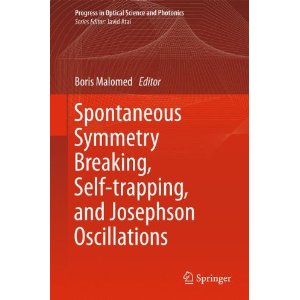
[3] Blas M. Rodríguez-Lara and RKL, "Classical dynamics of a two-species Bose-Einstein condensates in the presence of nonlinear master processes," Book chapter in "Spontaneous Symmetry Breaking, Self-trapping, and Josephson Oscillations," edited by Boris A. Malomed for the series in Progress in Optical Science and Photonics (Springer-Verlag Berlin Heidelburg, 2012) [Link].
[2] Blas M. Rodriguez-Lara and RKL, "Classical dynamics of a two-species condensate driven by a quantum field," Phys. Rev. E 84, 016225 (2011) [download].
[1] Blas M. Rodríguez-Lara and RKL, "Quantum phase transition of nonlinear light in the finite size Dicke Hamiltonian," J. Opt. Soc. Am. B 27, 2443 (2010); also selected in Virtual Journal of Quantum Information 10, Issue 12 (2010); and selected in Virtual Journal of Atomic Quantum Fluids 2, Issue 12 (2010) [download].
[1] Parvendra Kumar and RKL, "Sensitivity of sub-Planck structures of mesoscopically superposed coherent states to the thermal reservoirs induced decoherence," Opt. Comm. 394, 23 (2017) [download].
Mr. JingYu Ning (甯敬宇)
[4] Yi-Ru Chen, Hsien-Yi Hsieh, Jingyu Ning, Hsun-Chung Wu, Hua Li Chen, Zi-Hao Shi, Popo Yang, Ole Steuernagel, Chien-Ming Wu, and RKL, ""Generation of heralded optical cat states by photon addition," Phys. Rev. A 110, 023703 (2024); [download].
[3] Yi-Ru Chen, Hsien-Yi Hsieh, Jingyu Ning, Hsun-Chung Wu, Hua Li Chen, You-Lin Chuang, Popo Yang, Ole Steuernagel, Chien-Ming Wu, and RKL, "Experimental reconstruction of Wigner phase-space current," Phys. Rev. A 108, 023729 (2023); [download].
[2] Hsien-Yi Hsieh, Jingyu Ning, Yi-Ru Chen, Hsun-Chung Wu, Hua Li Chen, Chien-Ming Wu, and RKL, "Direct parameter estimations from machine-learning enhanced quantum state tomography," Special Issue "Quantum Optimization & Machine Learning"; Symmetry 14, 874 (2022); [download].
[1] Hsien-Yi Hsieh, Yi-Ru Chen, Hsun-Chung Wu, Hua Li Chen, Jingyu Ning, Yao-Chin Huang, Chien-Ming Wu, and RKL, "Extract the Degradation Information in Squeezed States with Machine Learning," Phys. Rev. Lett. 128, 073604 (2022); [download]. The first experimental paper from my own group.
Mr. Santiago Figueroa Manrique (培格洛)
[1] Yu-Han Chang, Nadia Daniela Rivera Torres, Santiago Figueroa Manrique, Raul A. Robles Robles, Vanna Chrismas Silalahi, Cen-Shawn Wu, Gang Wang, Giulia Marcucci, Laura Pilozzi, Claudio Conti, RKL, and Watson Kuo, "Probing topological protected transport in finite-sized Su-Schrieffer-Heeger chains," [arXiv: 2004.09282].
Mr. Hao-Yu Lu (呂浩宇)
[1] Jeng Yi Lee, Hao-Yu Lu, and RKL, "quot;Universal Law of Coiling for a Short Elastic Strip Contacting Within a Tube," [arXiv: 2303.08304].
Miss. Nadia Daniela Rivera Torres (妲妮拉)
[1] Yu-Han Chang, Nadia Daniela Rivera Torres, Santiago Figueroa Manrique, Raul A. Robles Robles, Vanna Chrismas Silalahi, Cen-Shawn Wu, Gang Wang, Giulia Marcucci, Laura Pilozzi, Claudio Conti, RKL, and Watson Kuo, "Probing topological protected transport in finite-sized Su-Schrieffer-Heeger chains," [arXiv: 2004.09282].
Dr. Yao-Chin Huang (黃耀欽)
[4] Naoki Aritomi, Yuhang Zhao, Eleonora Capocasa, Matteo Leonardi, Marc Eisenmann, Michael Page, Yuefan Guo, Eleonora Polini, Akihiro Tomura, Koji Arai, Yoichi Aso, Martin van Beuzekom, Yao-Chin Huang, RKL, Harald Luck, Osamu Miyakawa, Pierre Prat, Ayaka Shoda, Matteo Tacca, Ryutaro Takahashi, Henning Vahlbruch, Marco Vardaro, Chien-Ming Wu, Matteo Barsuglia, and Raffaele Flaminio, "Demonstration of length control for a filter cavity with coherent control sidebands," Phys. Rev. D 106, 102003 (2022); [download].
[3] Yuhang Zhao, Eleonora Capocasa, Marc Eisenmann, Naoki Aritomi, Michael Page, Yuefan Guo, Eleonora Polini, Koji Arai, Yoichi Aso, Martin van Beuzekom, Yao-Chin Huang, RKL, Harald Luck, Osamu Miyakawa, Pierre Prat, Ayaka Shoda, Matteo Tacca, Ryutaro Takahashi, Henning Vahlbruch, Marco Vardaro, Chien-Ming Wu, Matteo Leonardi, Matteo Barsuglia, and Raffaele Flaminio, "Improving the stability of frequency dependent squeezing with bichromatic control of filter cavity length, alignment, and incident beam pointing," Phys. Rev. D 105, 082003 (2022); [download].
[2] Hsien-Yi Hsieh, Yi-Ru Chen, Hsun-Chung Wu, Hua Li Chen, Jingyu Ning, Yao-Chin Huang, Chien-Ming Wu, and RKL, "Extract the Degradation Information in Squeezed States with Machine Learning," Phys. Rev. Lett. 128, 073604 (2022); [download]. The first experimental paper from my own group.

[1] Yuhang Zhao, Naoki Aritomi, Eleonora Capocasa, Matteo Leonardi, Marc Eisenmann, Yuefan Guo, Eleonora Polini, Akihiro Tomura, Koji Arai, Yoichi Aso, Yao-Chin Huang , RKL, Harald Luck, Osamu Miyakawa, Pierre Prat, Ayaka Shoda, Matteo Tacca, Ryutaro Takahashi, Henning Vahlbruch, Marco Vardaro, Chien-Ming Wu, Matteo Barsuglia, and Raffaele Flaminio, "Frequency-dependent squeezed vacuum source for broadband quantum noise reduction in advanced gravitational-wave detectors," Phys. Rev. Lett. 124, 171101 (2020) [download]; Editors' Suggestion; Featured in Physics [download].
LVK Collaboration Papers
Dr. Chun-Yan Lin (林俊延)
[8] Jen-Hsu Chang, Chun-Yan Lin, and RKL, "Interplay between intensity-dependent dispersion and Kerr nonlinearity on the soliton formation," Opt. Lett. 48, 4249 (2023); [download].
[7] Jen-Hsu Chang, Chun-Yan Lin, and RKL, "Quantum harmonic oscillators with nonlinear effective masses in the weak density approximation," Physica Scripta 97, 025205 (2022); [download].
[6] Chun-Yan Lin, Giulia Marcucci, You-Lin Chuang, Gang Wang, Claudio Conti, and RKL, "Multidimensional topological strings by curved potentials: Simultaneous realization of mobility edge and topological protection," OSA Continuum 4, 315 (2021); [download].
[5] Chun-Yan Lin, Jen-Hsu Chang, Gershon Kurizki, and RKL, "Solitons supported by intensity-dependent dispersion," Opt. Lett. 45, 1471 (2020) [download].
[4] Ray-Ching Hong, Chun-Yan Lin, You-Lin Chuang, Chien-Ming Wu, Yonan Su, Jeng Yi Lee, Chien-Chung Jeng, Ming-Feng Shih, and RKL, "Resonance in modulation instability from non-instantaneous nonlinearities," Opt. Lett. 43, 3329 (2018) [download].
[3] Xing-You Chen, You-Lin Chuang, Chun-Yan Lin, Chien-Ming Wu, Yongyao Li, Boris A. Malomed, and RKL, "Magic tilt angle for stabilizing two-dimensional solitons by dipole-dipole interactions," Phys. Rev. A 96, 043631 (2017) [download].
[2] Kou-Bin Hong, Chun-Yan Lin, Tsu-Chi Chang, Wei-Hsuan Liang, Ying-Yu Lai, Chien-Ming Wu, You-Lin Chuang, Tien-Chang Lu, Claudio Conti, and RKL, "Lasing on nonlinear localized waves in curved geometry," Optics Express 25, 29068 (2017) [download].
[1] Yonan Su, Chun-Yan Lin, Ray-Ching Hong, Wen-Xing Yang, Chien-Chung Jeng, Tien-Chang Lu, and RKL, "Lasing on surface states in vertical-cavity surface-emission lasers," Opt. Lett. 39, 5582 (2014) [download].
Dr. Raul A. Robles-Robles (羅爾)
[3] Yu-Han Chang, Nadia Daniela Rivera Torres, Santiago Figueroa Manrique, Raul A. Robles Robles, Vanna Chrismas Silalahi, Cen-Shawn Wu, Gang Wang, Giulia Marcucci, Laura Pilozzi, Claudio Conti, RKL, and Watson Kuo, "Probing topological protected transport in finite-sized Su-Schrieffer-Heeger chains," [arXiv: 2004.09282].
[2] Raul A. Robles Robles and RKL, "Quantum phase transition of a finite number of atoms in electromagnetically induced transparency media," J. Opt. Soc. Am. B 37, 1388 (2020) [download].
[1] Raul A. Robles Robles, S. A. Chilingaryan, B. M. Rodriguez-Lara, and RKL, "Ground state in the finite Dicke model for interacting qubits," Phys. Rev. A 91, 033819 (2015); Images also selected as the Kaleidoscope in Phys. Rev. A [download].
Mr. Chung-Yun Hsieh (謝忠耘)
[2]
Chung-Yun Hsieh and RKL, "Work extraction and fully entangled
fraction," Phys. Rev. A 96, 012107 (2017) [download]; Phys. Rev. A
97, 059904(E) (2018) [Erratum].
[1]
Chung-Yun Hsieh, Yeong-Cherng Liang, and RKL, "Quantum steerability:
Characterization, quantification, superactivation, and unbounded amplification,"
Phys. Rev. A 94, 062120 (2016) [download].
Dr. Ludmila Praxmeyer (盧迪米雅)
[2] Ludmila Praxmeyer, Chih-Cheng Chen, Popo Yang, Shang-Da Yang, and
RKL, "Direct measurement of time-frequency analogs of sub-Planck structures,"
Phys. Rev. A 93, 053835 (2016) [download].
[1] Ludmila Praxmeyer, Popo Yang, and RKL, "Phase-space
representation of a non-Hermitian system with PT-symmetry," Phys. Rev. A
93, 042122 (2016) [download].
Dr. Qing Xu (徐清)
Dr. Ray-Ching Hong (洪瑞慶)
[5] Ray-Ching Hong, Chun-Yan Lin, You-Lin Chuang, Chien-Ming Wu, Yonan
Su, Jeng Yi Lee, Chien-Chung Jeng, Ming-Feng Shih, and RKL, "Resonance in modulation instability
from non-instantaneous nonlinearities," Opt. Lett. 43, 3329
(2018) [download].
[4] Ming Shen, Yonan Su, Ray-Ching Hong, YuanYao Lin, Chien-Chung Jeng,
Min-Feng Shih, and RKL, "Observation of phase boundaries in spontaneous optical pattern
formation," Phys. Rev. A 91, 023810 (2015) [download].
[3] Chien-Chung Jeng, Yonan Su, Ray-Ching Hong, and RKL, "Control
modulation instability in photorefractive crystals by the intensity ratio of background to signal
fields," Optics Express 23, 10266 (2015) [download].
[2] Yonan Su, Chun-Yan Lin, Ray-Ching Hong, Wen-Xing Yang, Chien-Chung
Jeng, Tien-Chang Lu, and RKL "Lasing on surface states in vertical-cavity surface-emission
lasers," Opt. Lett. 39, 5582 (2014) [download].
[1] Chien-Chung Jeng, YuanYao Lin, Ray-Ching Hong, and RKL, "Optical Pattern Transitions from Modulation to Transverse
Instabilities in Photorefractive Crystals," Phys. Rev. Lett. 102, 153905 (2009) [download].
Dr. Yonan Su (蘇佑男)
[4] Ray-Ching Hong, Chun-Yan Lin, You-Lin Chuang, Chien-Ming Wu, Yonan Su
, Jeng Yi Lee, Chien-Chung Jeng, Ming-Feng Shih, and RKL, "Resonance in
modulation instability from non-instantaneous nonlinearities," Opt. Lett.
43, 3329 (2018) [download].
[3] Ming Shen, Yonan Su, Ray-Ching Hong, YuanYao Lin, Chien-Chung Jeng,
Min-Feng Shih, and RKL, "Observation of phase boundaries in spontaneous optical pattern
formation," Phys. Rev. A 91, 023810 (2015) [download].
[2] Chien-Chung Jeng, Yonan Su, Ray-Ching Hong, and RKL, "Control modulation instability in
photorefractive crystals by the intensity ratio of background to signal fields,"
Optics Express 23, 10266 (2015) [download].
[1] Yonan Su, Chun-Yan Lin, Ray-Ching Hong, Wen-Xing
Yang, Chien-Chung Jeng, Tien-Chang Lu, and RKL "Lasing on surface states in vertical-cavity surface-emission lasers," Opt. Lett. 39, 5582 (2014) [download].
Dr. Yi-Chan Lee (李易展)
[2] Yi-Chan Lee, Jibing Liu, You-Lin Chuang, Min-Hsiu Hsieh, and RKL, "Passive PT-symmetric couplers without complex optical potentials," Phys. Rev. A 92, 053815 (2015) [download].

[1] Yi-Chan Lee, Min-Hsiu Hsieh, Steven T. Flemmia, and RKL, "Local PT symmetry violates the no-signaling principle," Phys. Rev. Lett. 112, 130404 (2014) [download]; Editors' Suggestion; Featured in Physics: Reflecting on an Alternative Quantum Theory. [link]
Dr. Kuan-Hsien Kuo (郭冠賢)
[2] Kuan-Hsien Kuo, YuanYao Lin, and RKL, "Thresholdless crescent
waves in an elliptical ring," Opt. Lett. 38, 1077 (2013) [download].
[1] Kuan-Hsien Kuo, YuanYao Lin, RKL, and Boris A. Malomed,"Gap
solitons under competing local and nonlocal nonlinearities," Phys. Rev. A
83, 053838 (2011) [download].
Dr. Soi-Chan Lei (李瑞珍)
[3] Soi-Chan Lei, Tai-Kai Ng, and RKL, "Photonic analogue of Josephson effect in a dual-species optical-lattice cavity," Optics Express 18, 14586 (2010) [download].

[2] Soi-Chan Lei and RKL, "Quantum Phase Transitions of Light for Two-level Atoms," Optics and Photonics News Dec., 44 Optics in 2008: Quantum Phase Transitions of Light for Two-level Atoms [download].
[1] Soi-Chan Lei and RKL, "Quantum Phase Transitions of Light in the Dicke-Bose-Hubbard model," Phys. Rev. A 77, 033827 (2008)[download].
